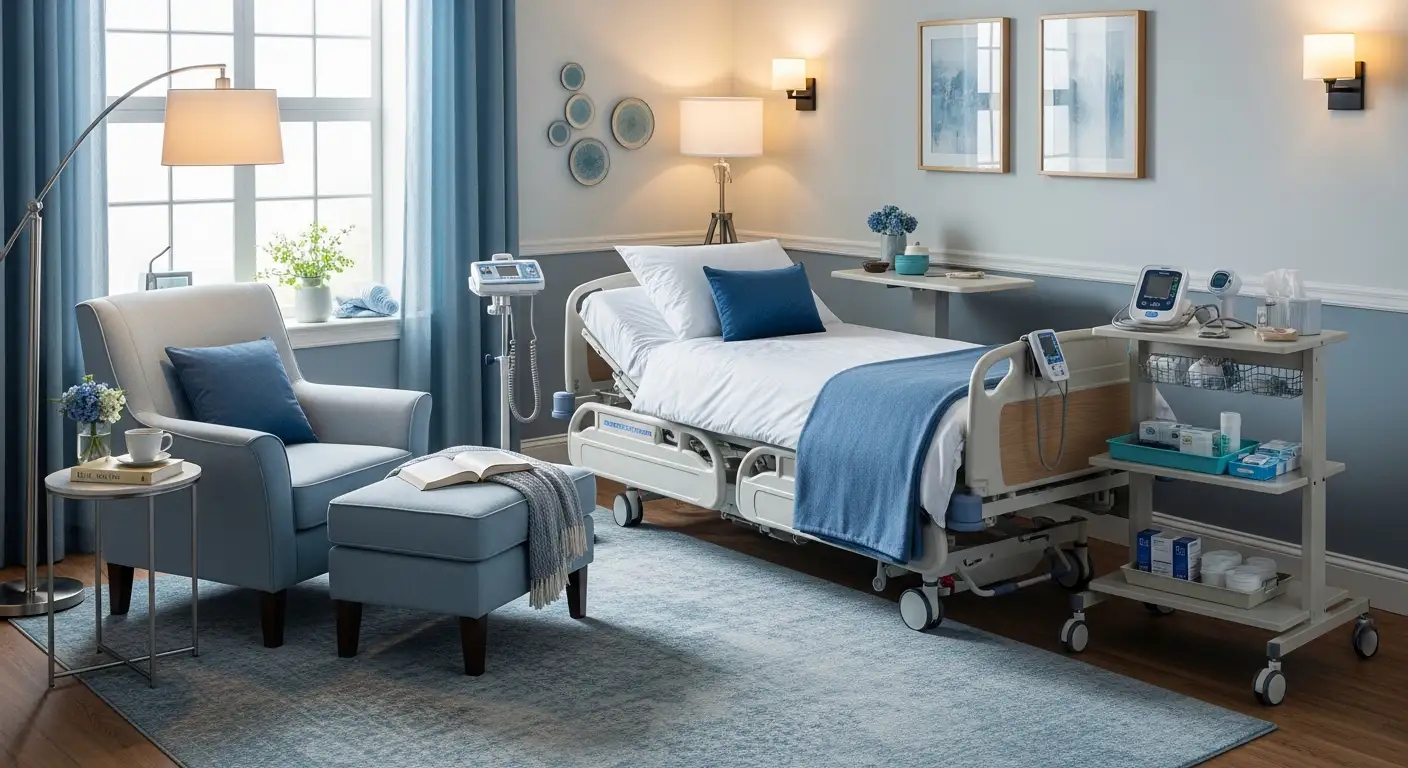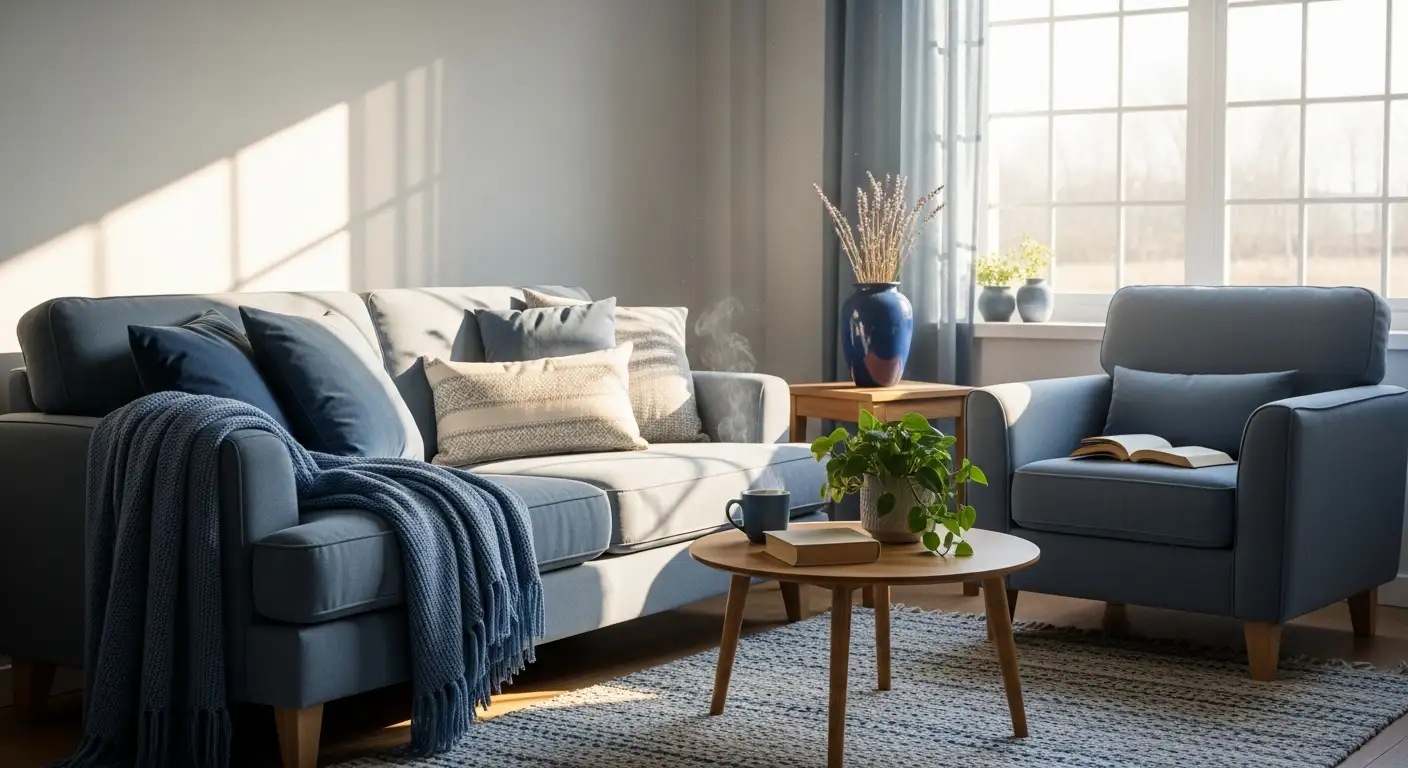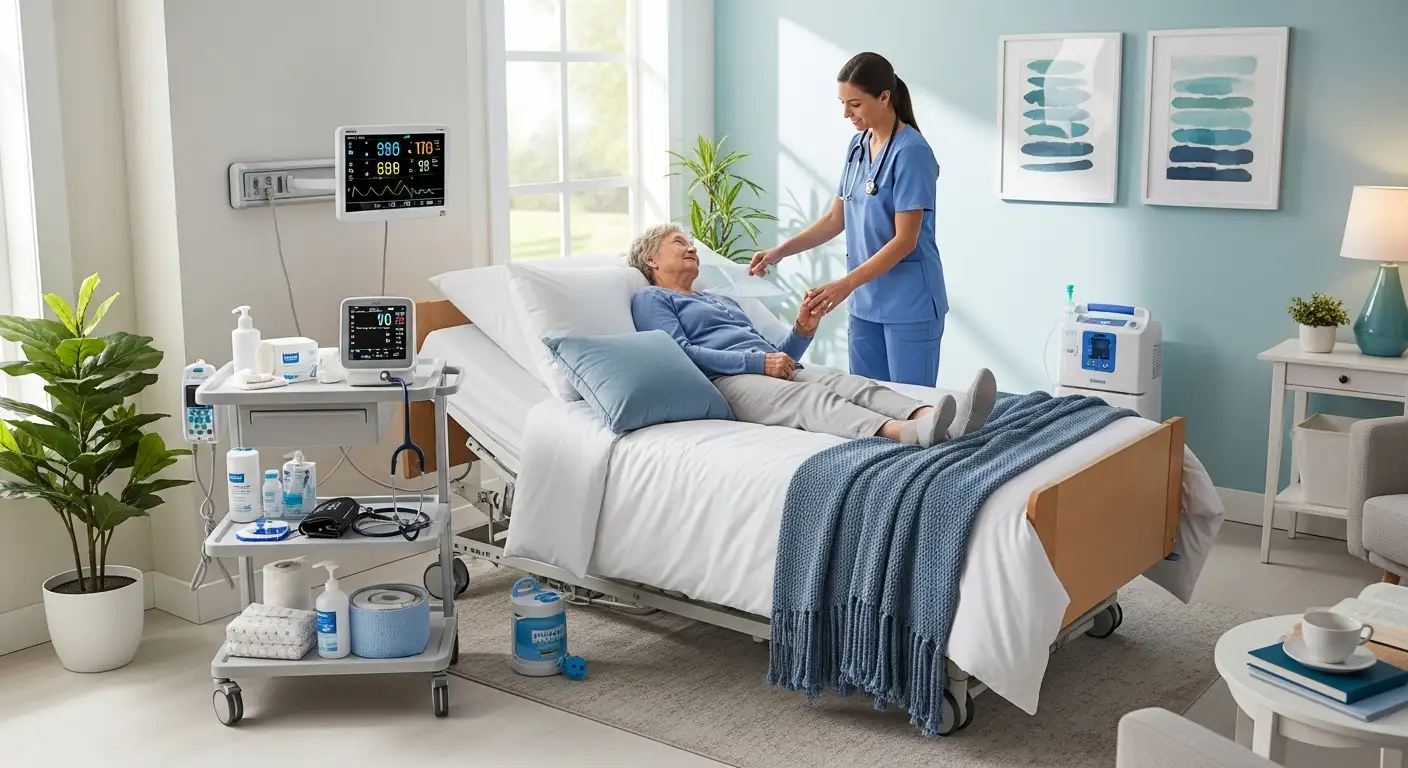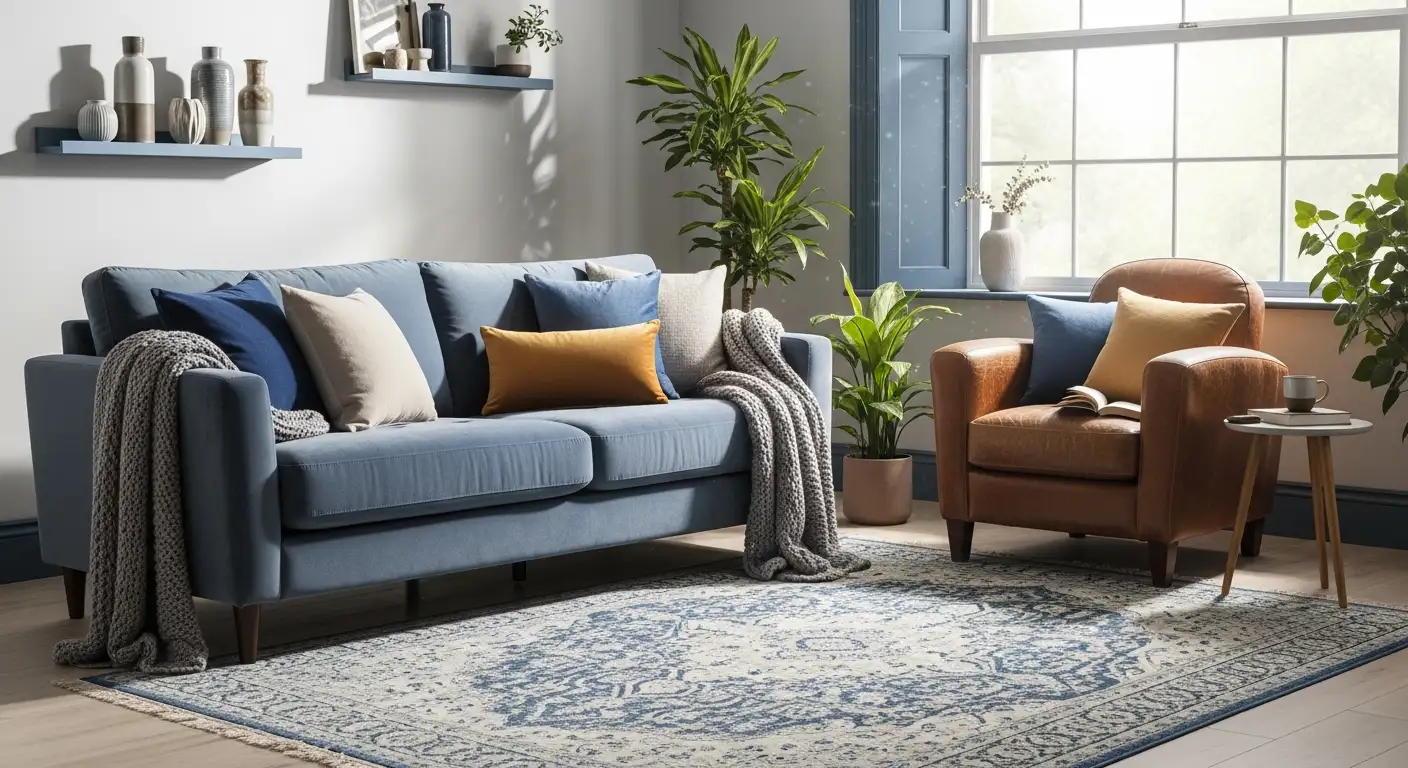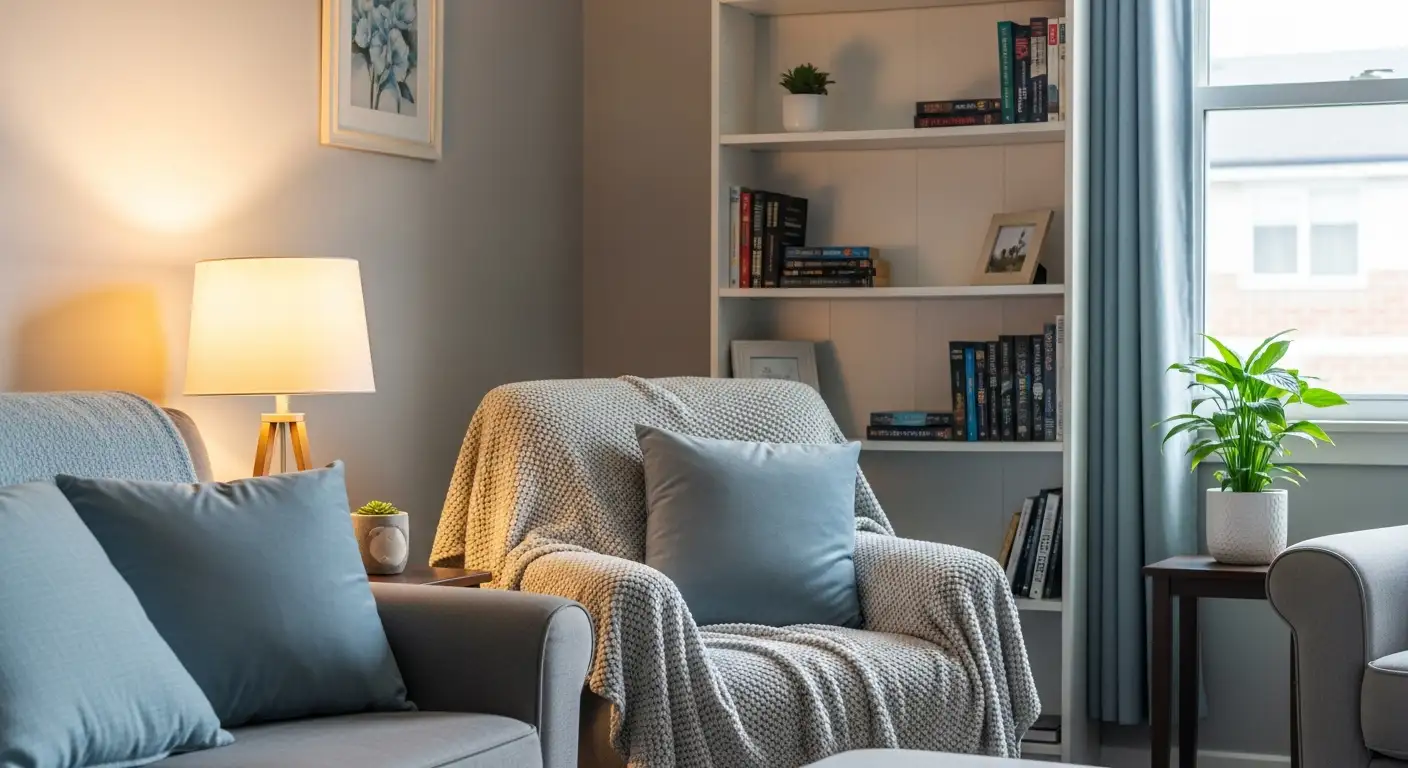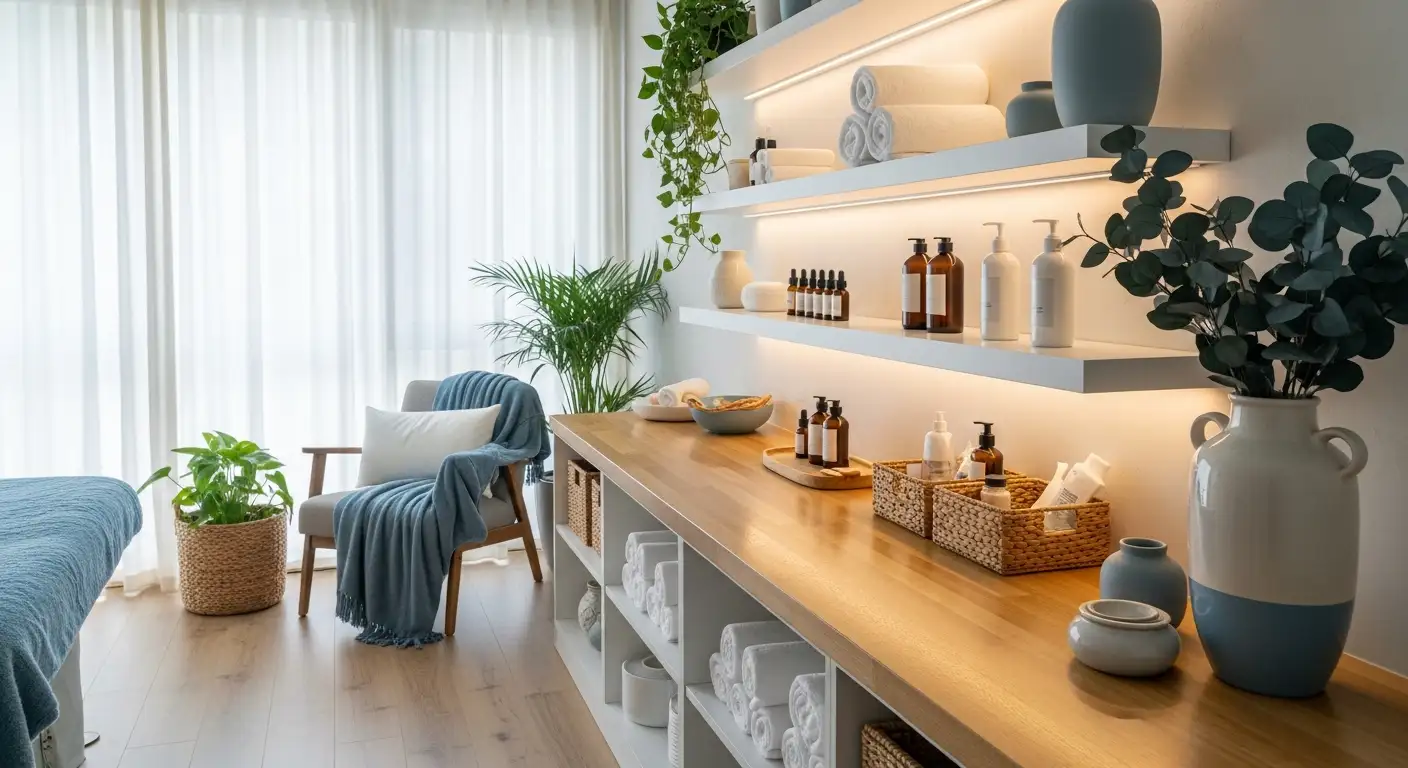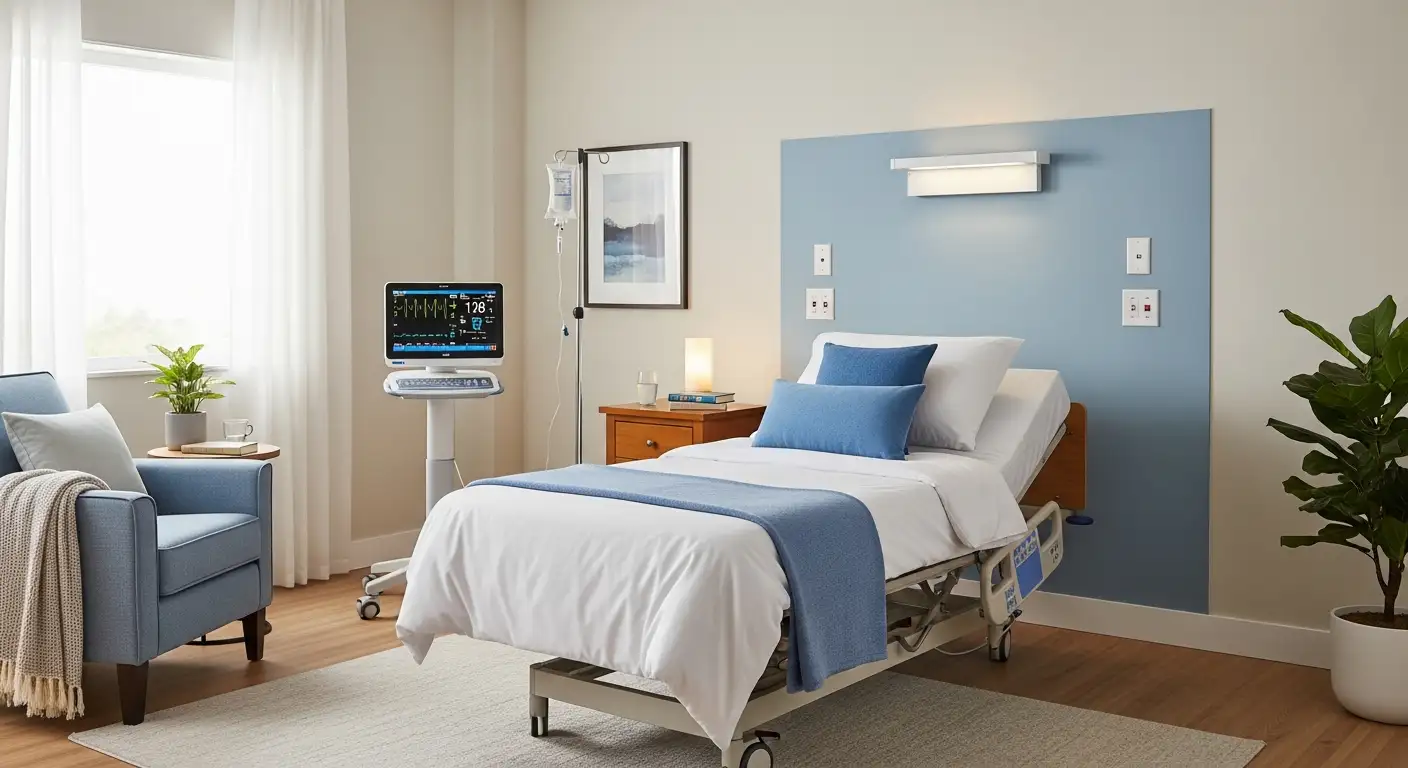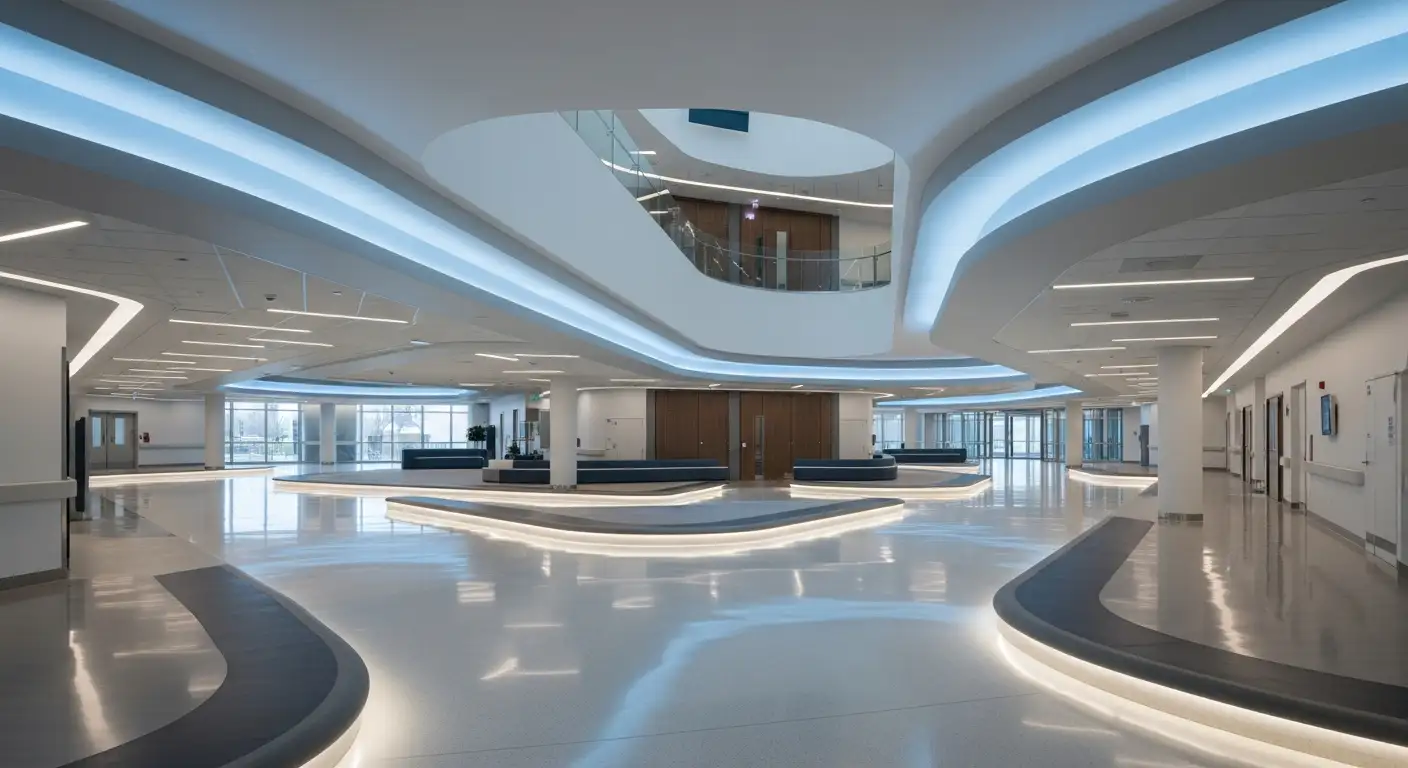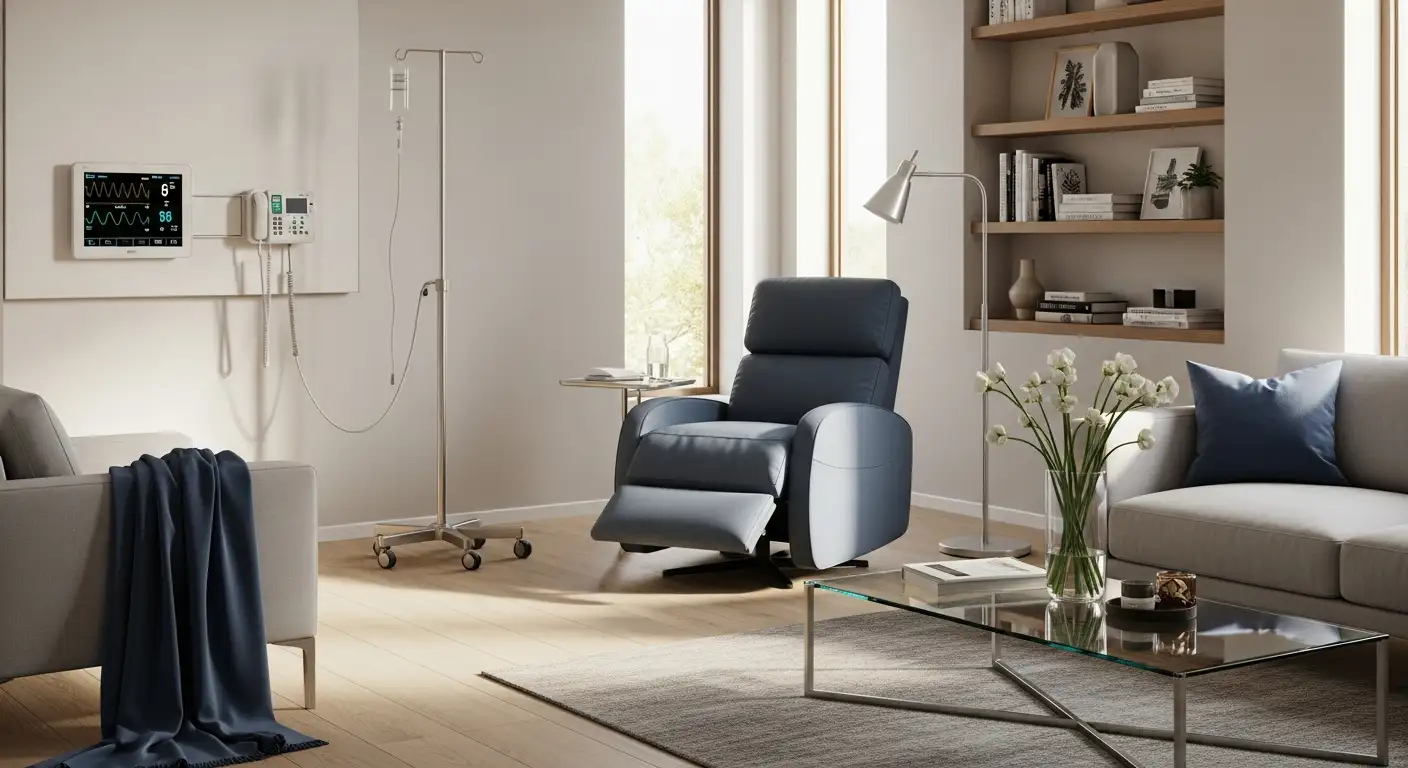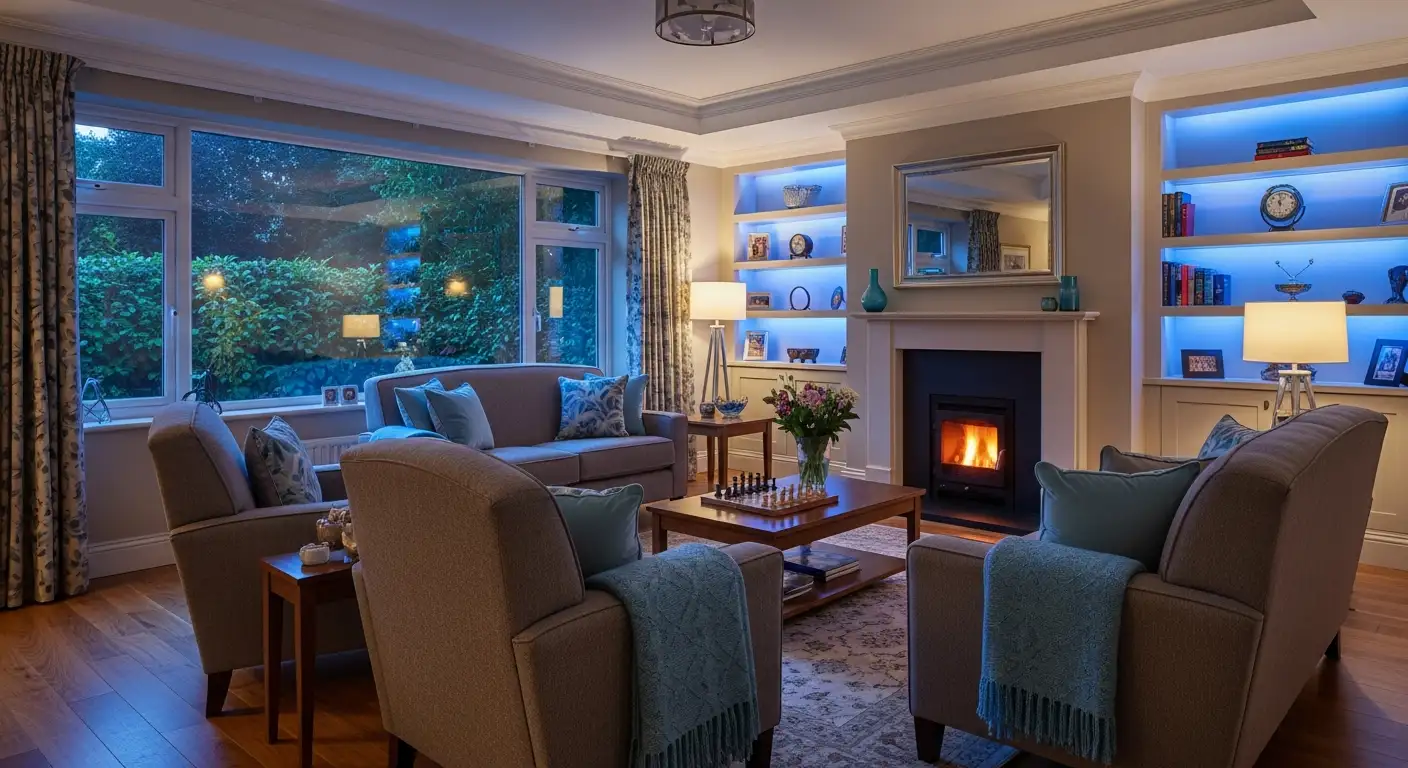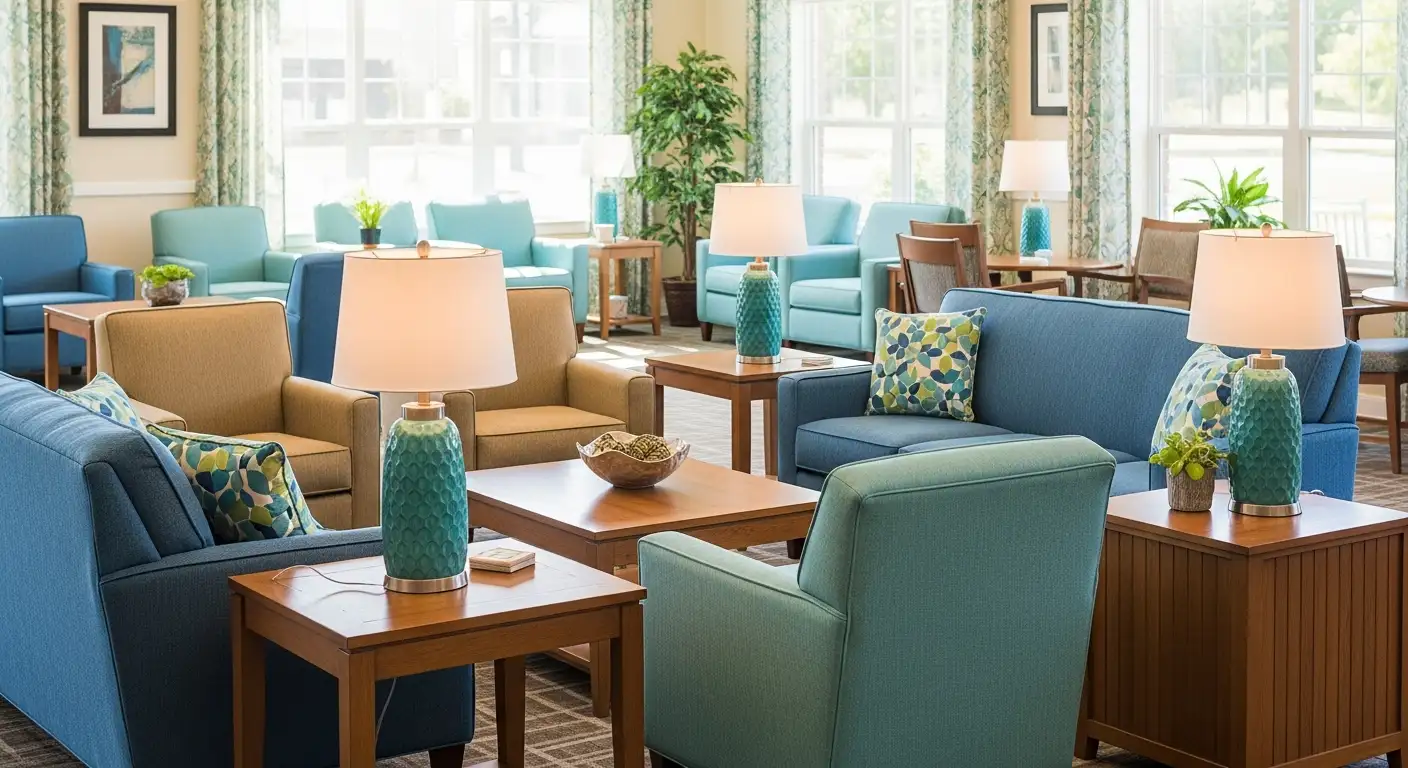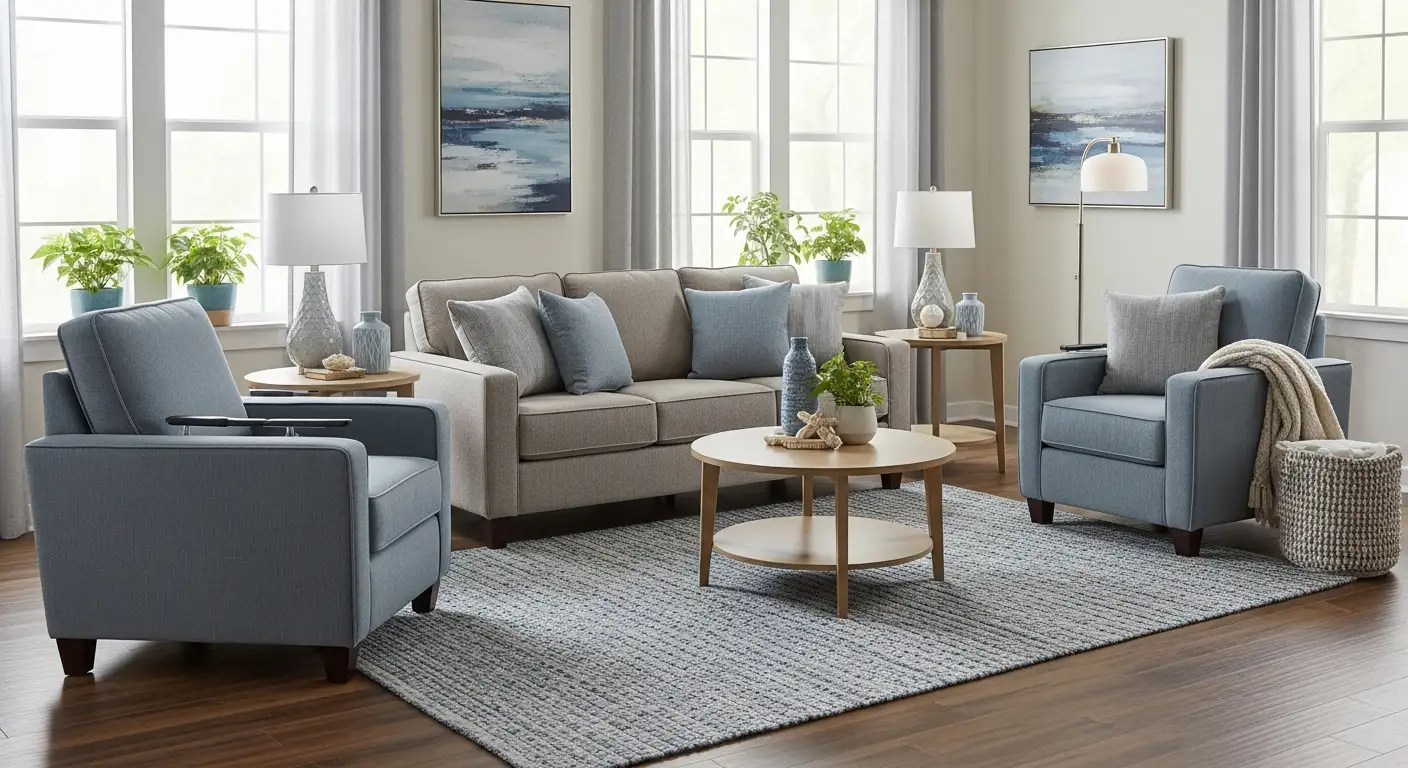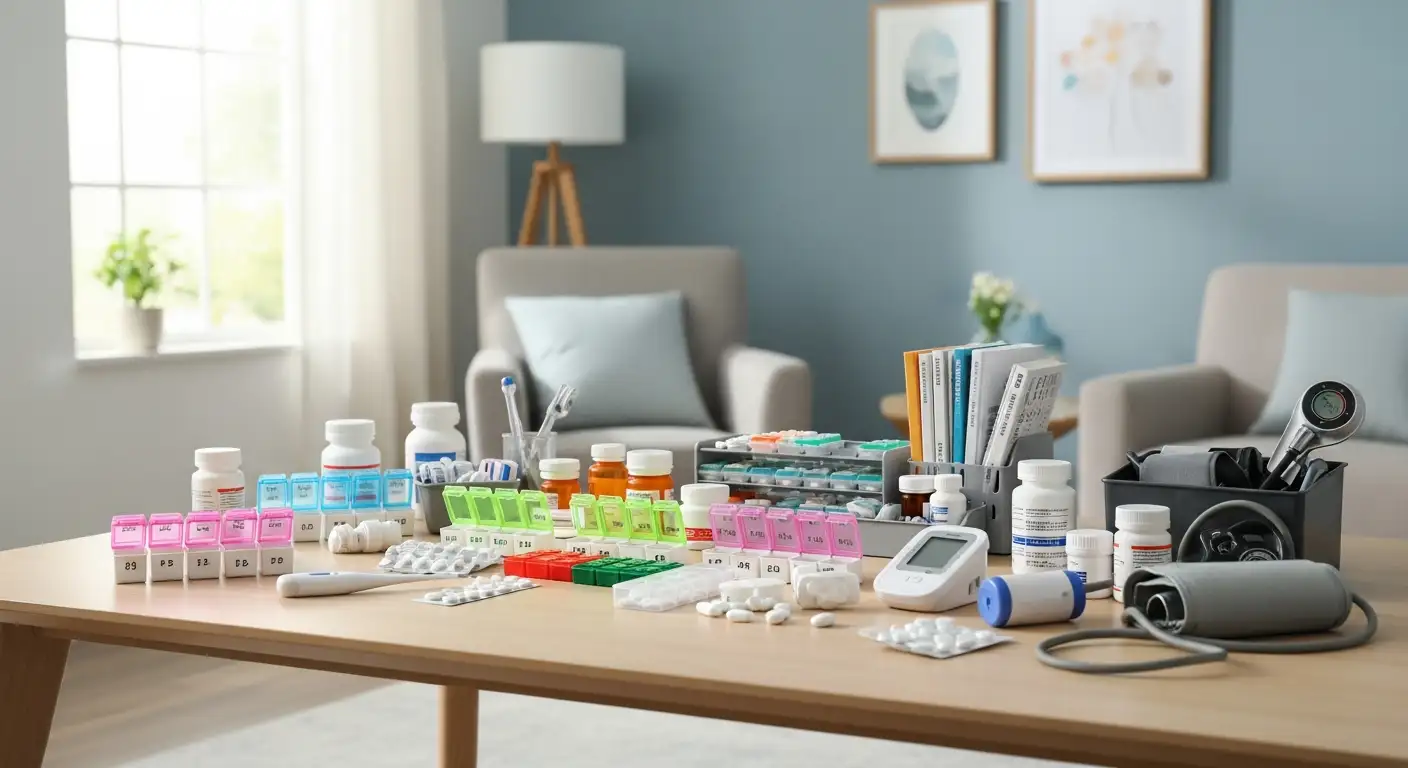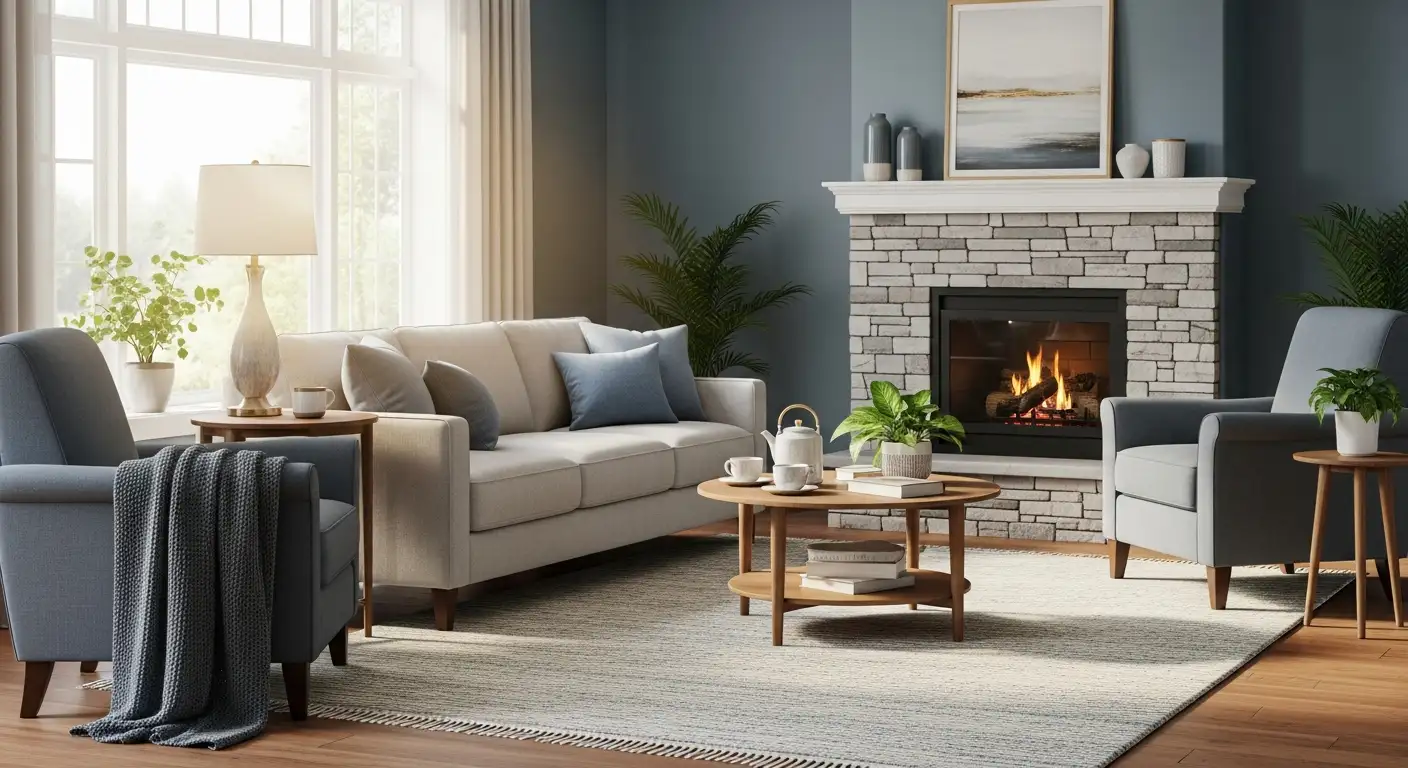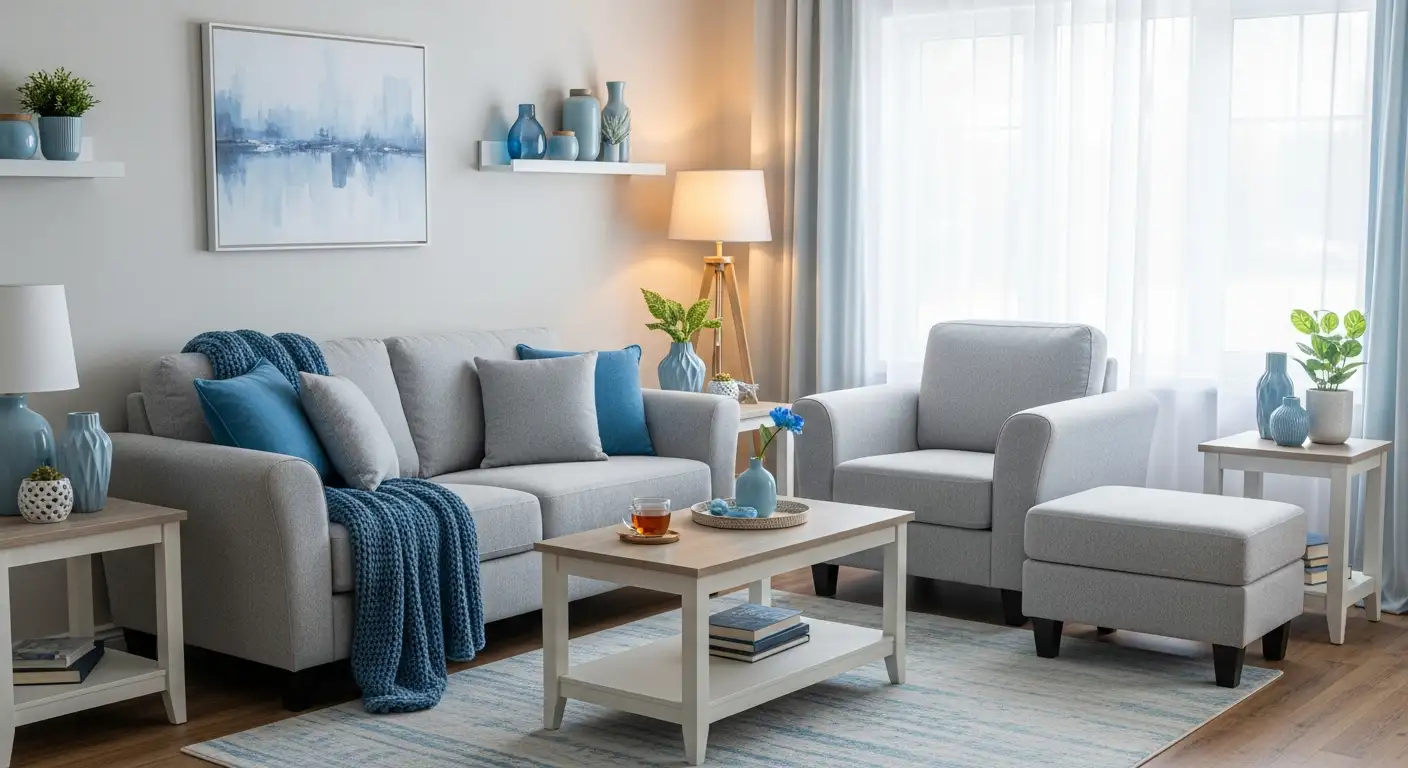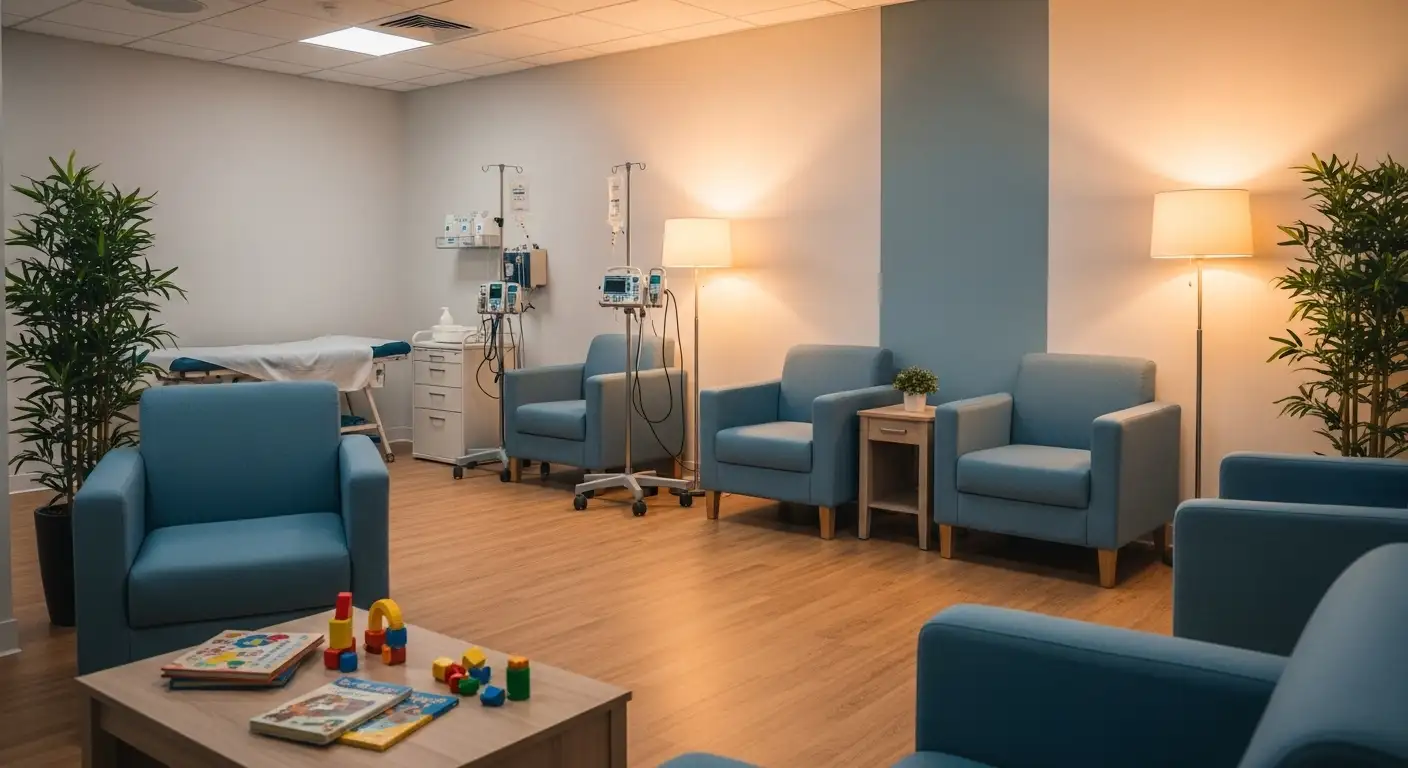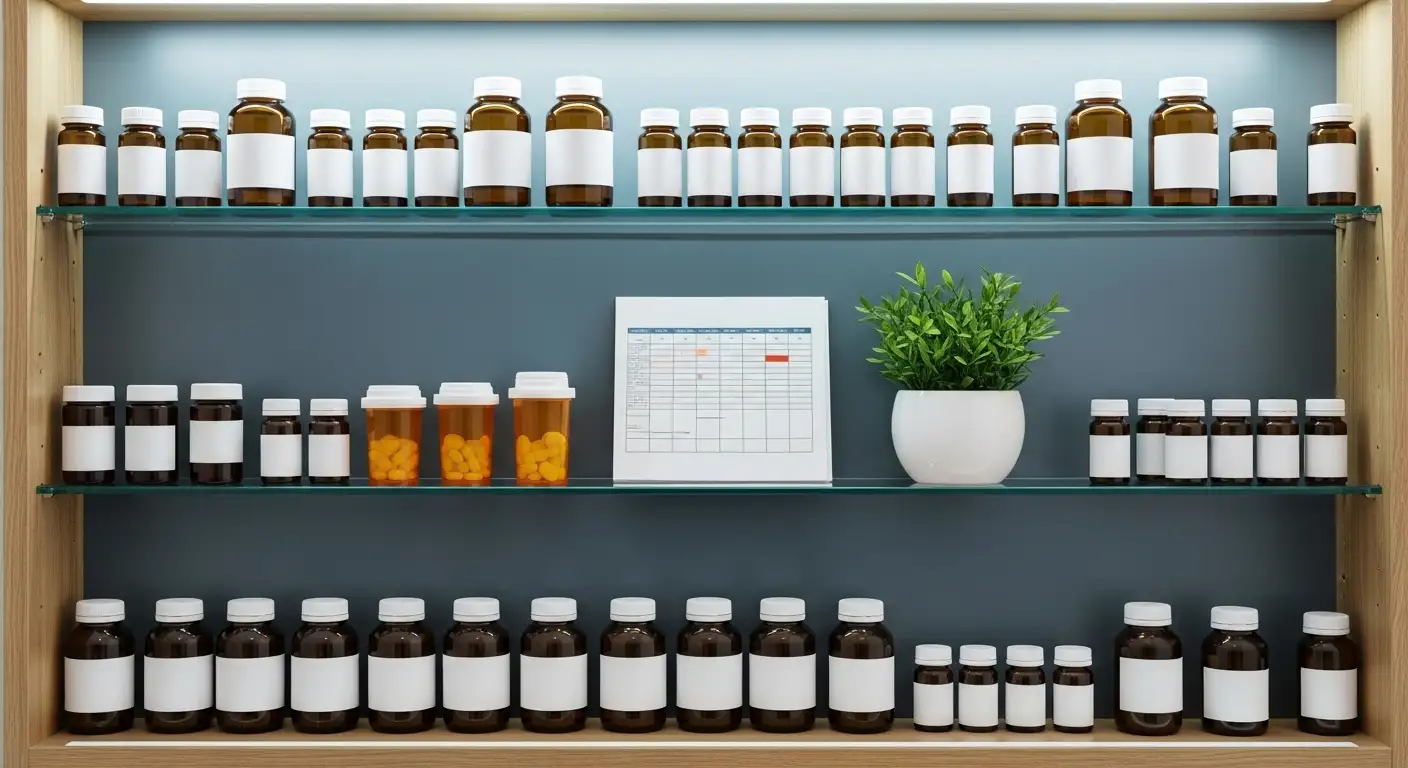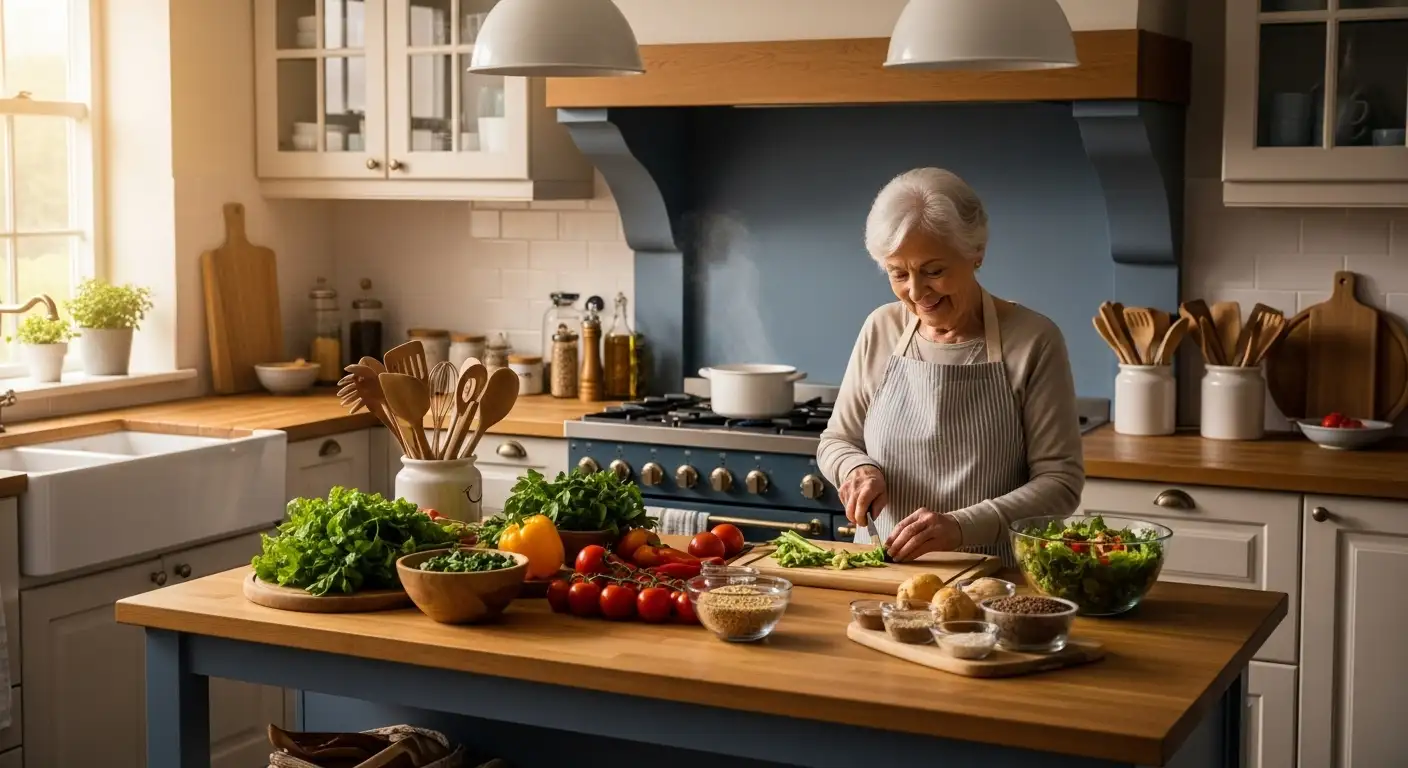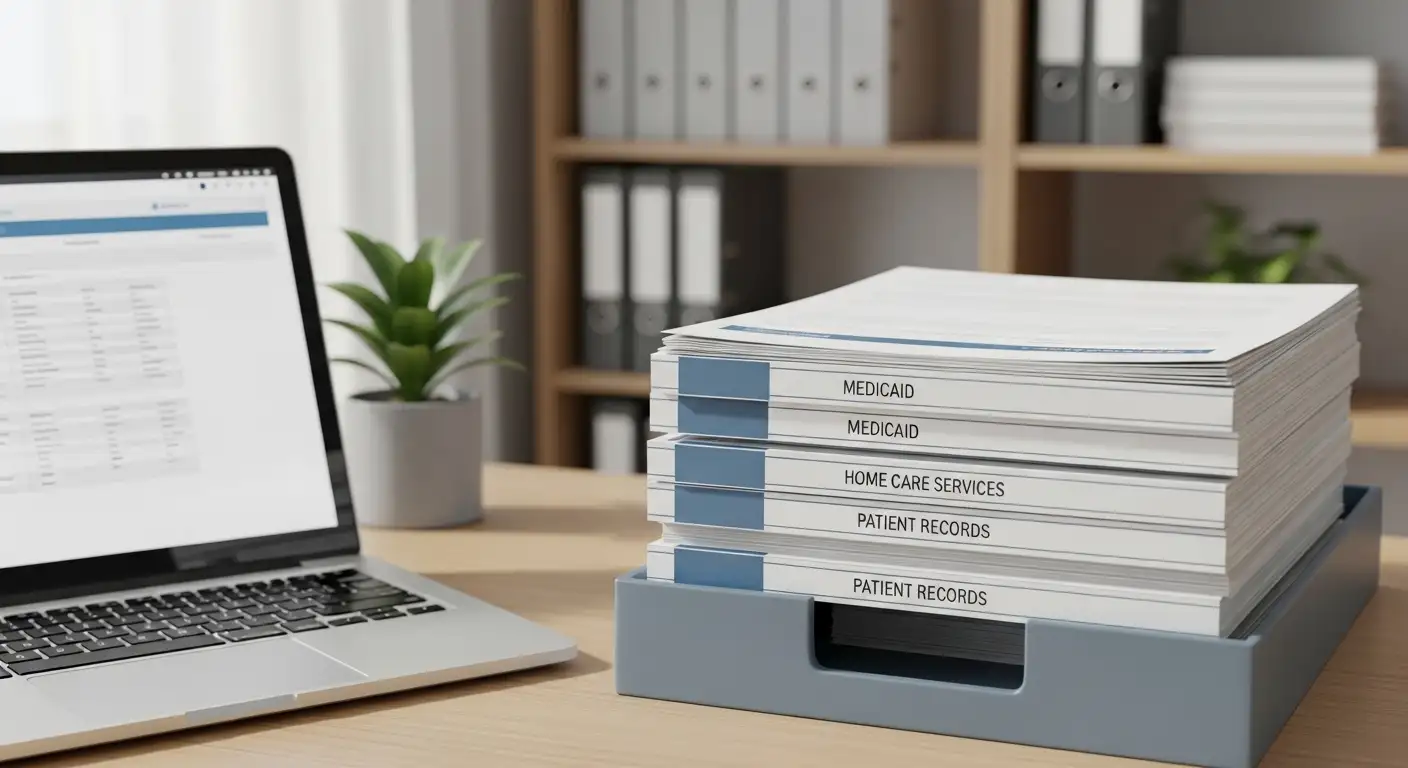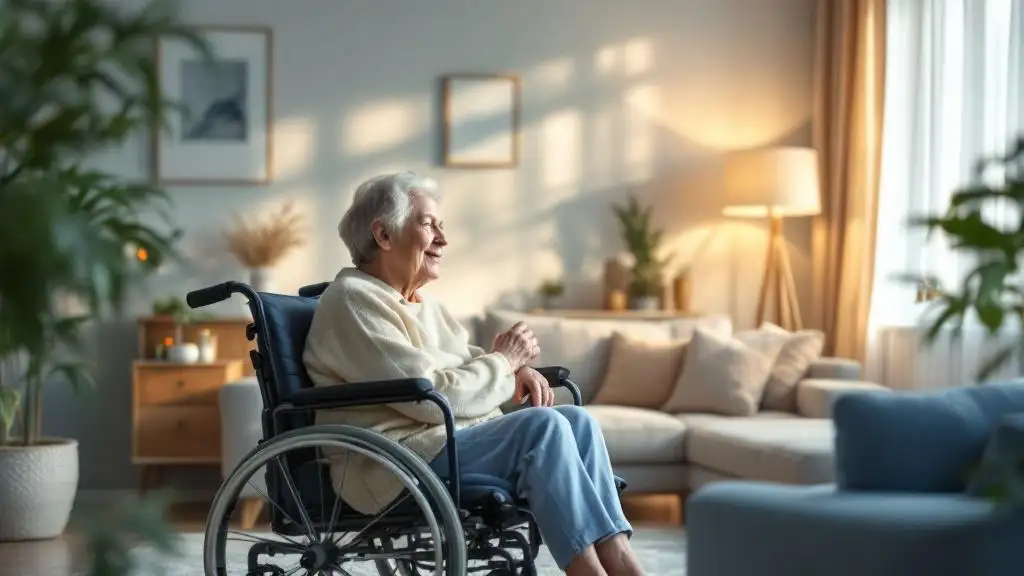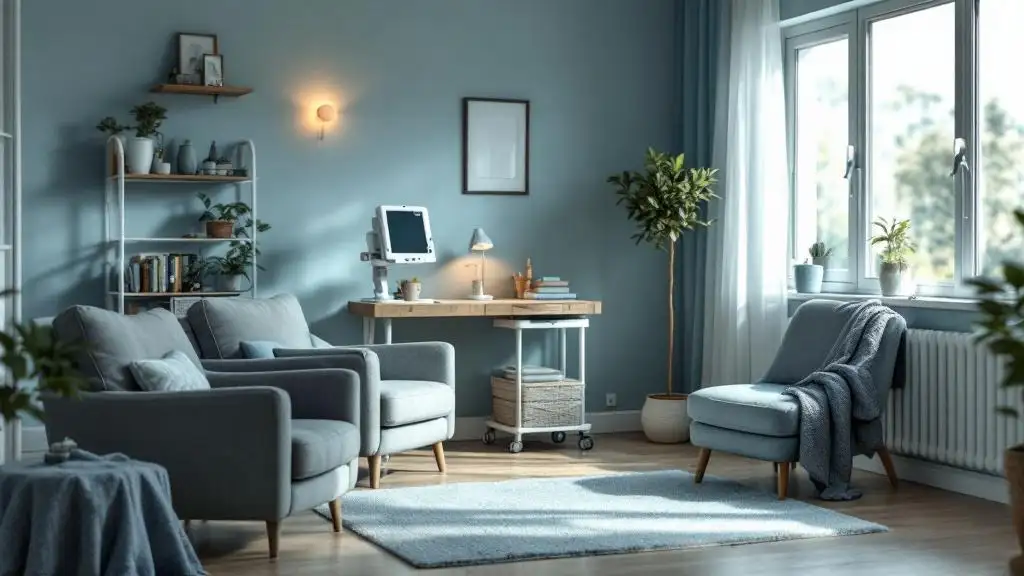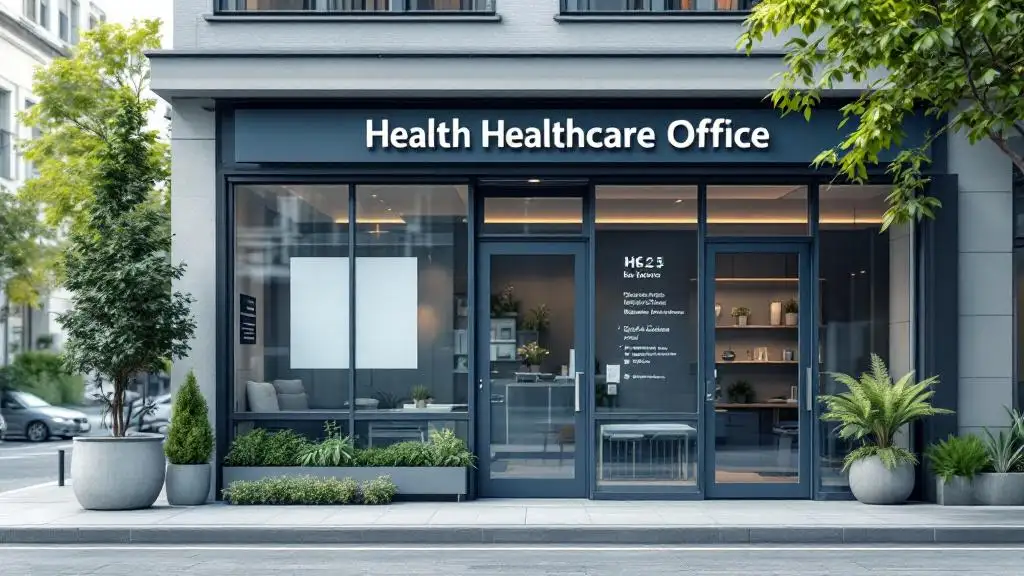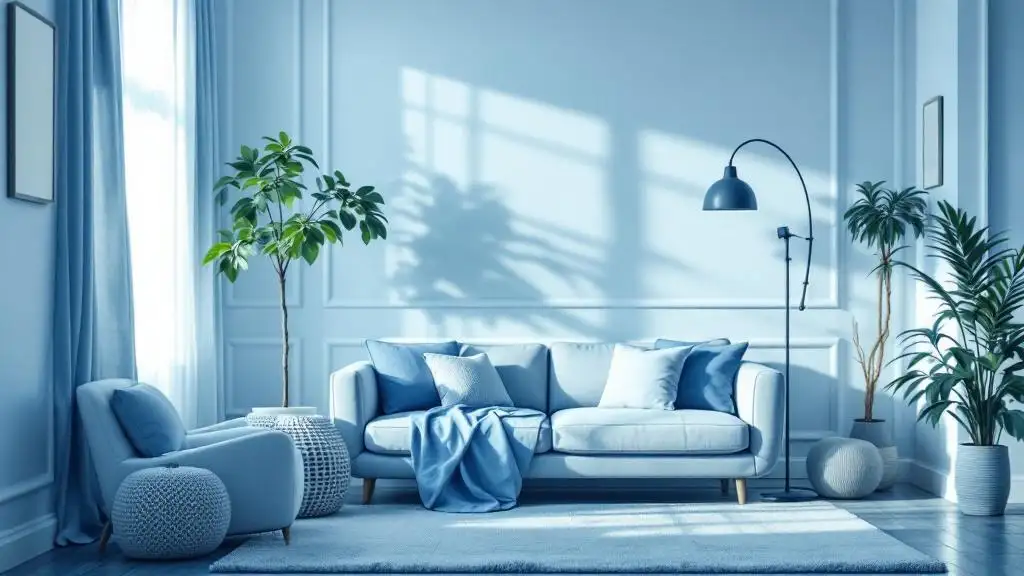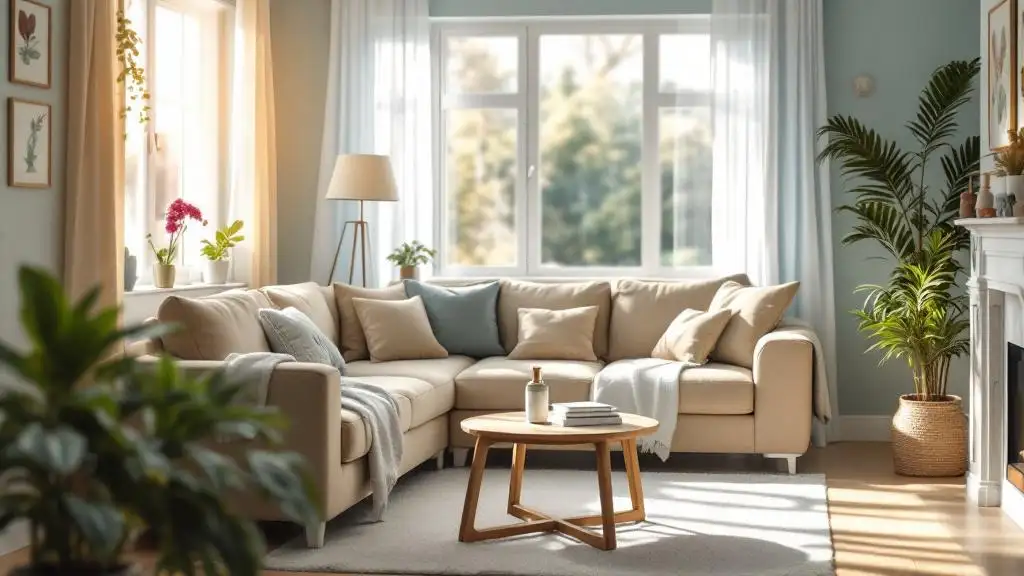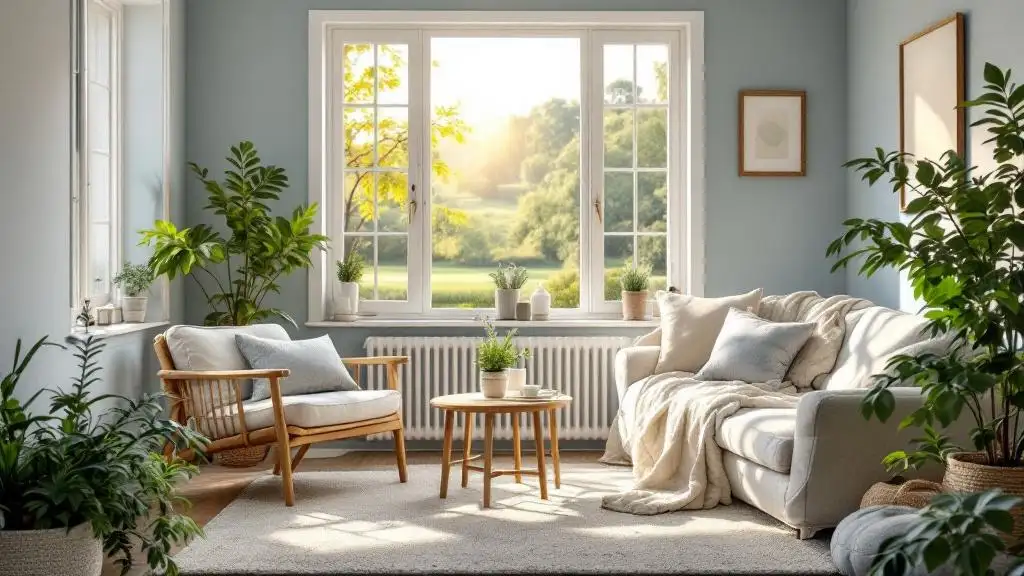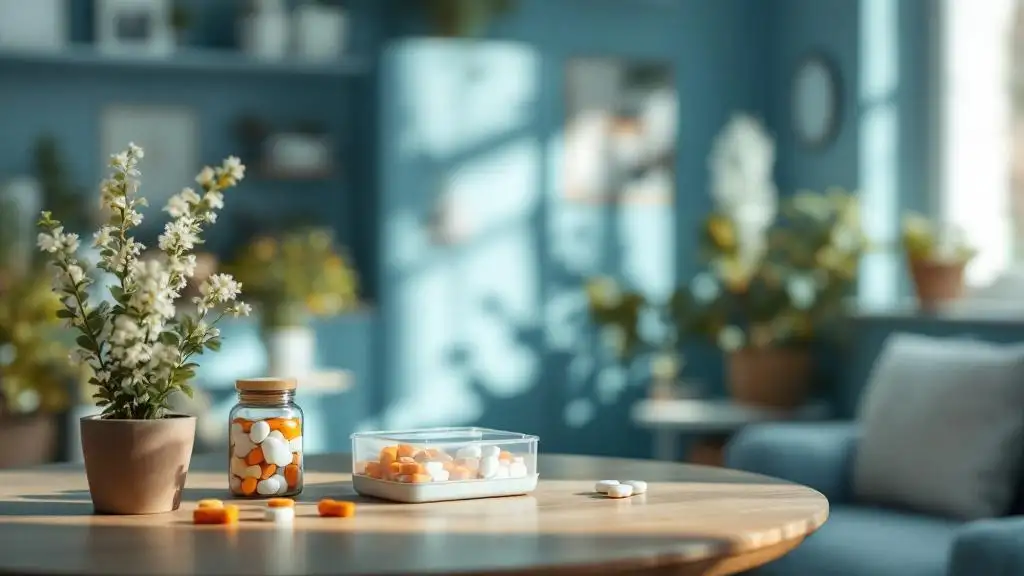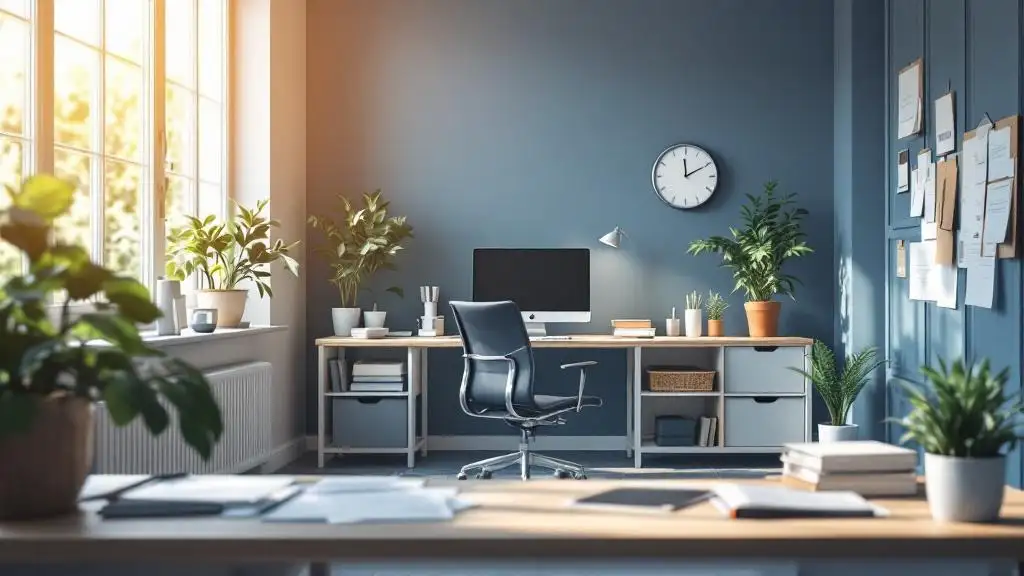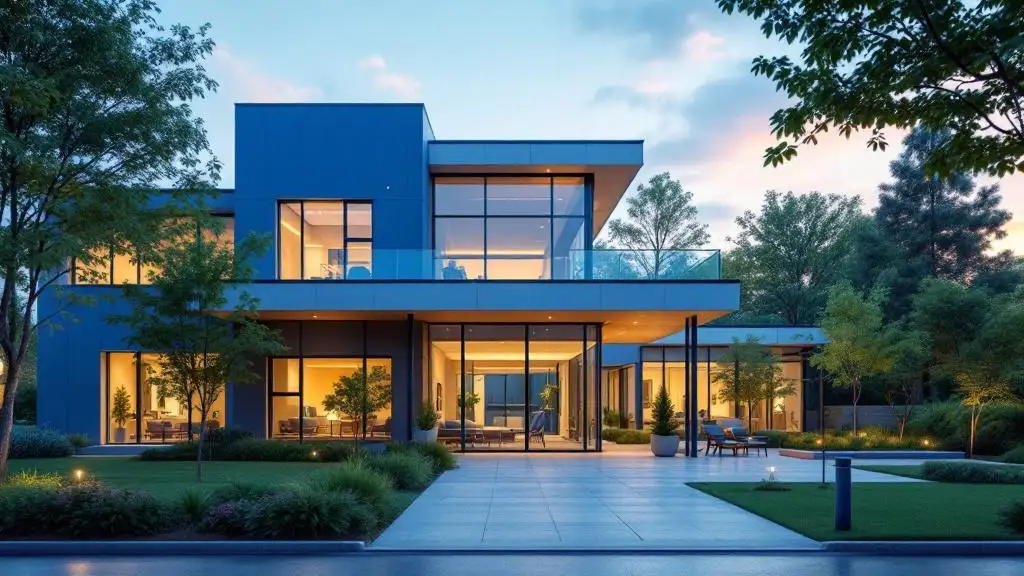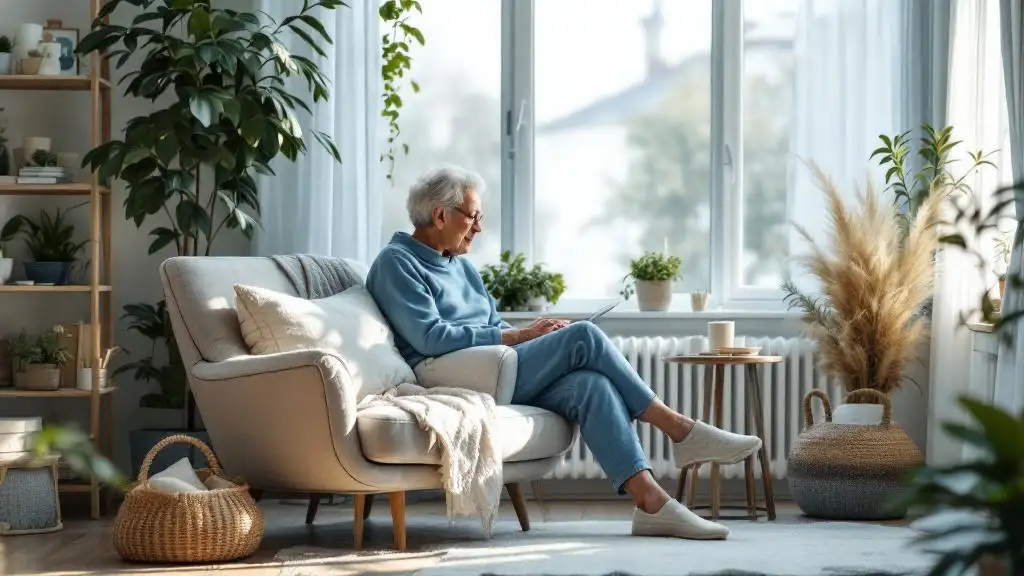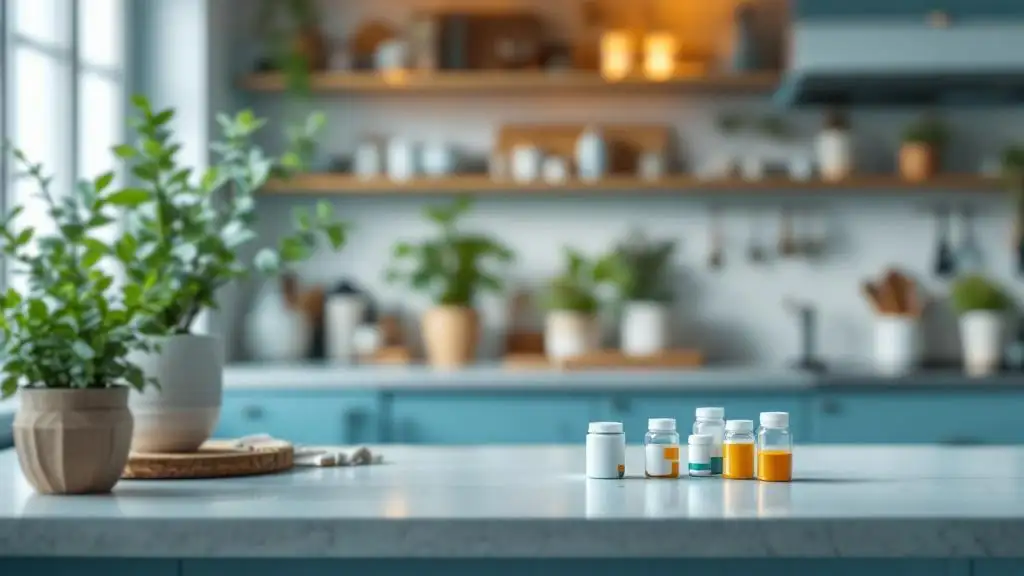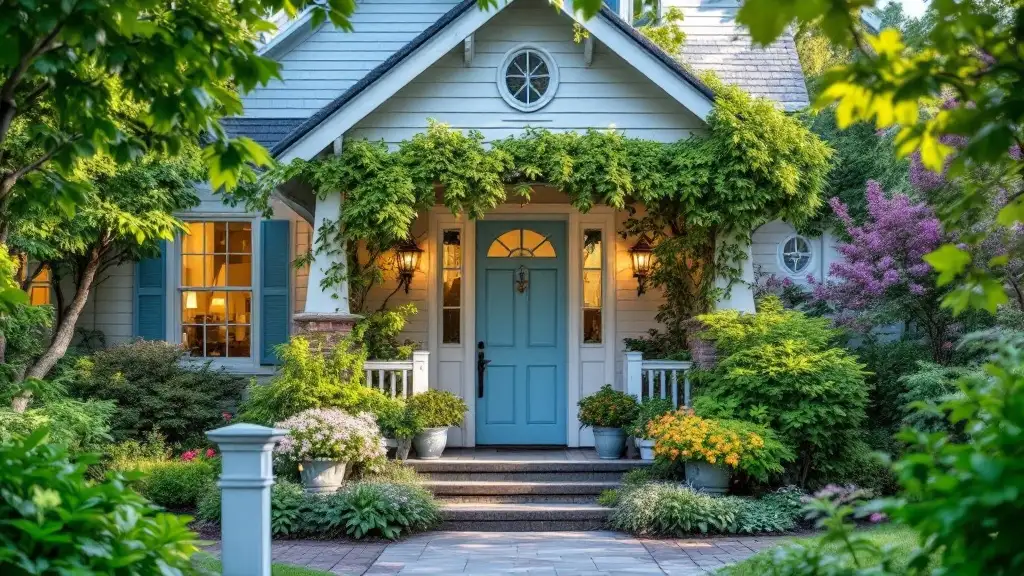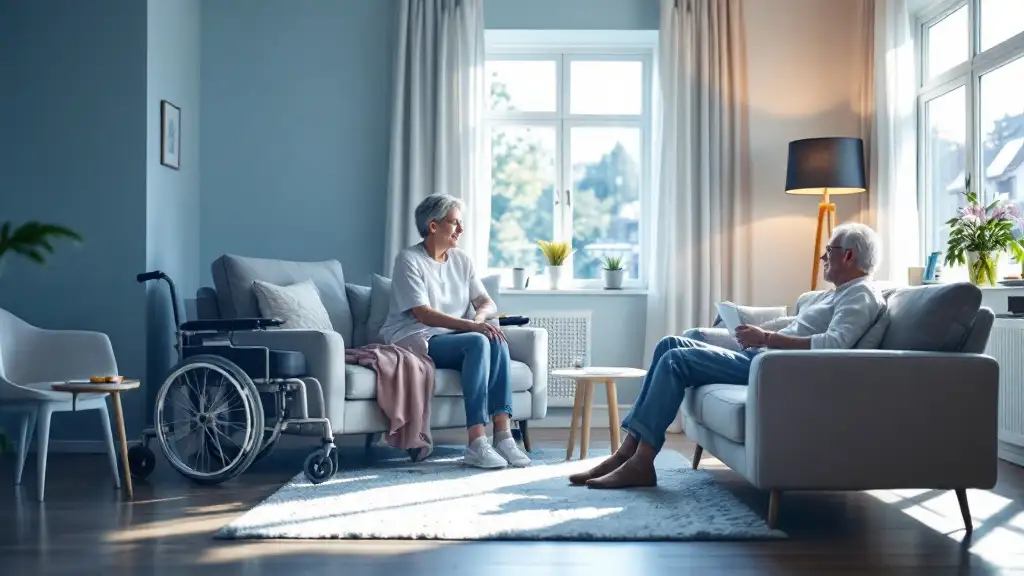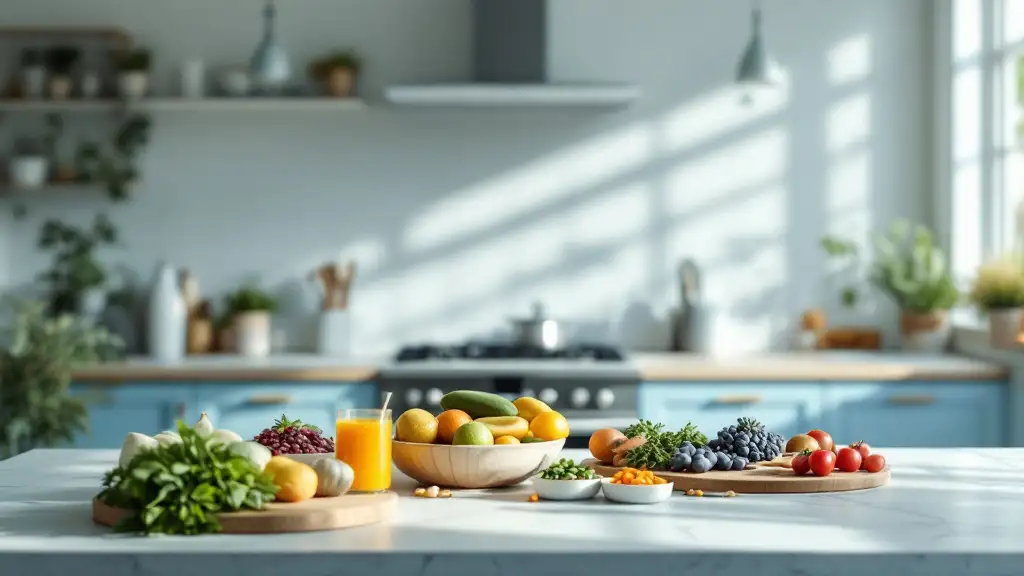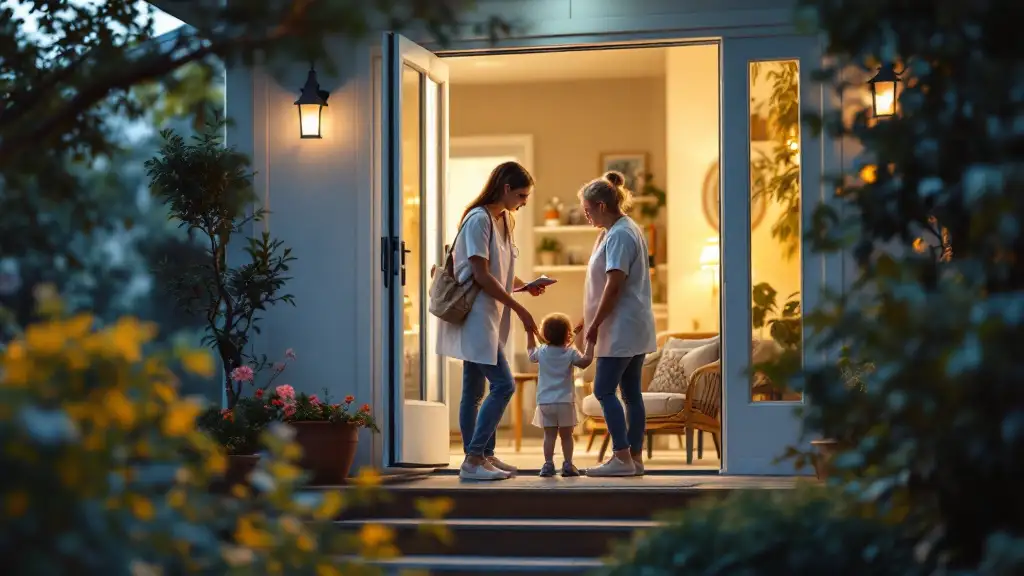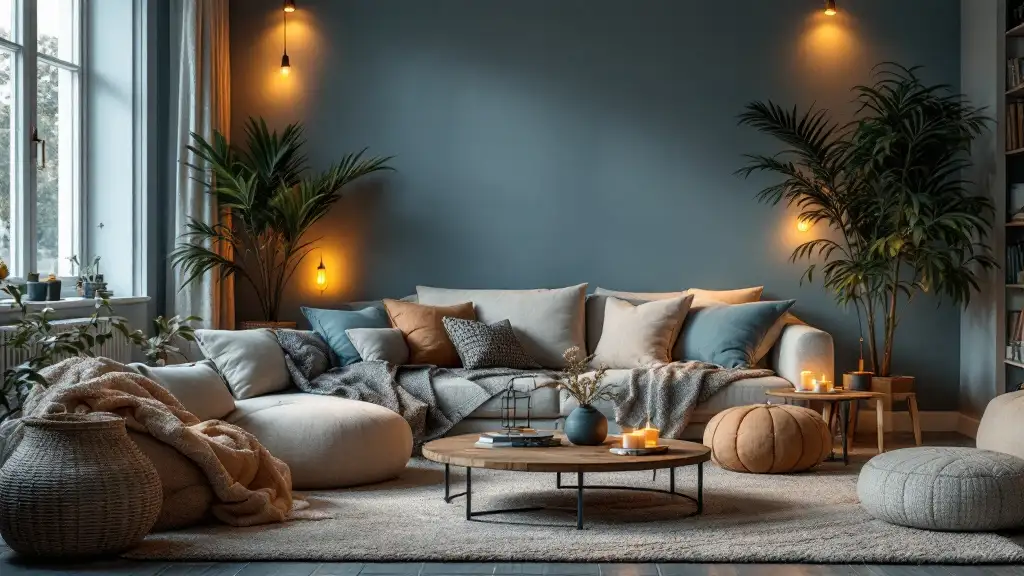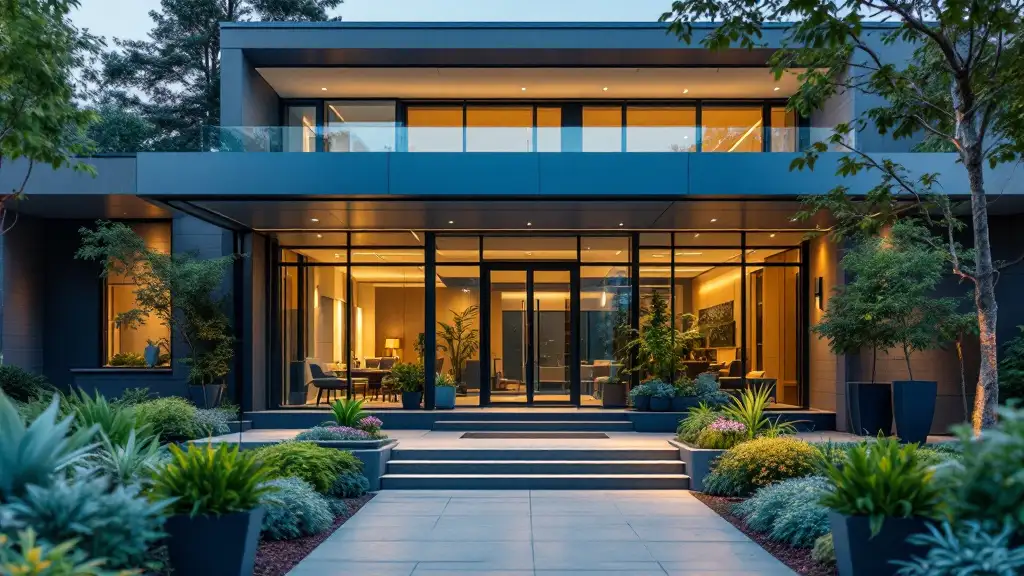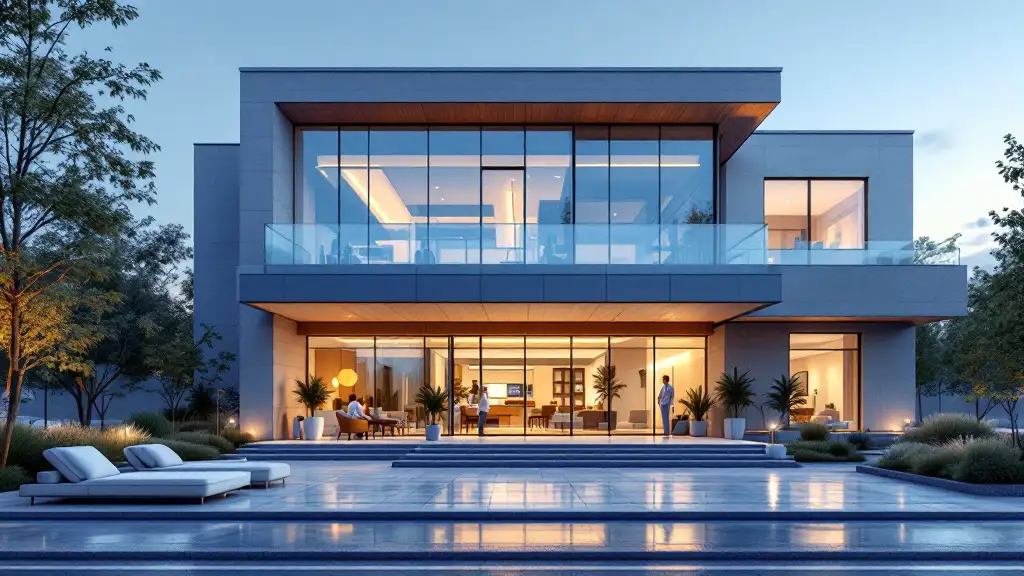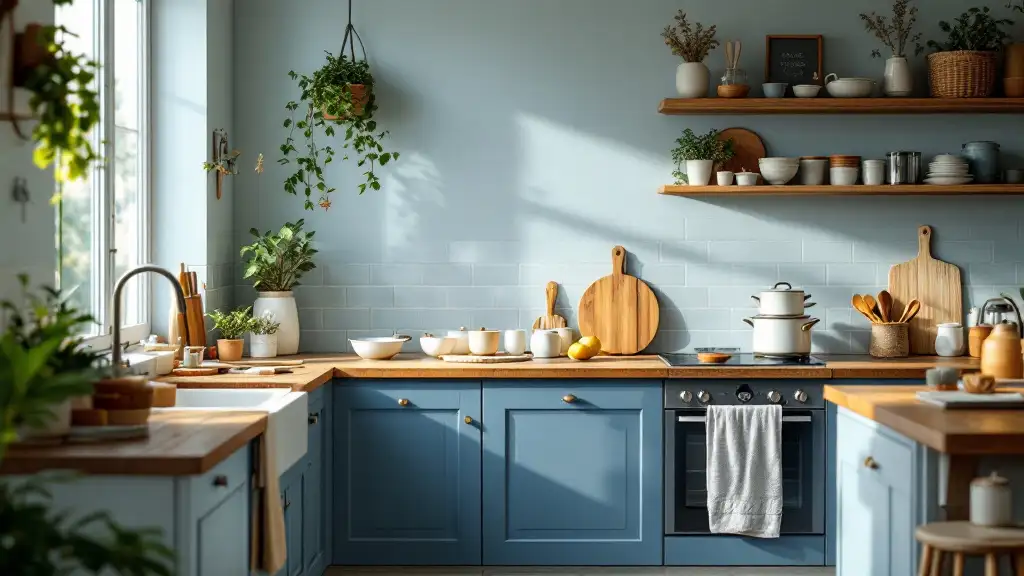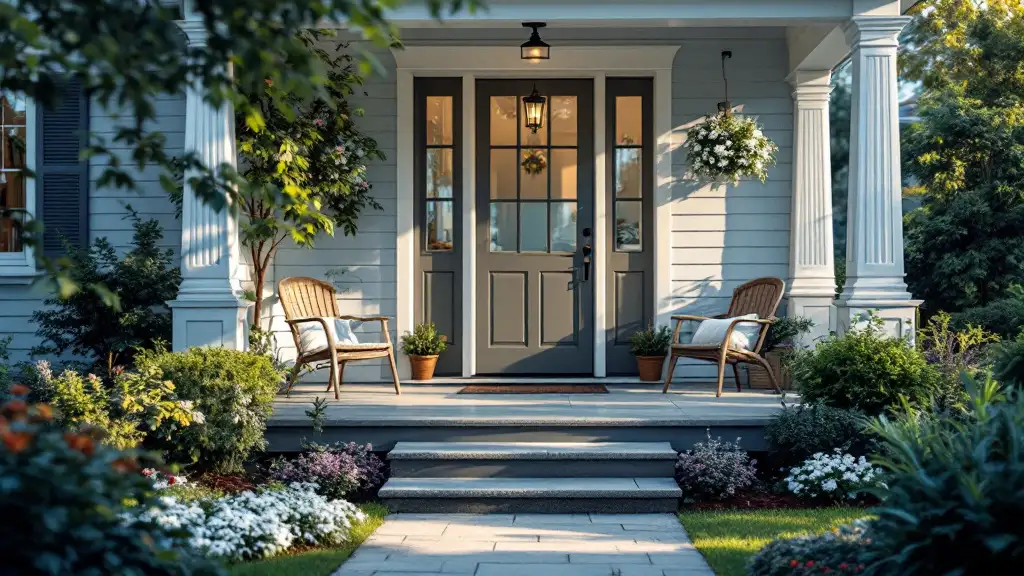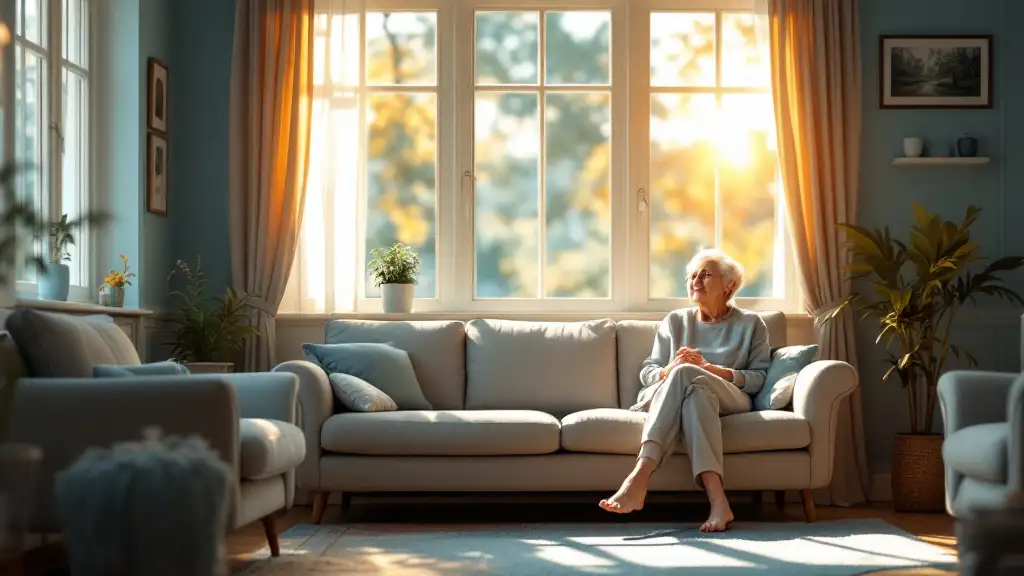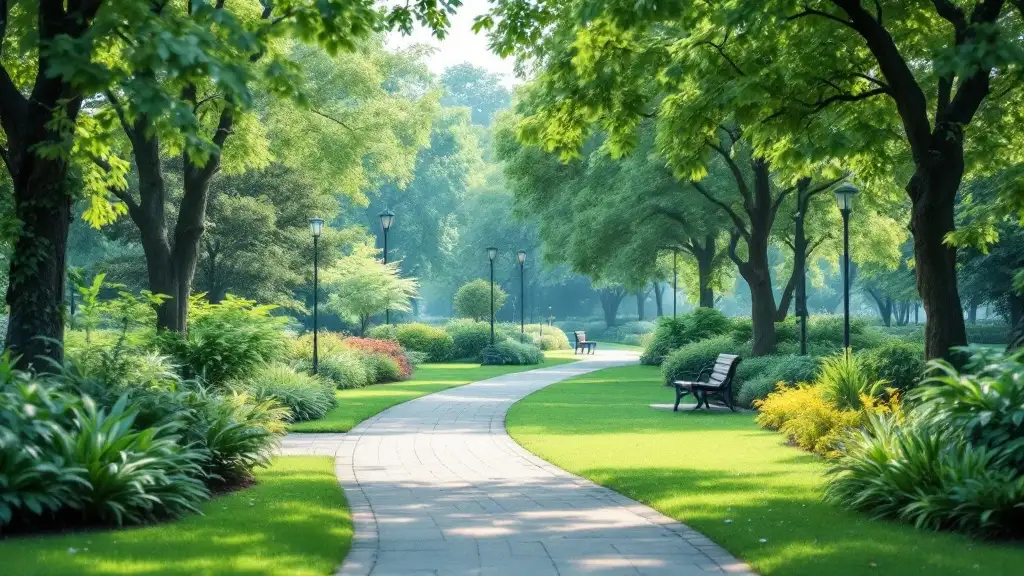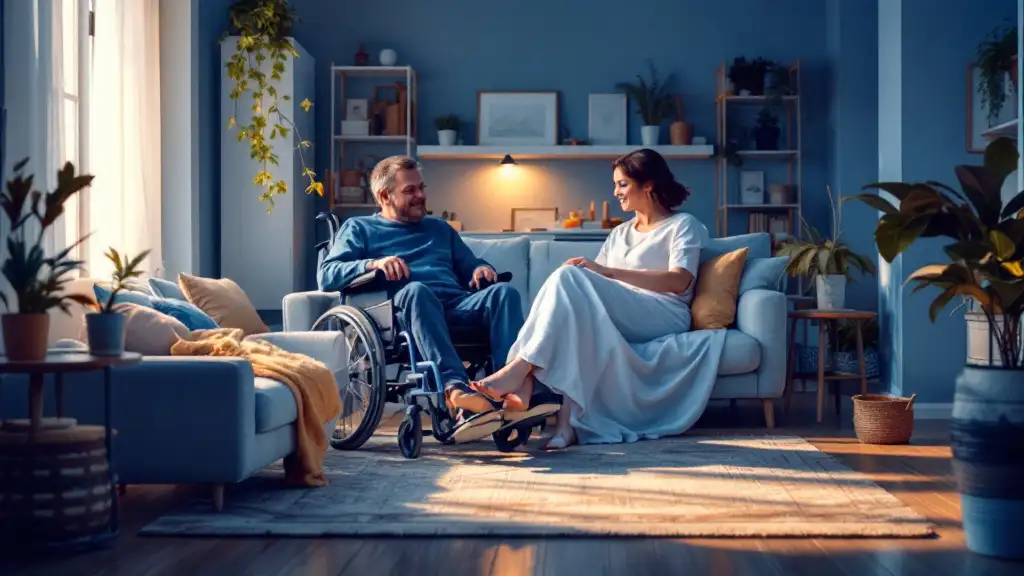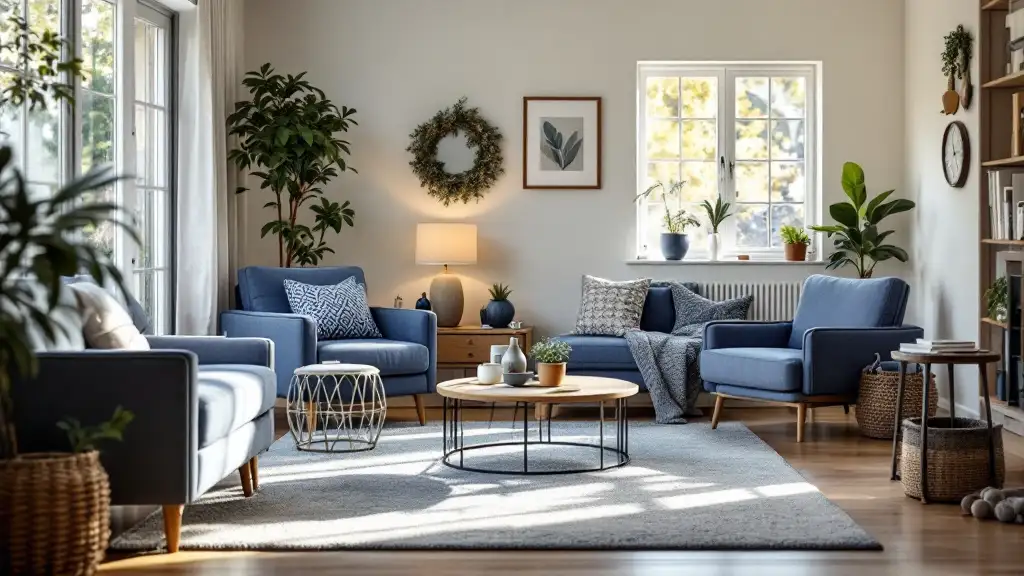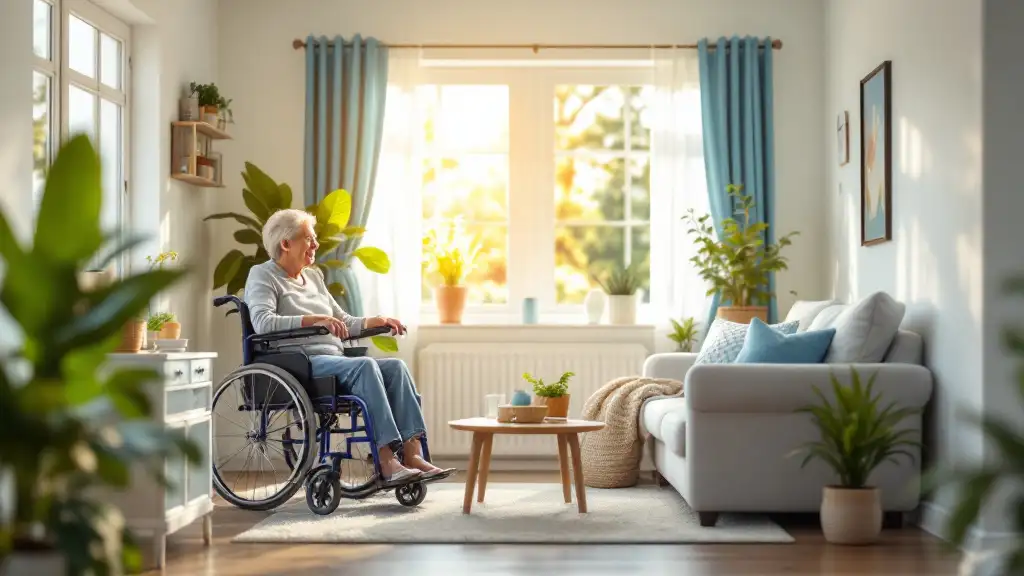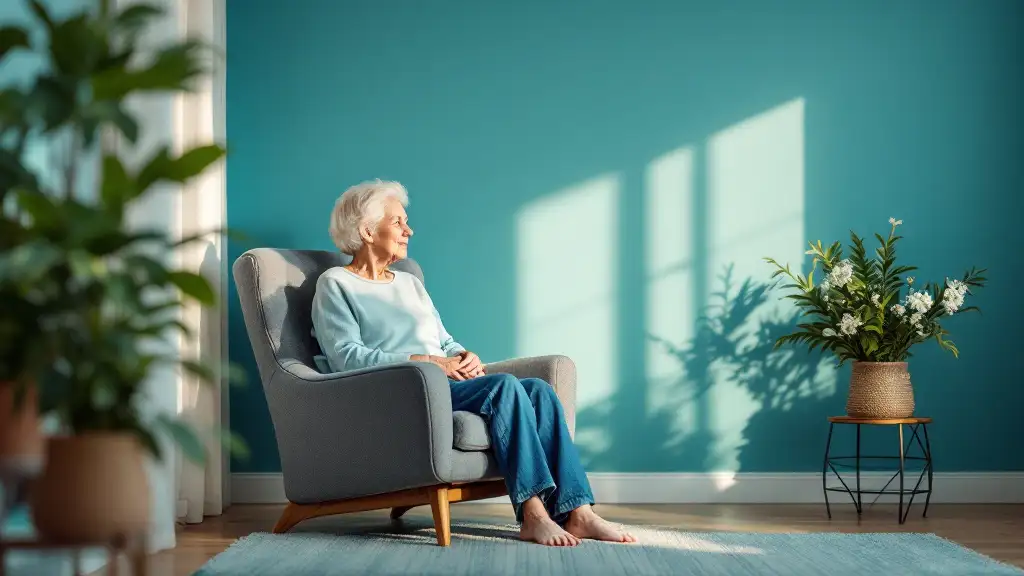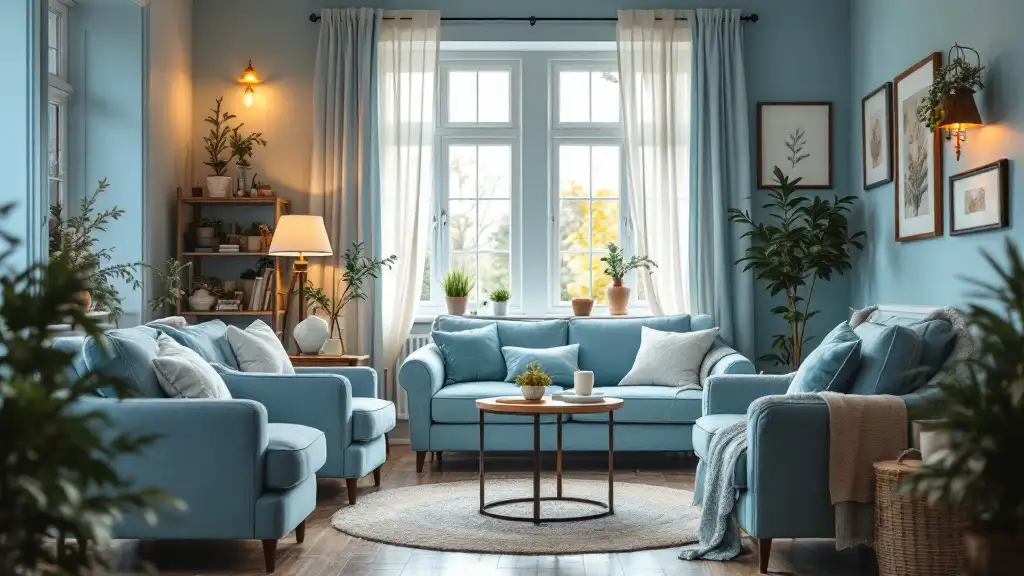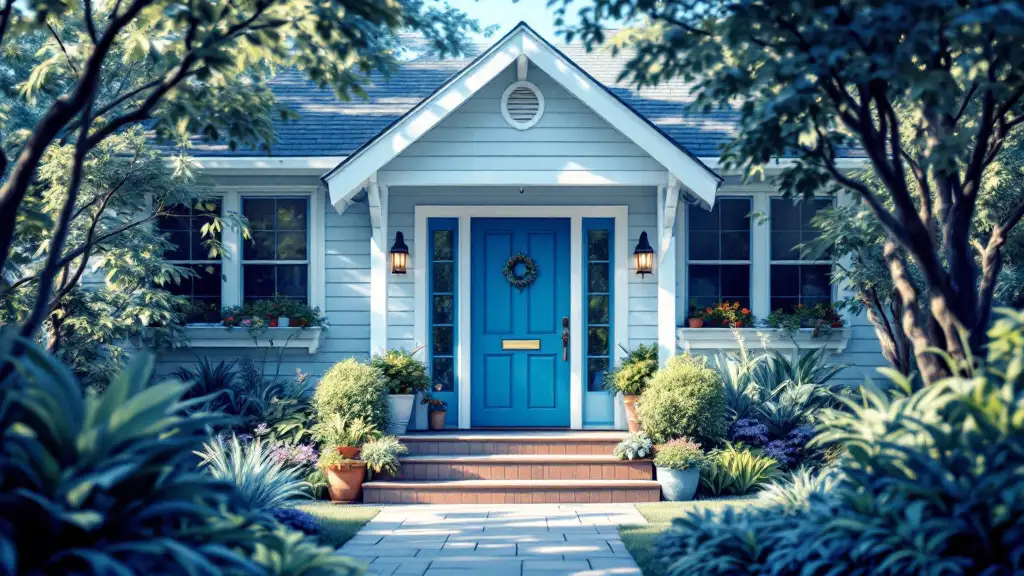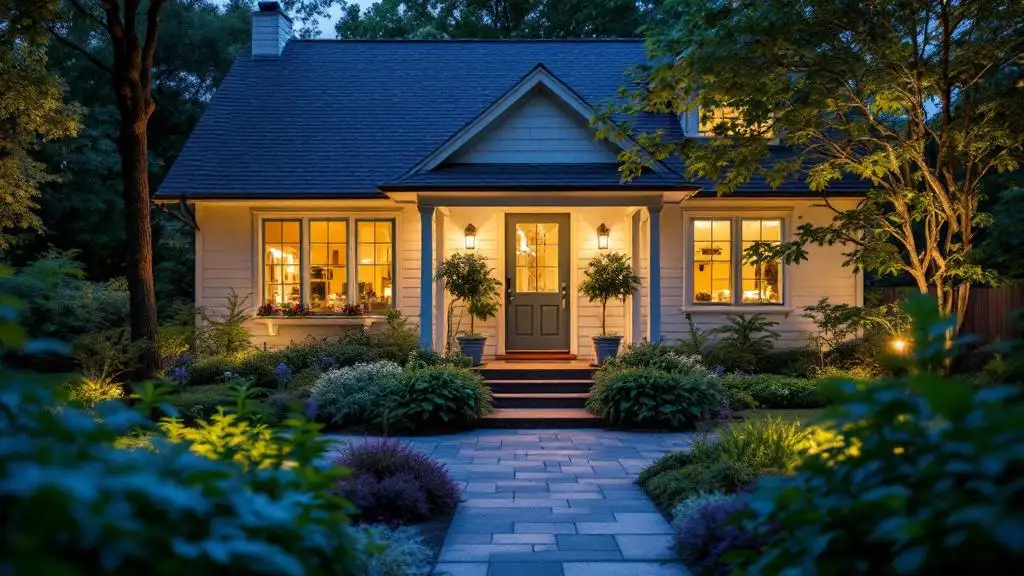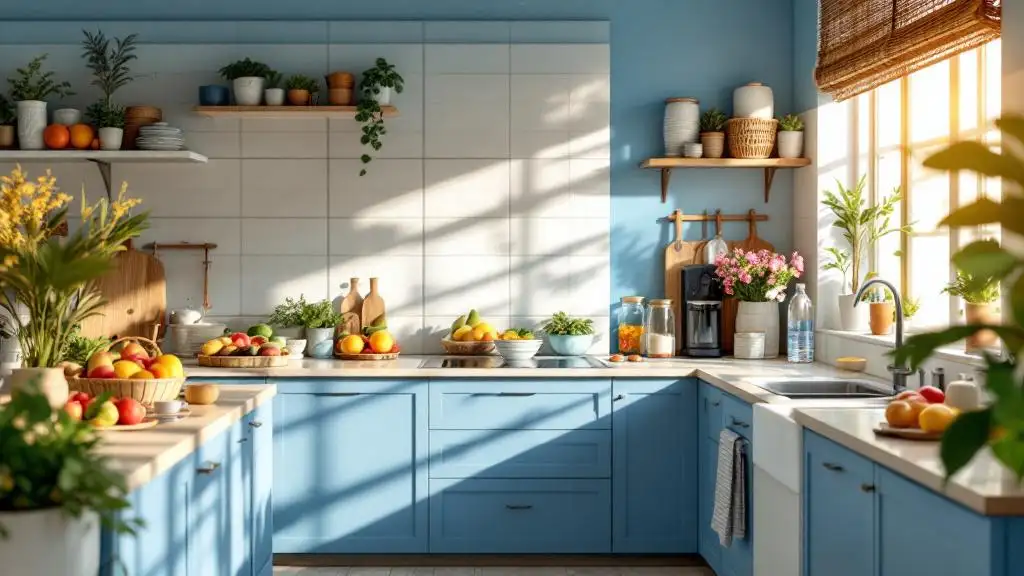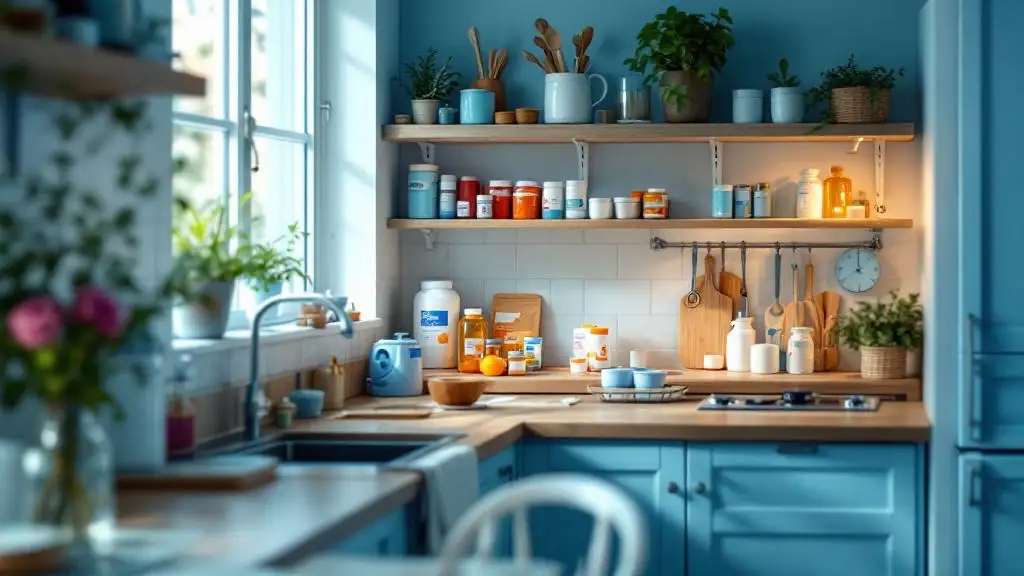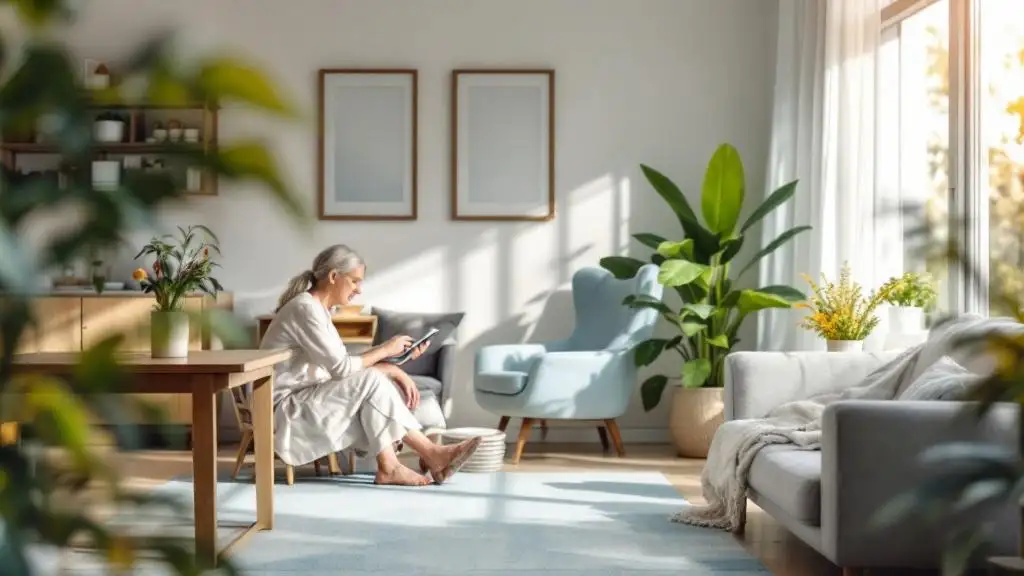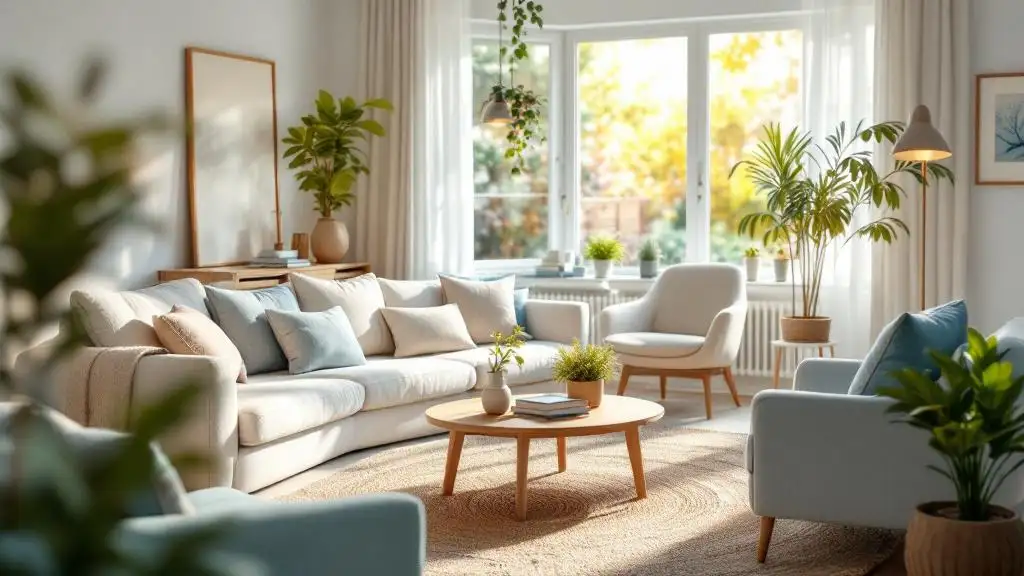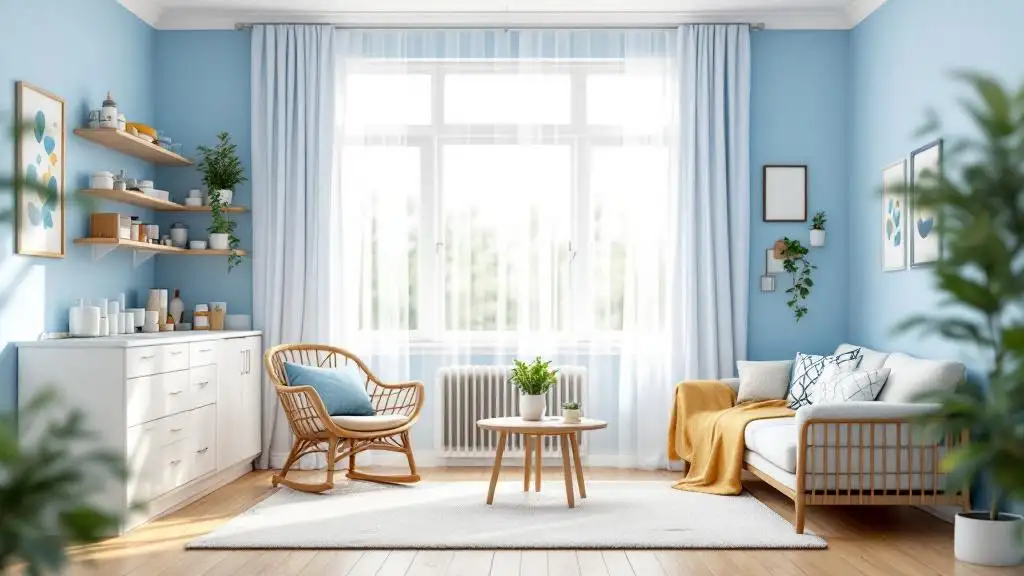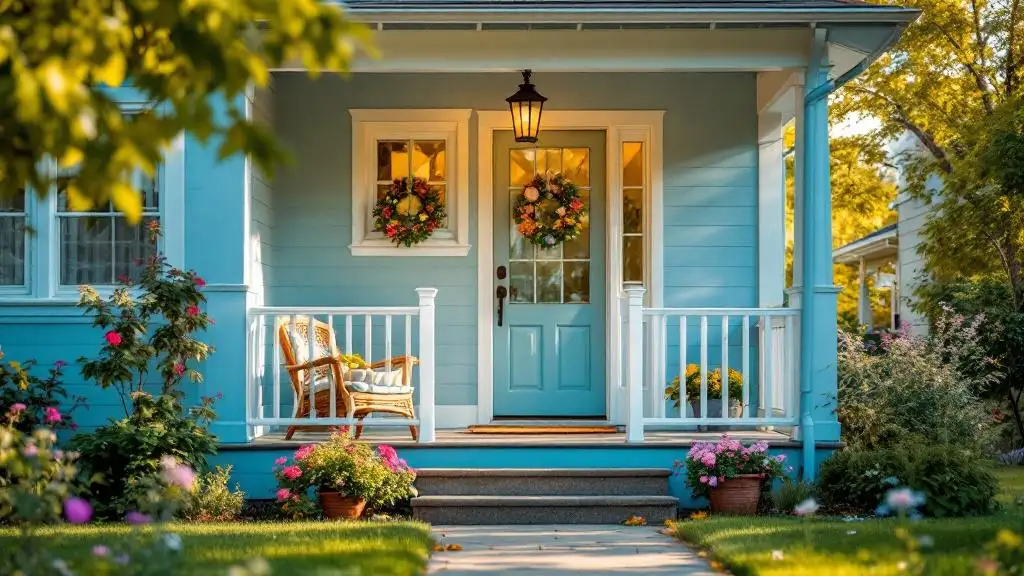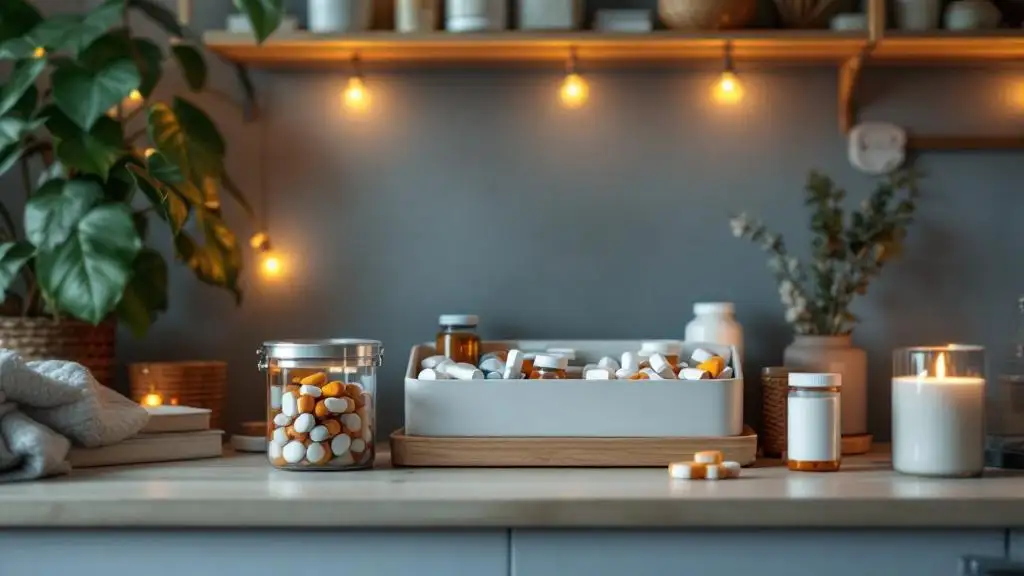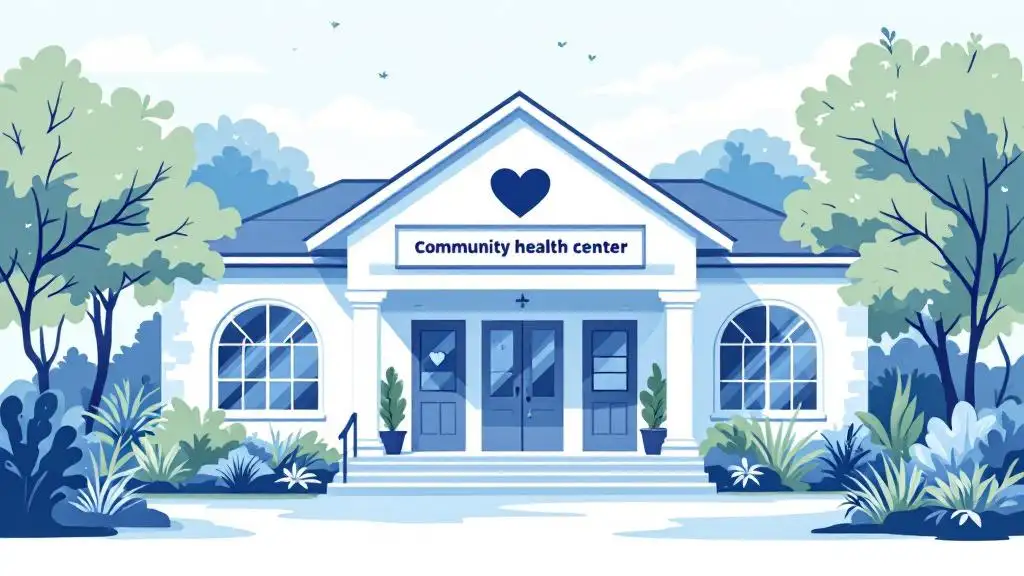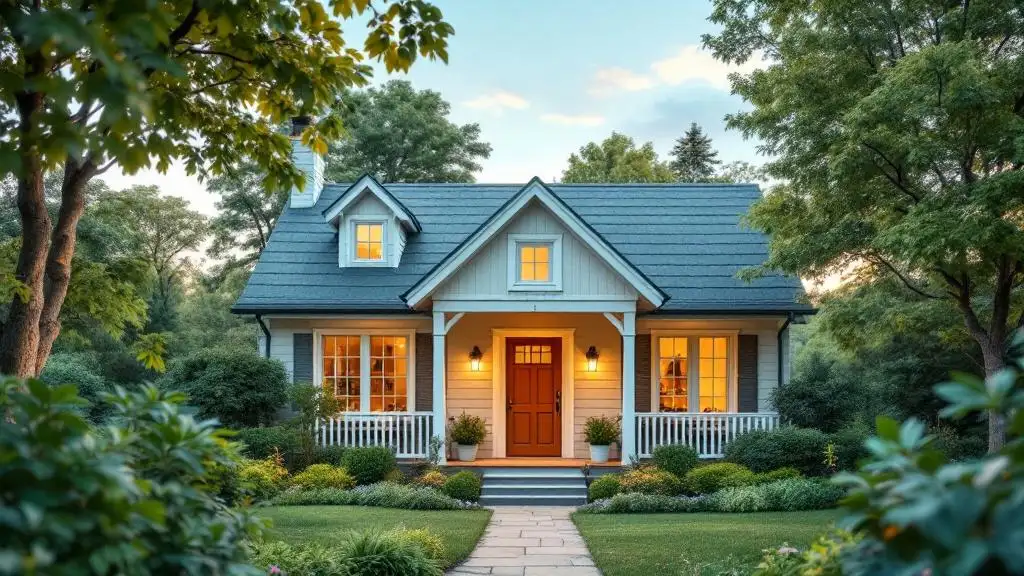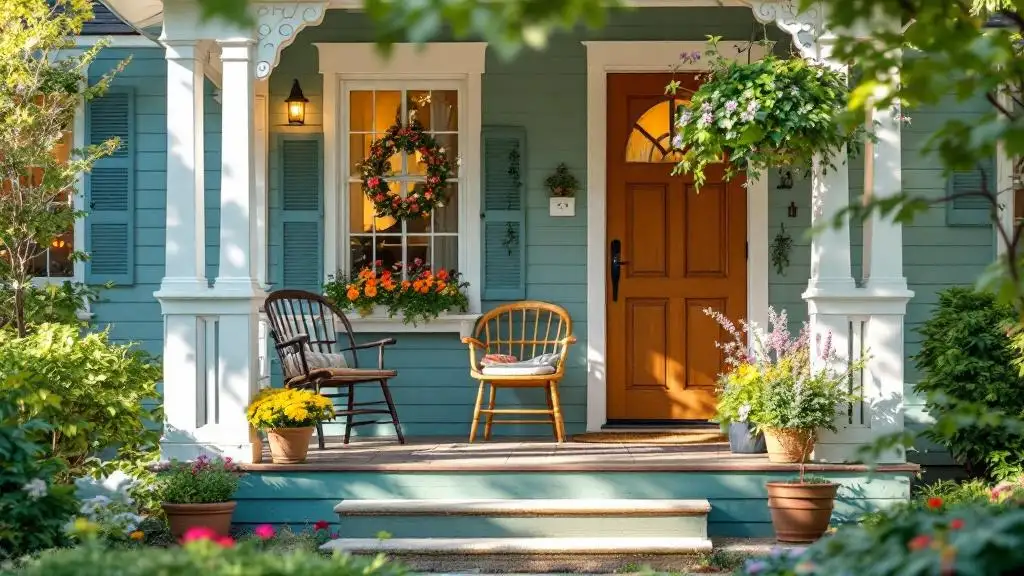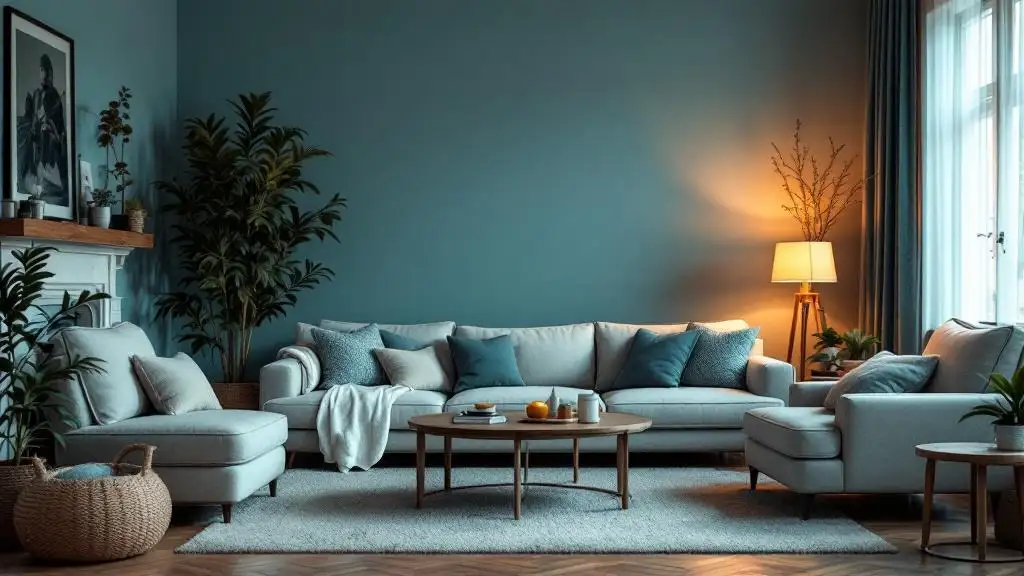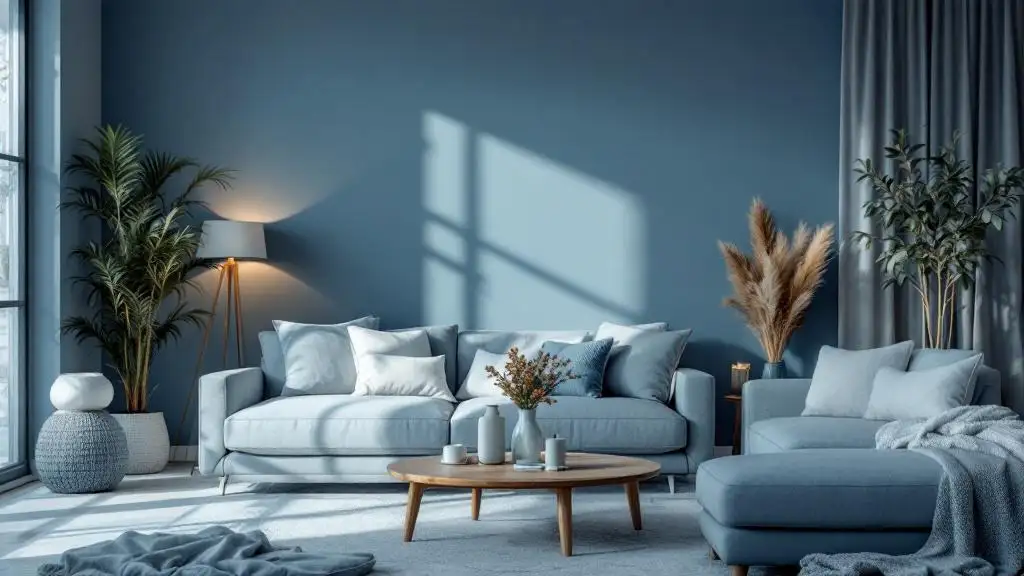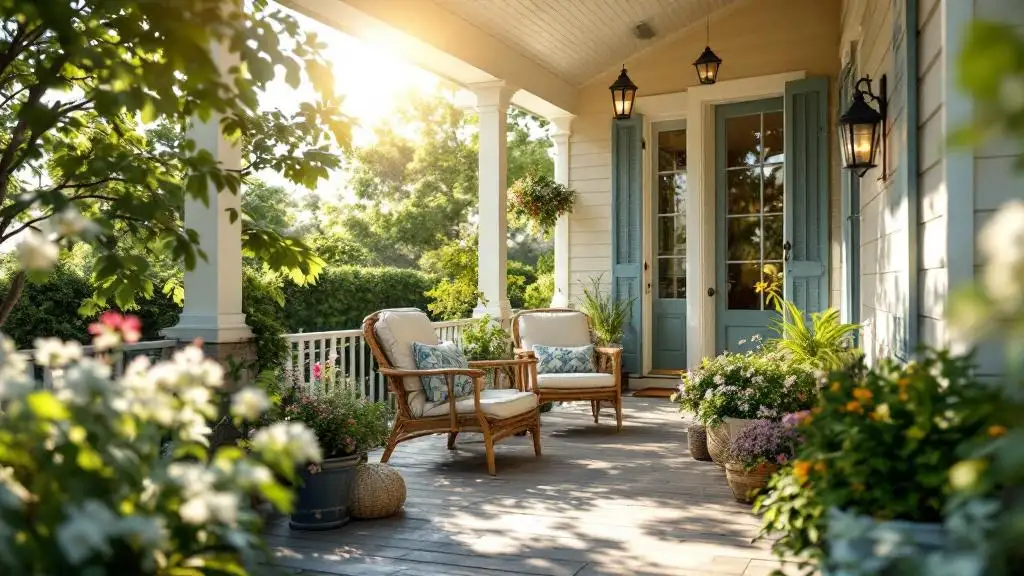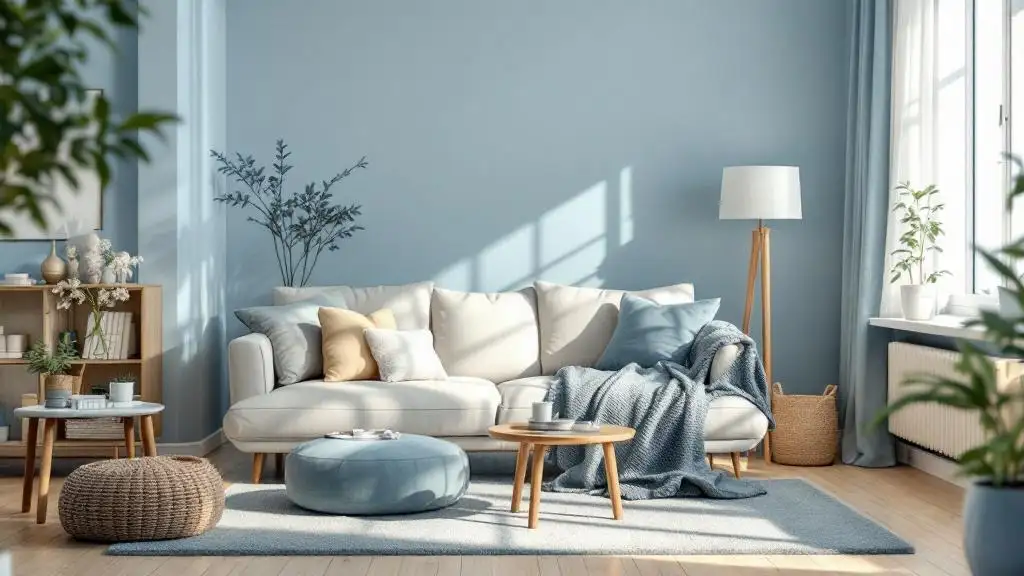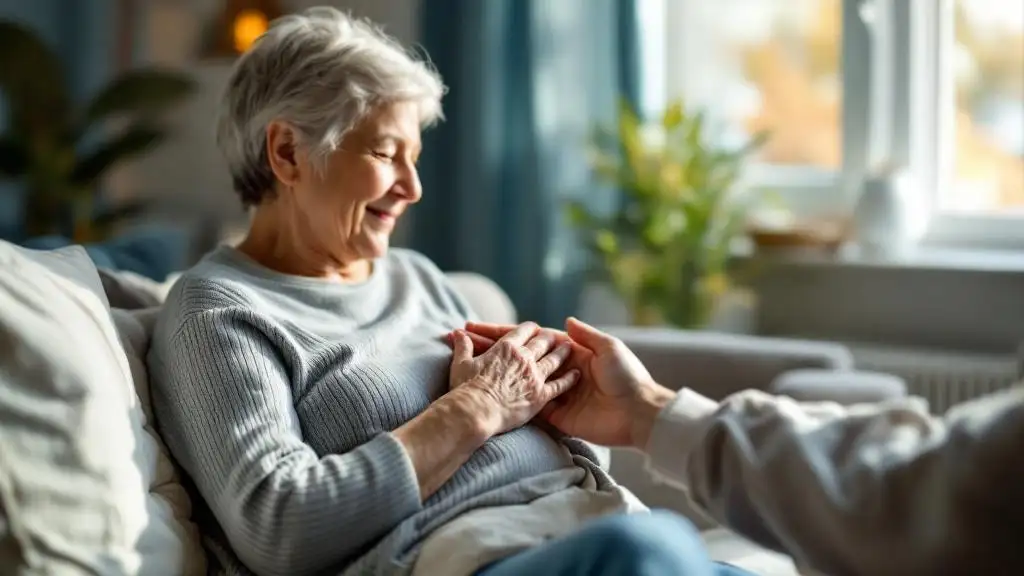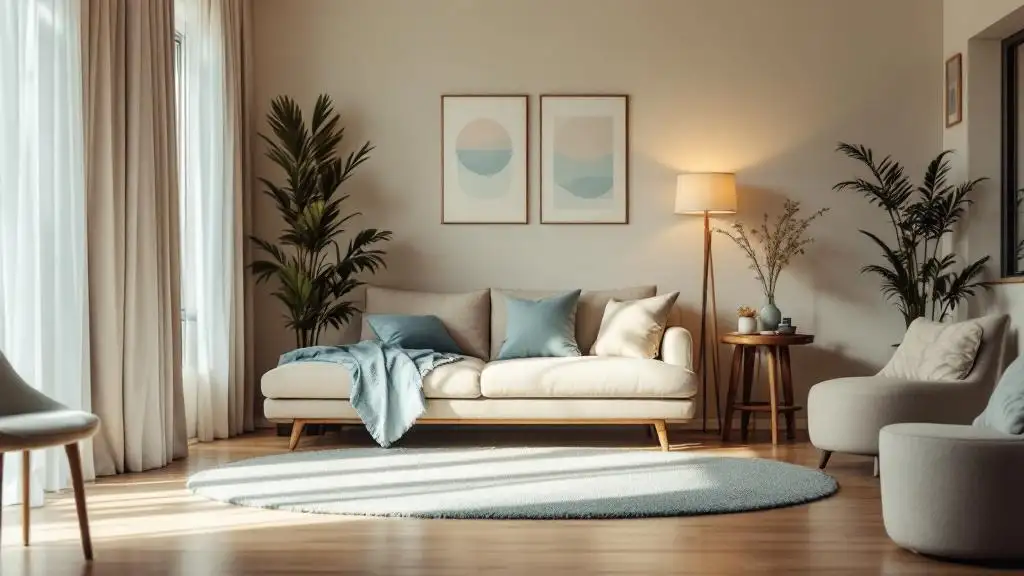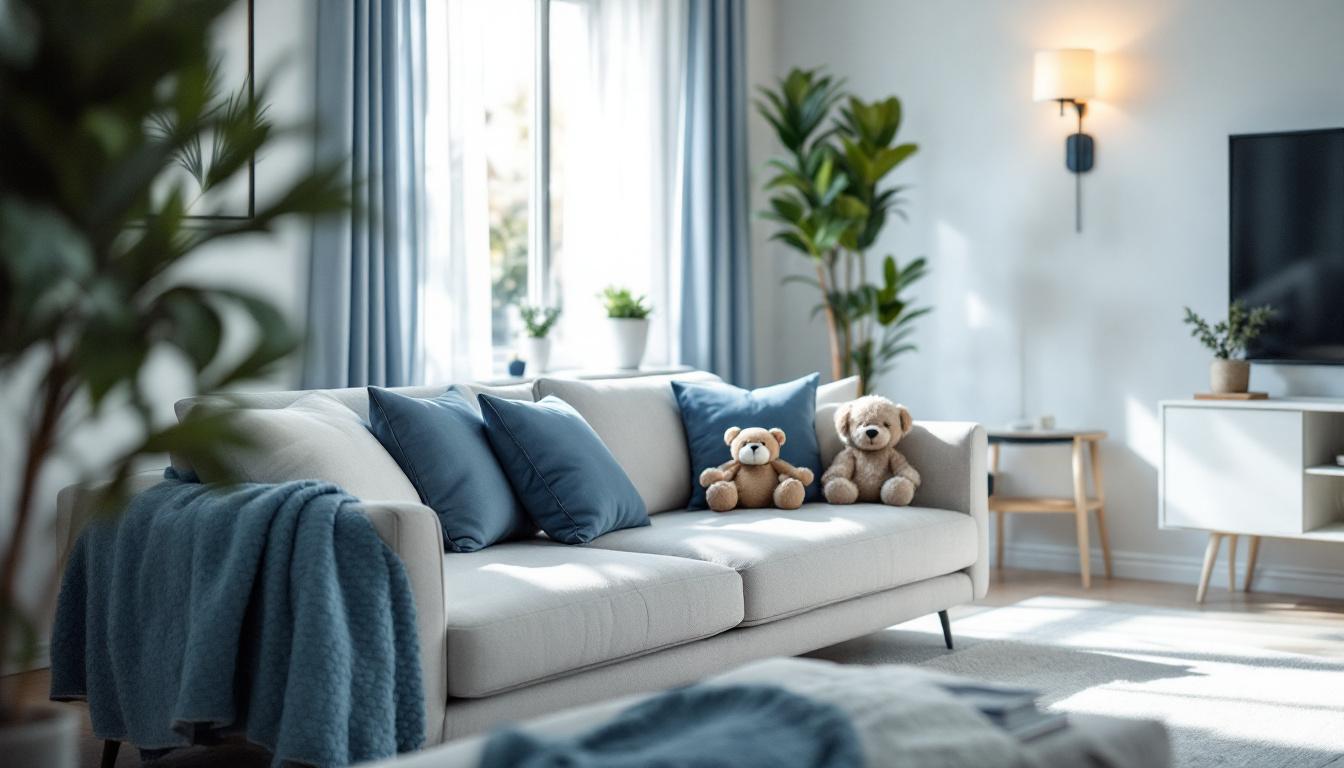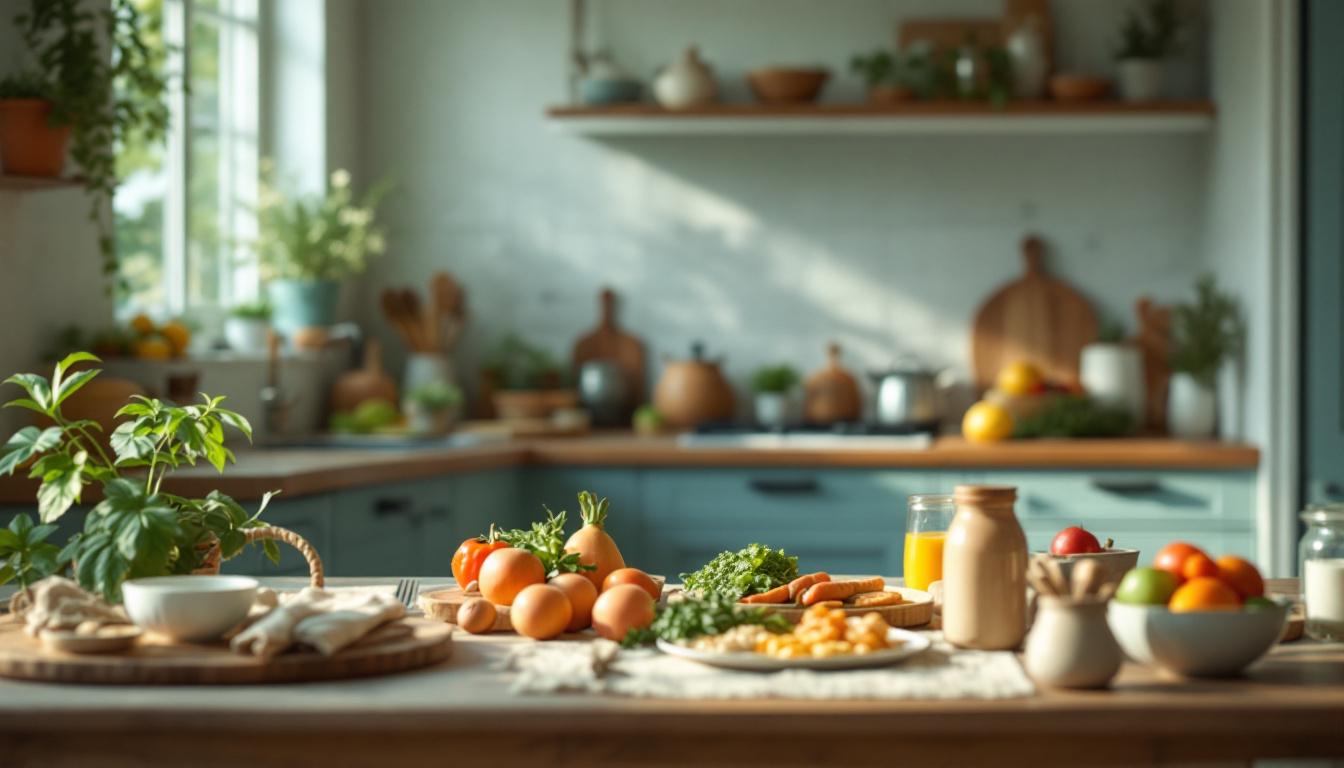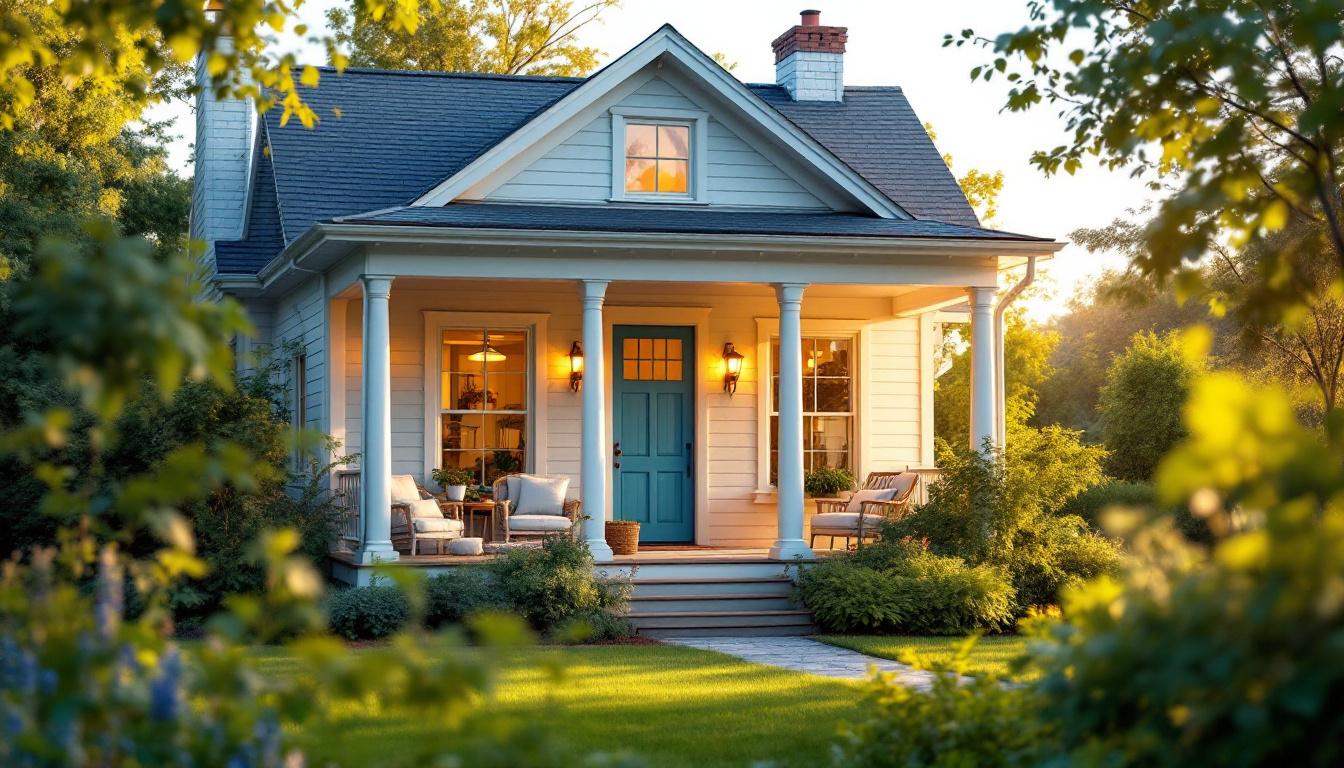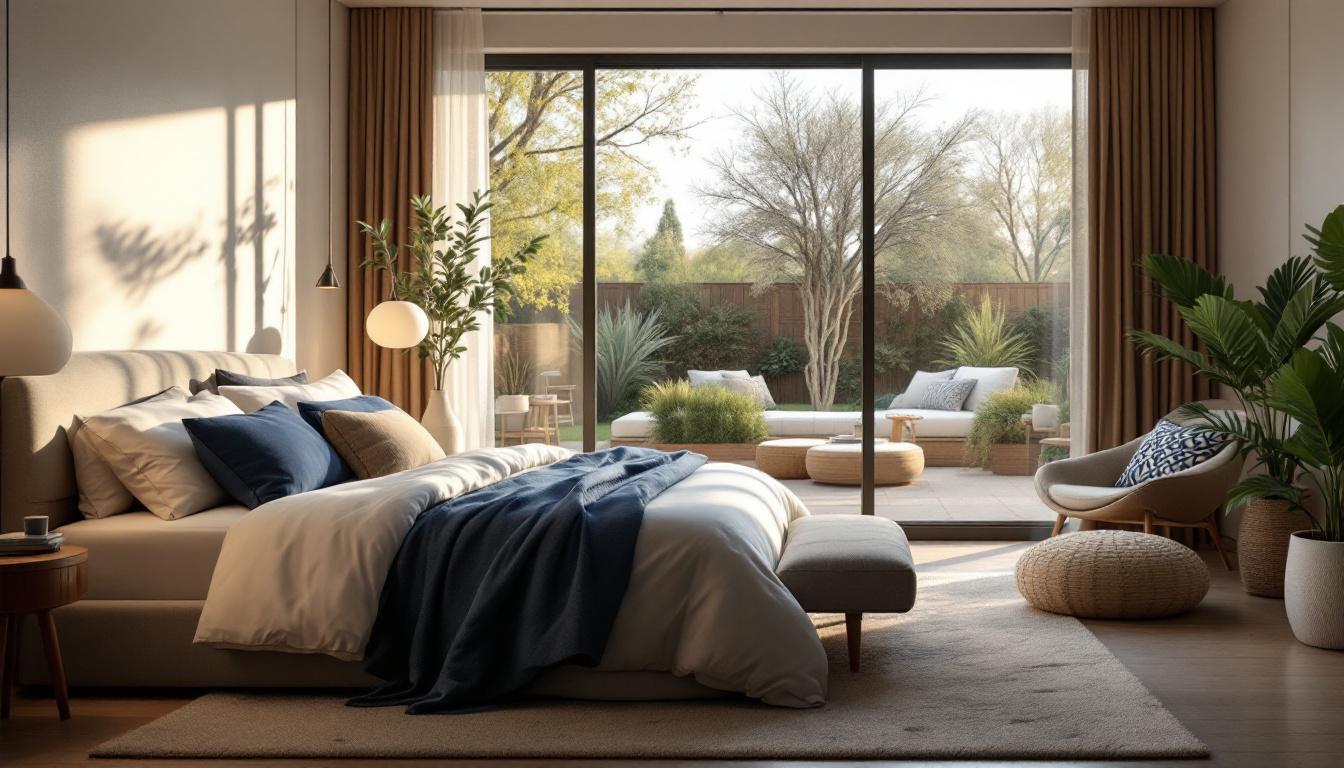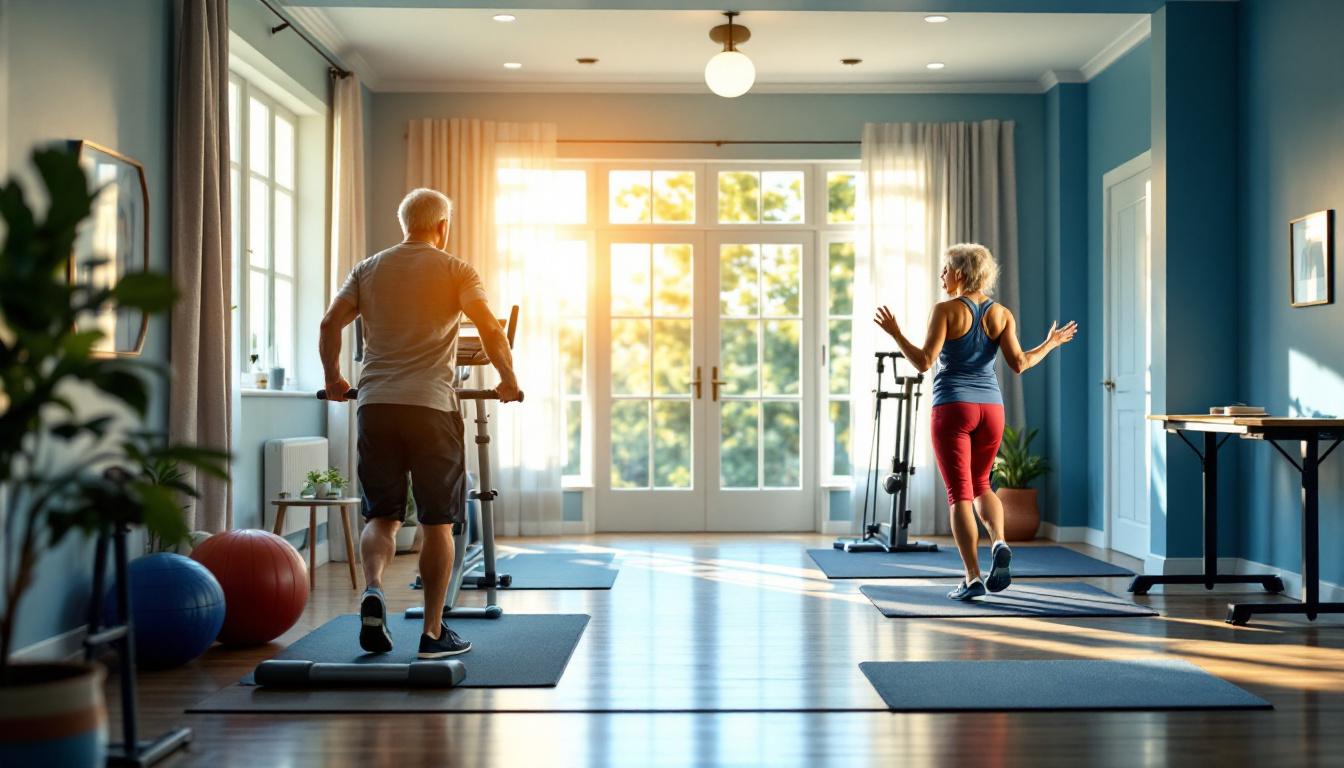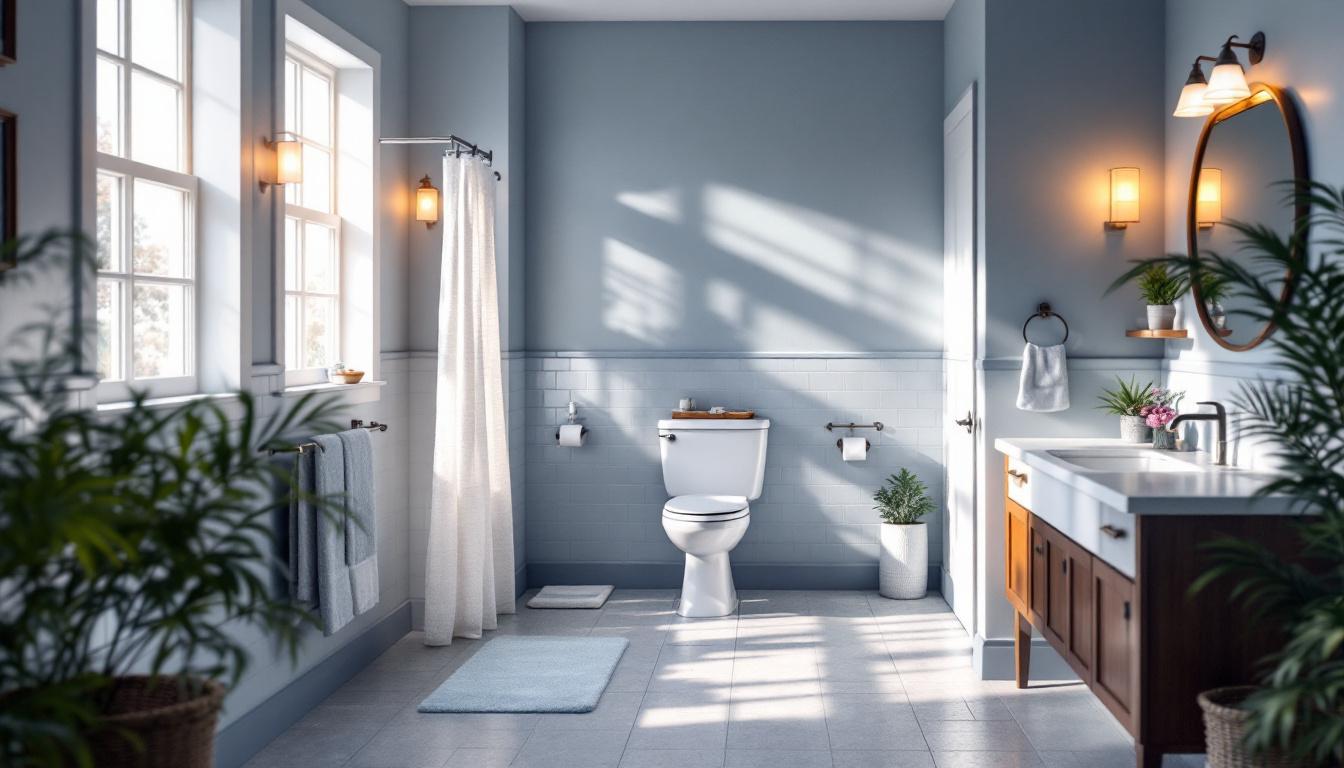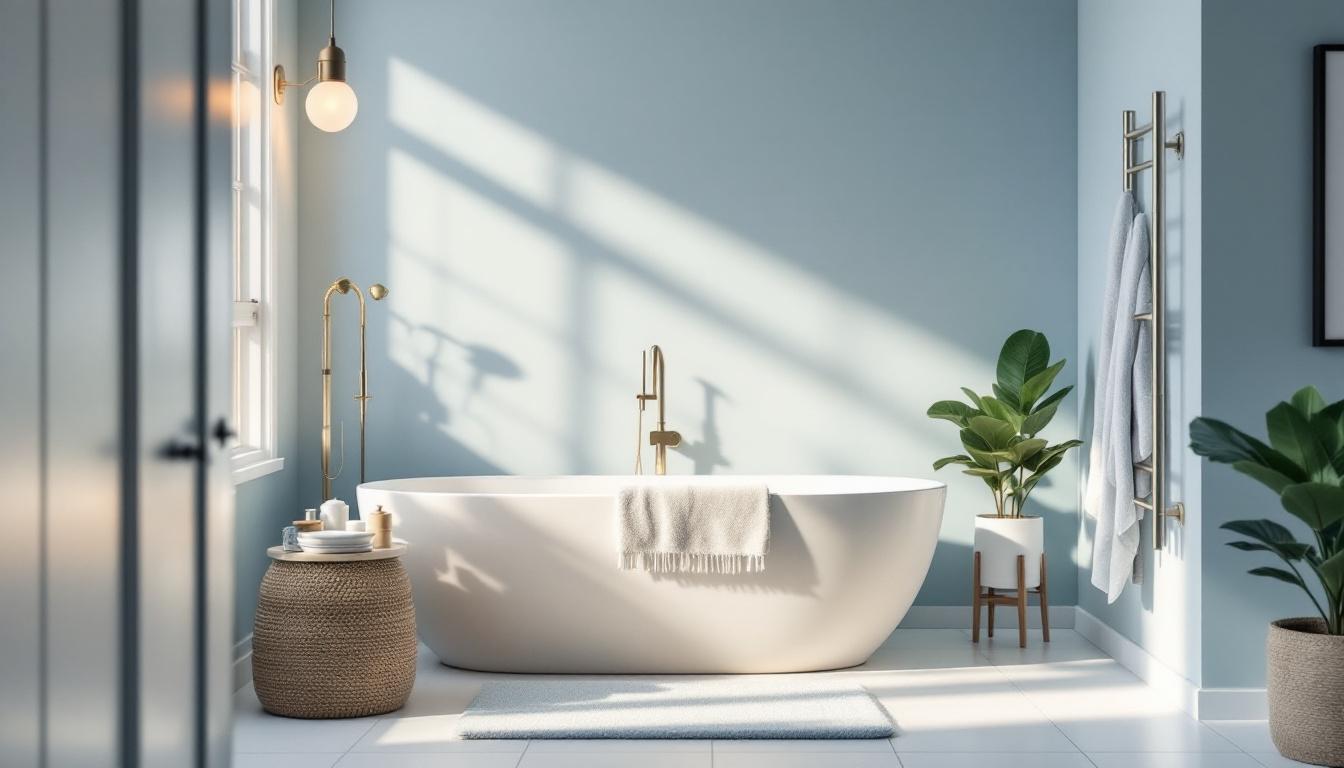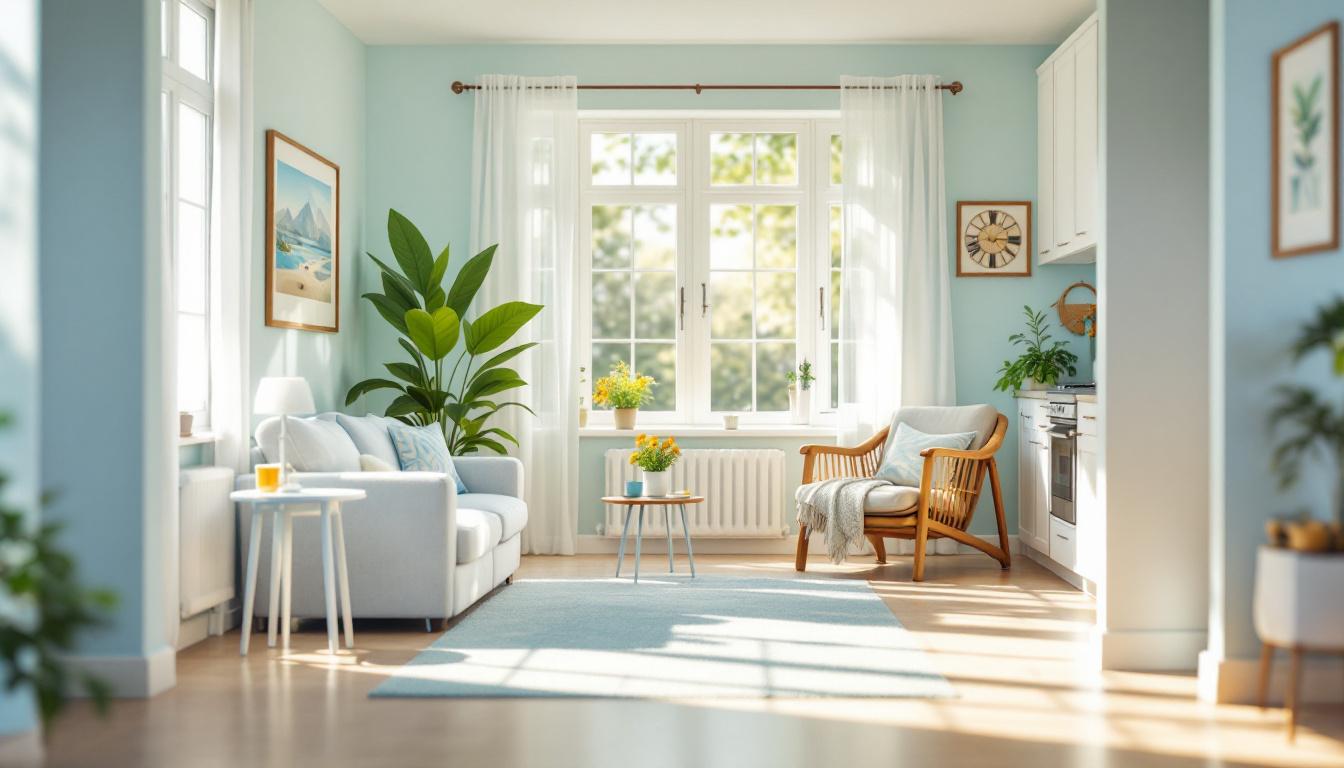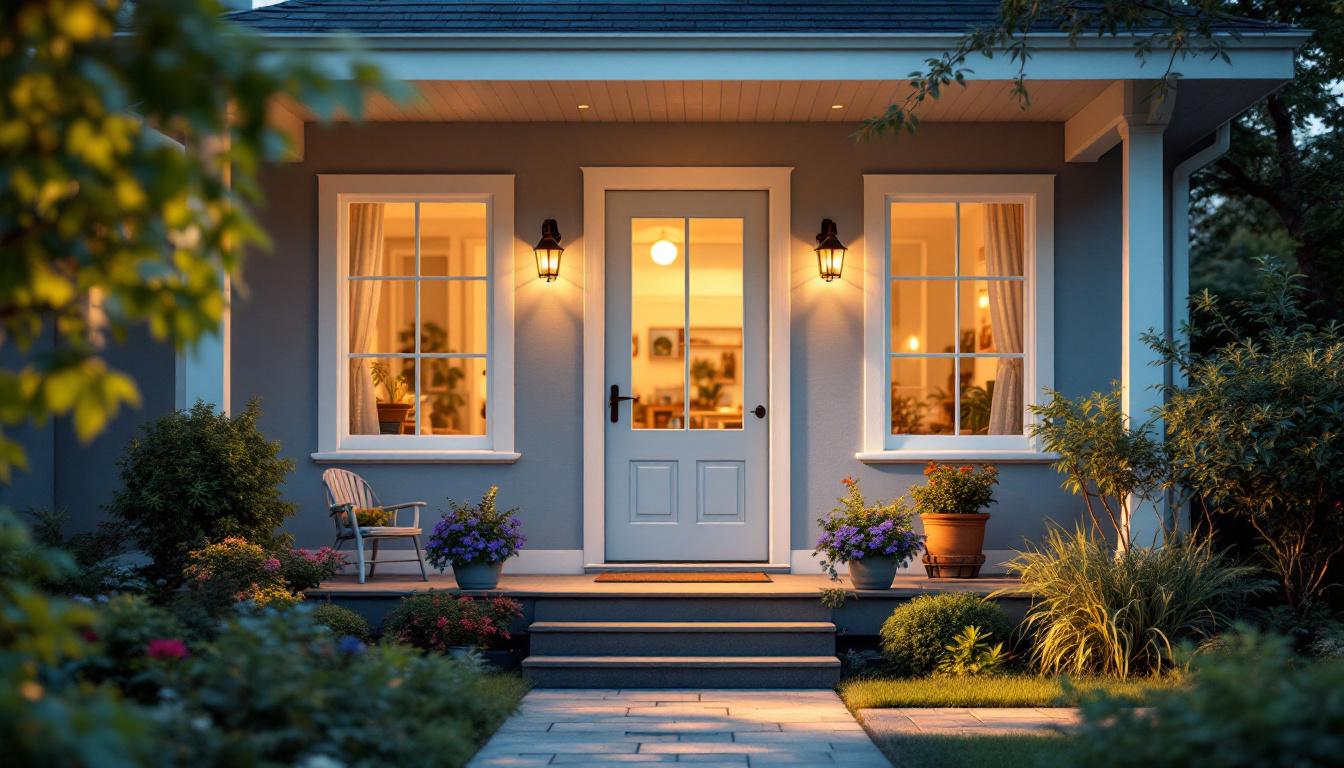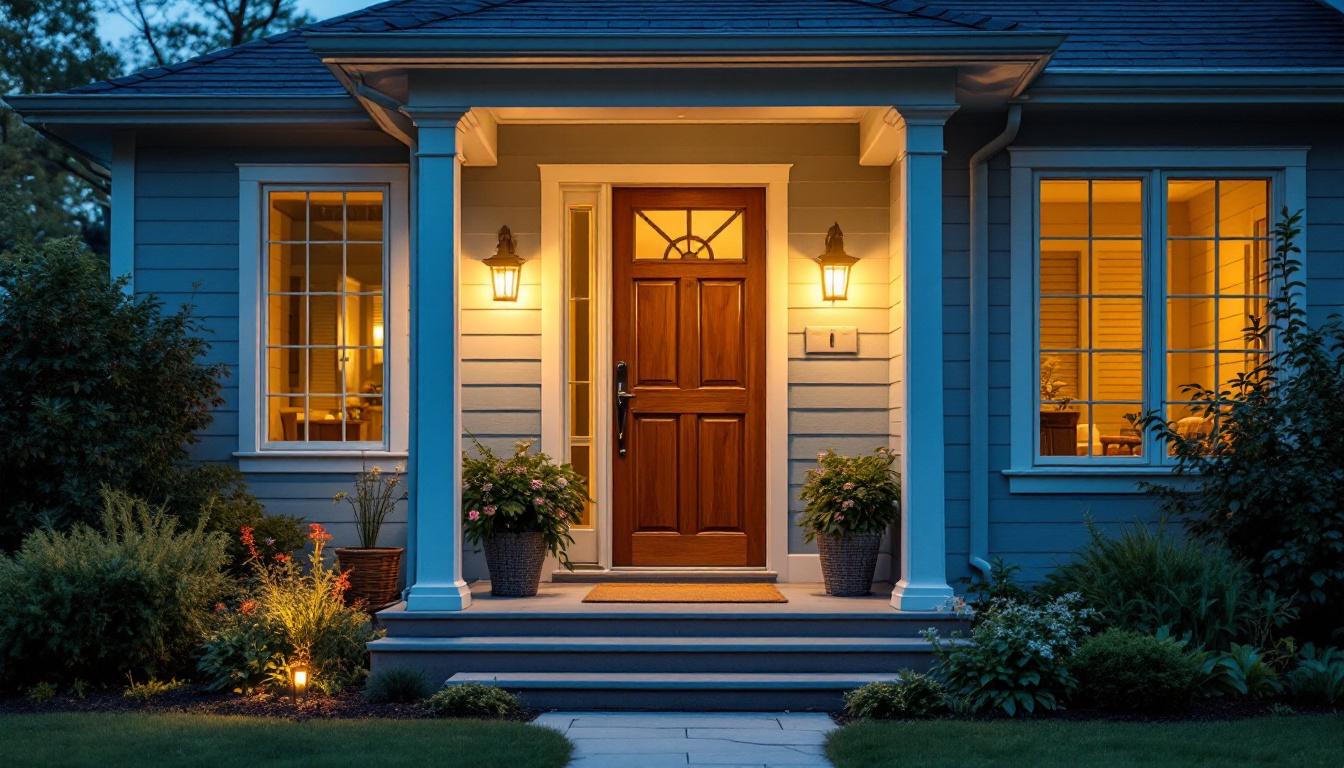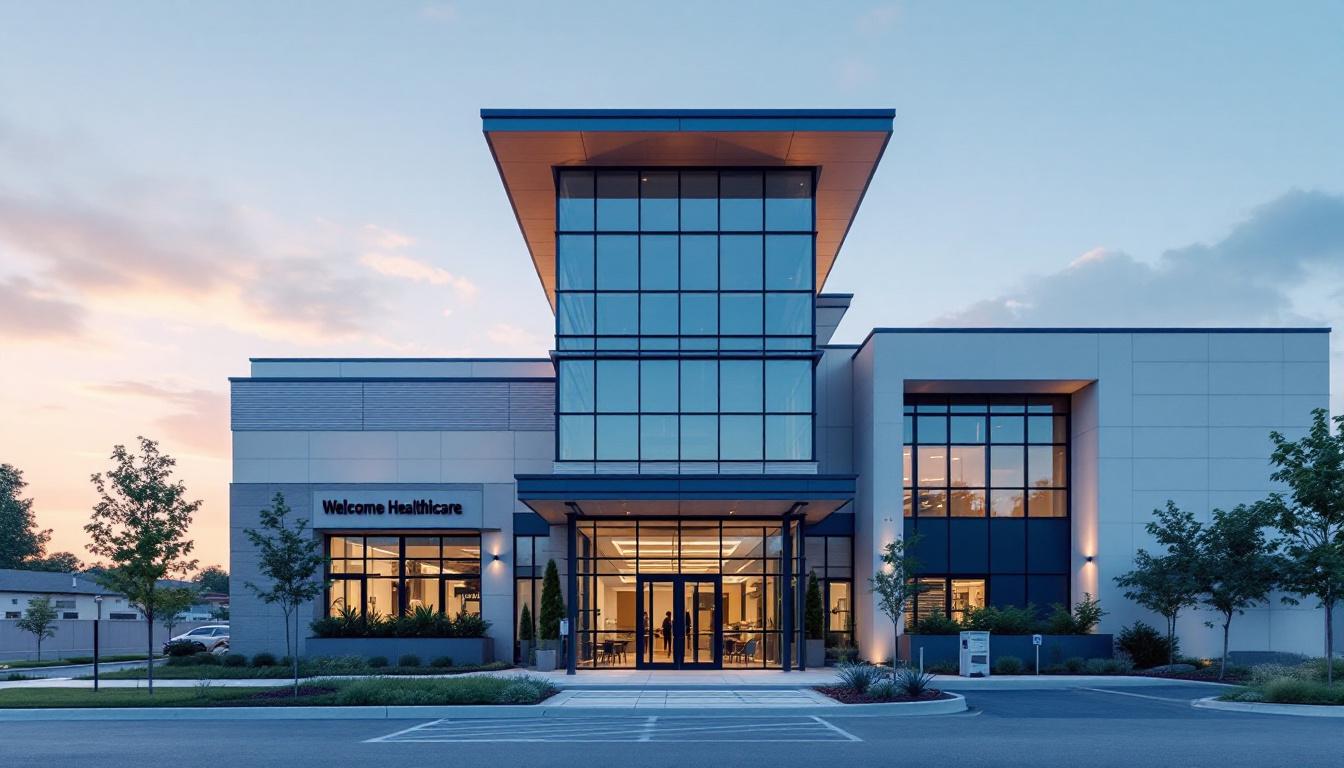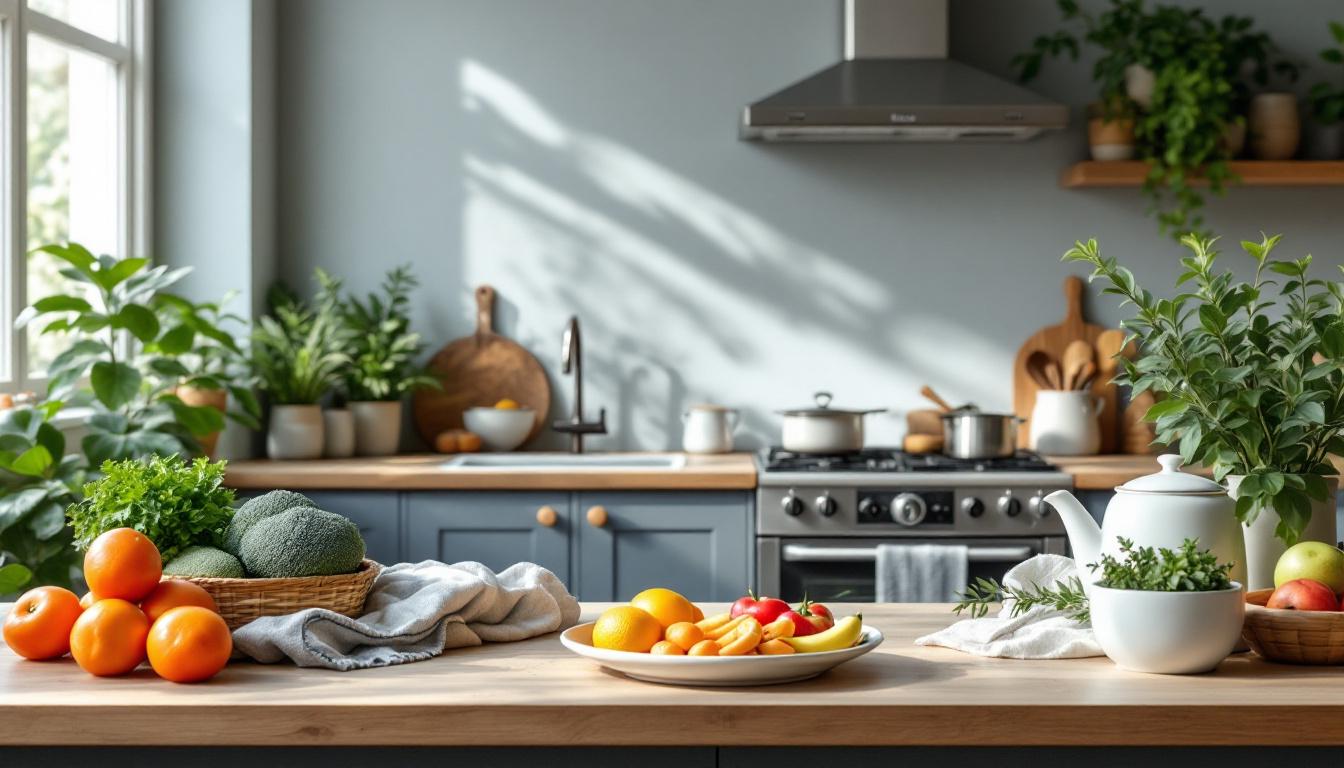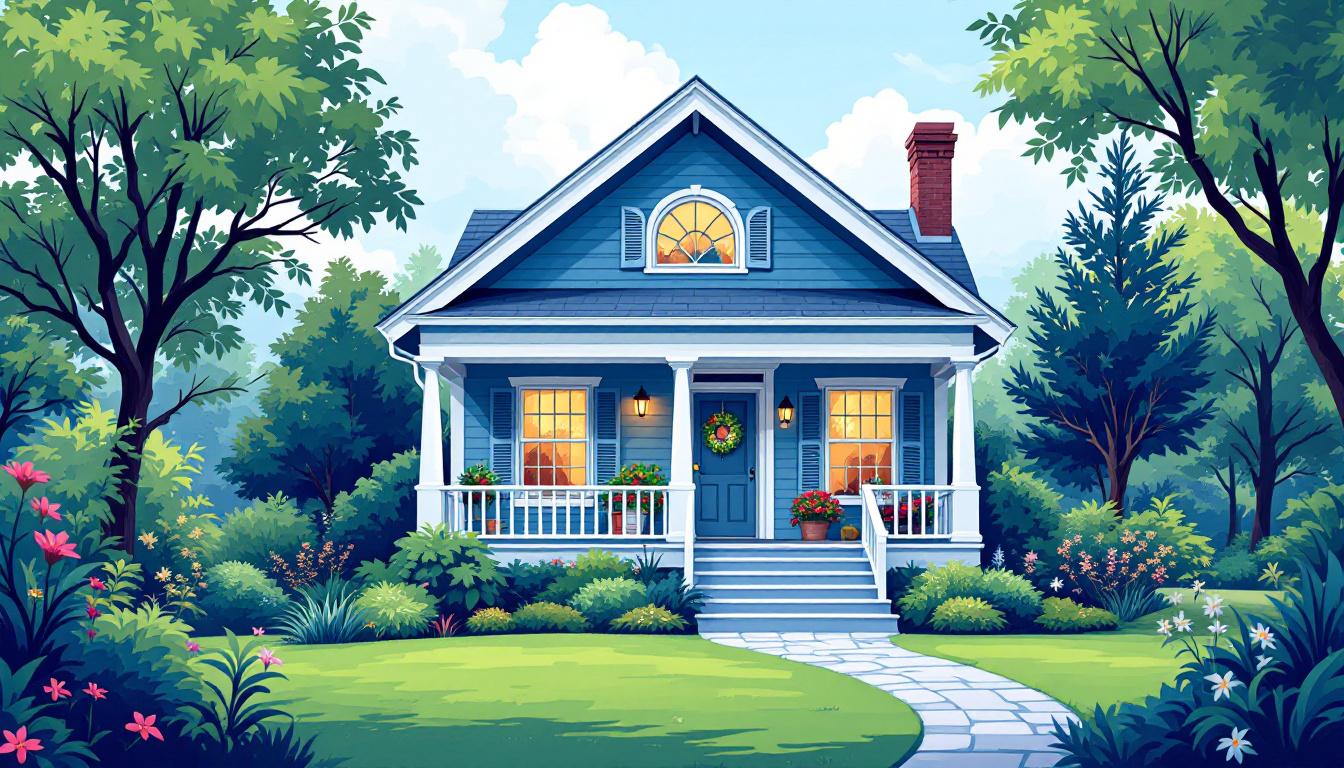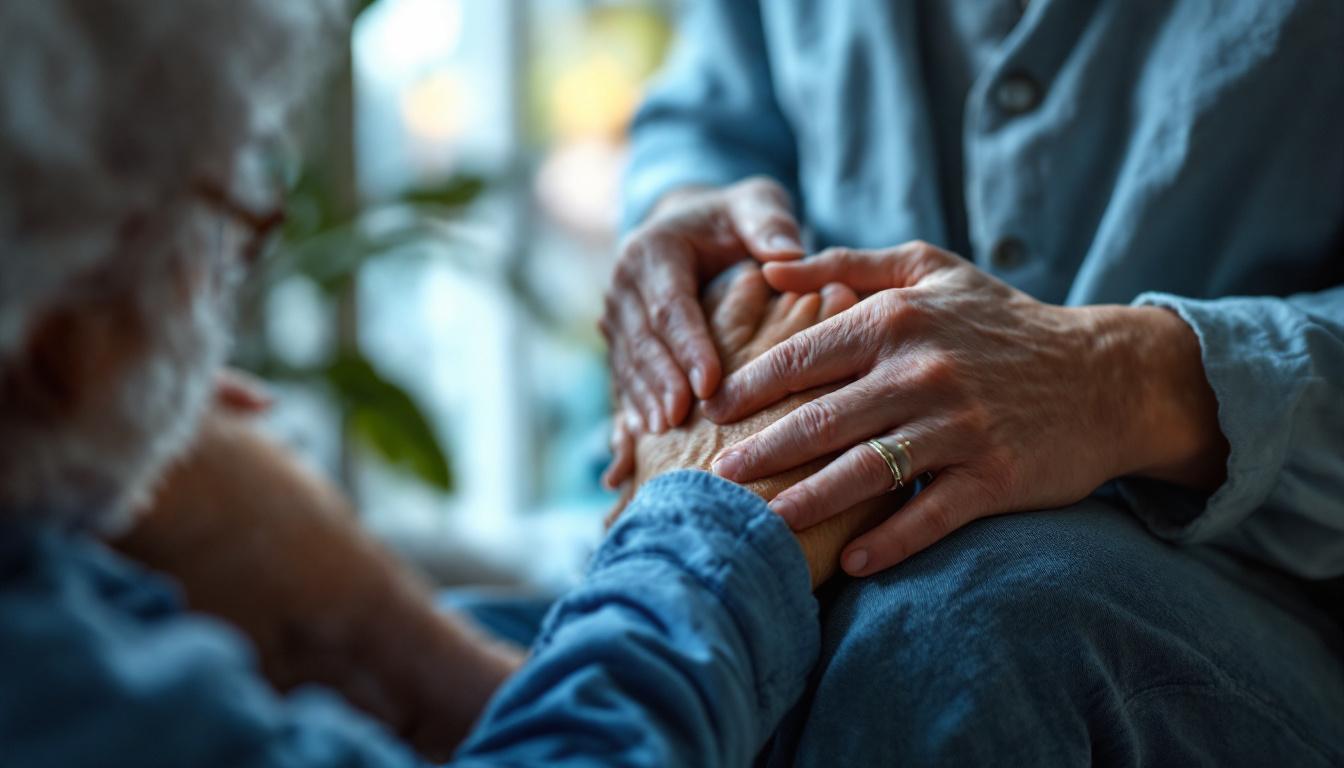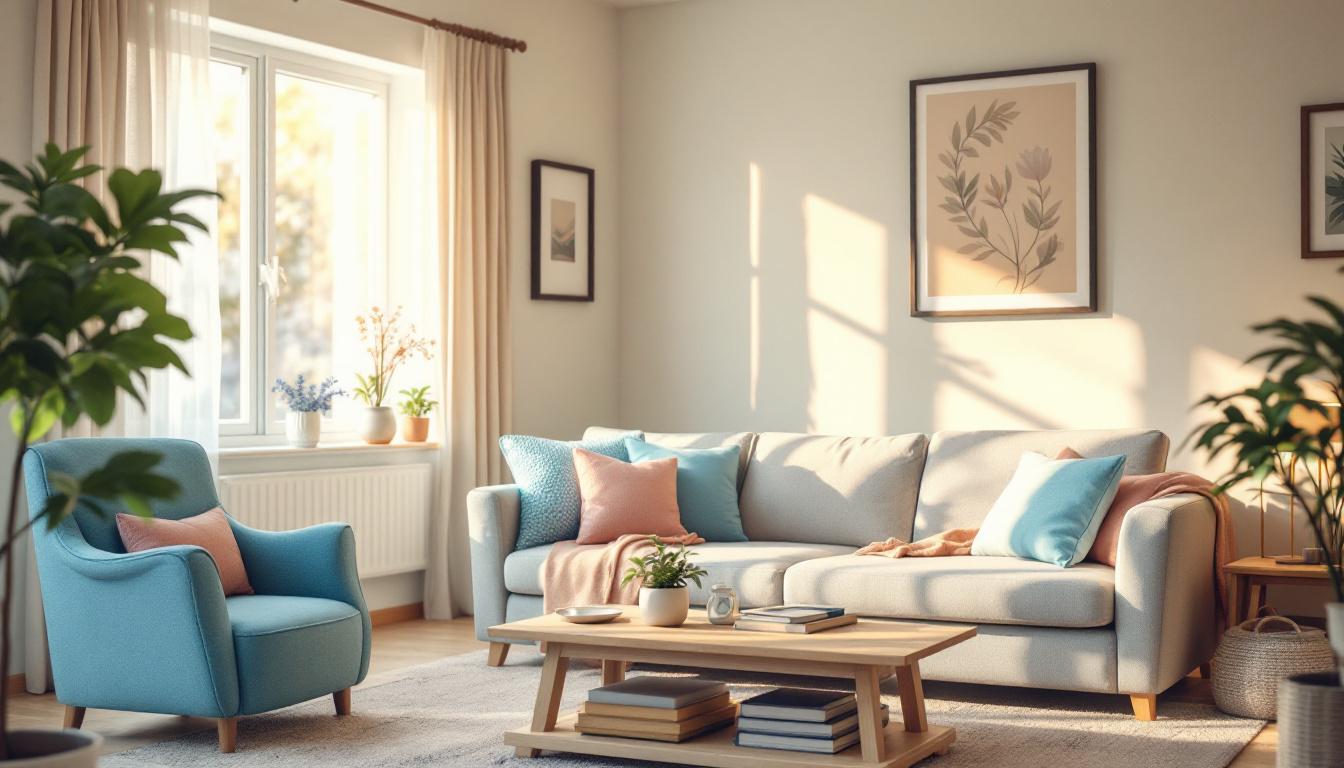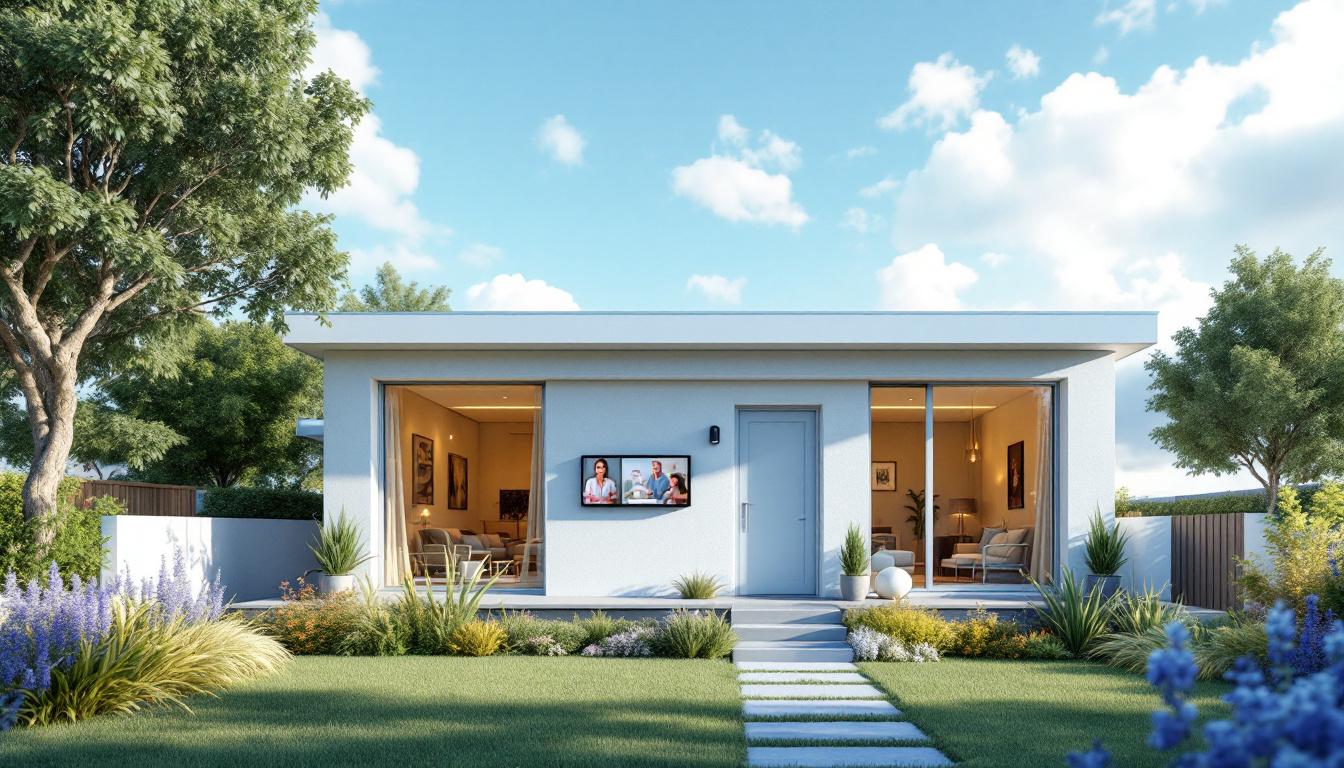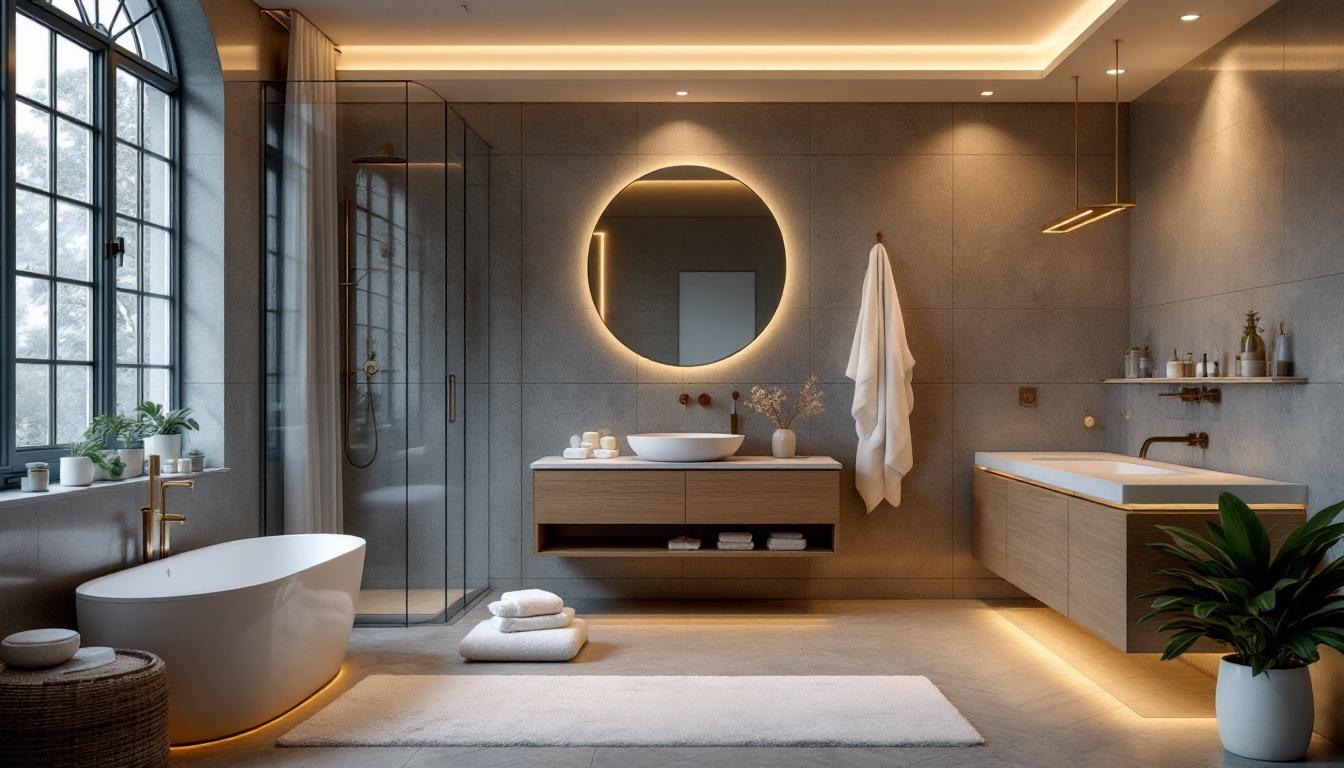The Importance of Creating a Safe Home Environment for Seniors
Ensuring Safety and Comfort for Our Senior Loved Ones
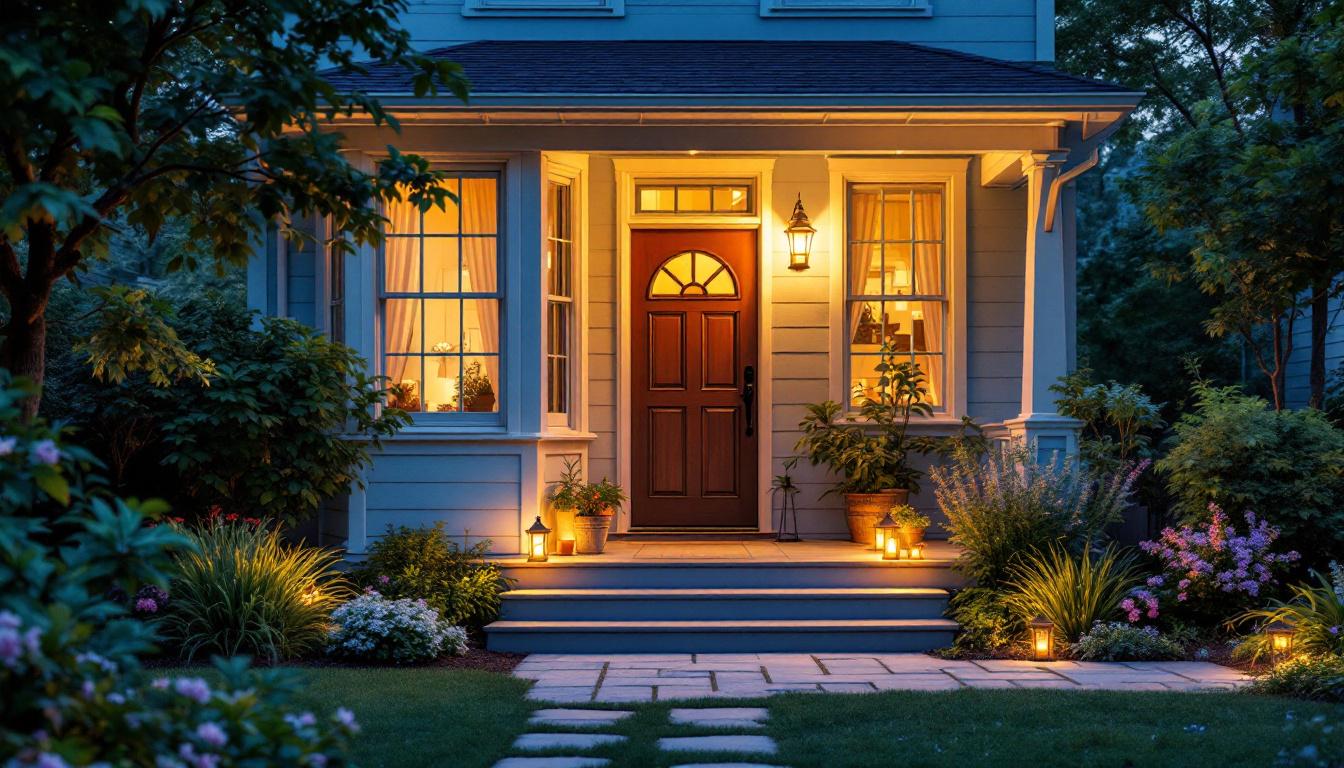
The Necessity of a Safe Living Space for Seniors
As the global population ages, the importance of creating a secure and accessible home environment for seniors becomes increasingly vital. A well-designed living space not only promotes independence but also significantly reduces the risk of accidents, injuries, and health emergencies. This article explores best practices, safety measures, and innovative technologies that help seniors age in place comfortably and confidently while maintaining their independence.
Implementing Structural Home Modifications for Accessibility and Fall Prevention
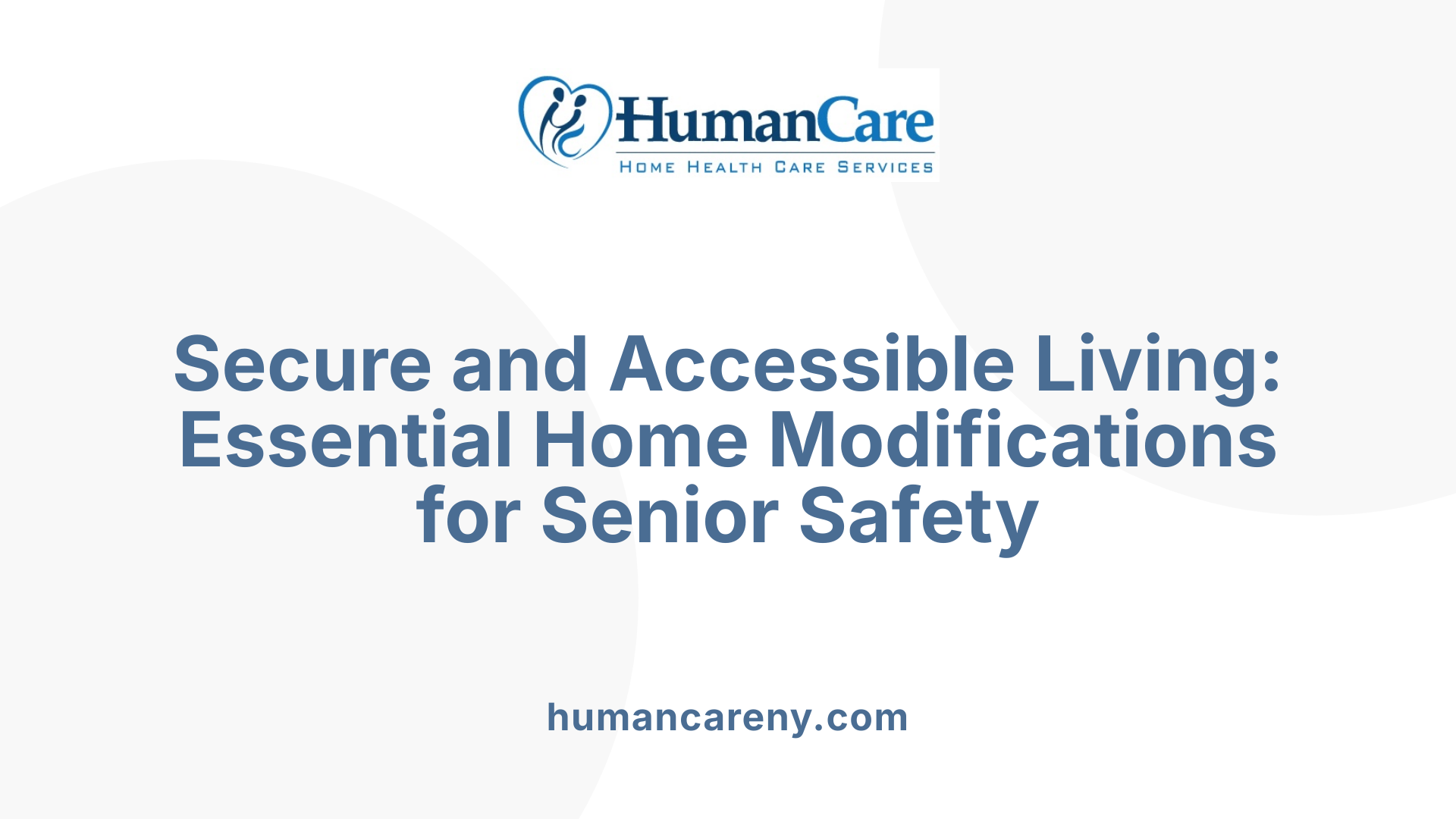
How can we create a safe environment for the elderly?
Creating a safe environment for older adults involves thoughtful home modifications aimed at reducing accident risks and supporting independence. Starting with entry points, installing ramps with sturdy handrails makes it easier and safer to access the home, especially for those using mobility aids.
In addition, securing carpets and rugs is essential. Loose mats or poorly fixed carpets can be trip hazards. Use anti-slip backing or double-sided tape to keep them firmly in place.
Good lighting plays a crucial role. Bright, well-placed lights at the top and bottom of stairs, in hallways, and near entryways improve visibility, helping prevent trips and falls.
Bathrooms are high-risk areas, so installing grab bars near toilets and in showers or tubs provides vital support. Non-slip strips or mats in these wet areas further reduce slipping hazards.
Flooring safety is also important. Applying non-slip strips on kitchen and bathroom floors, especially where surfaces are wet, can prevent slips.
Regular safety evaluations of the home help identify and correct hazards before they cause incidents. Using community resources, such as home safety assessments by local agencies, can ensure the environment adapts to changing needs.
By combining these modifications, we create safer, more accessible living spaces that support seniors to live independently with confidence and comfort.
| Safety Feature | Implementation Tips | Purpose |
|---|---|---|
| Ramps and handrails | Install at entry points, sturdy rails | Facilitate safe access, prevent falls |
| Carpet and rug securing | Use anti-slip tape or grippers | Prevent tripping hazards |
| Better lighting | Bright, energy-efficient bulbs | Improve visibility, reduce trips |
| Grab bars in bathroom | Near toilets, in showers/tubs | Offer stability, prevent falls |
| Non-slip strips/mats | Apply in wet areas | Decrease slipping risks |
Creating a home environment that is accessible, well-lit, and free from hazards is vital. These small but impactful modifications can make a big difference in preventing falls and injuries among seniors, helping them maintain independence and confidence in their daily lives.
The Critical Role of Safety Assessments and Assistive Technologies
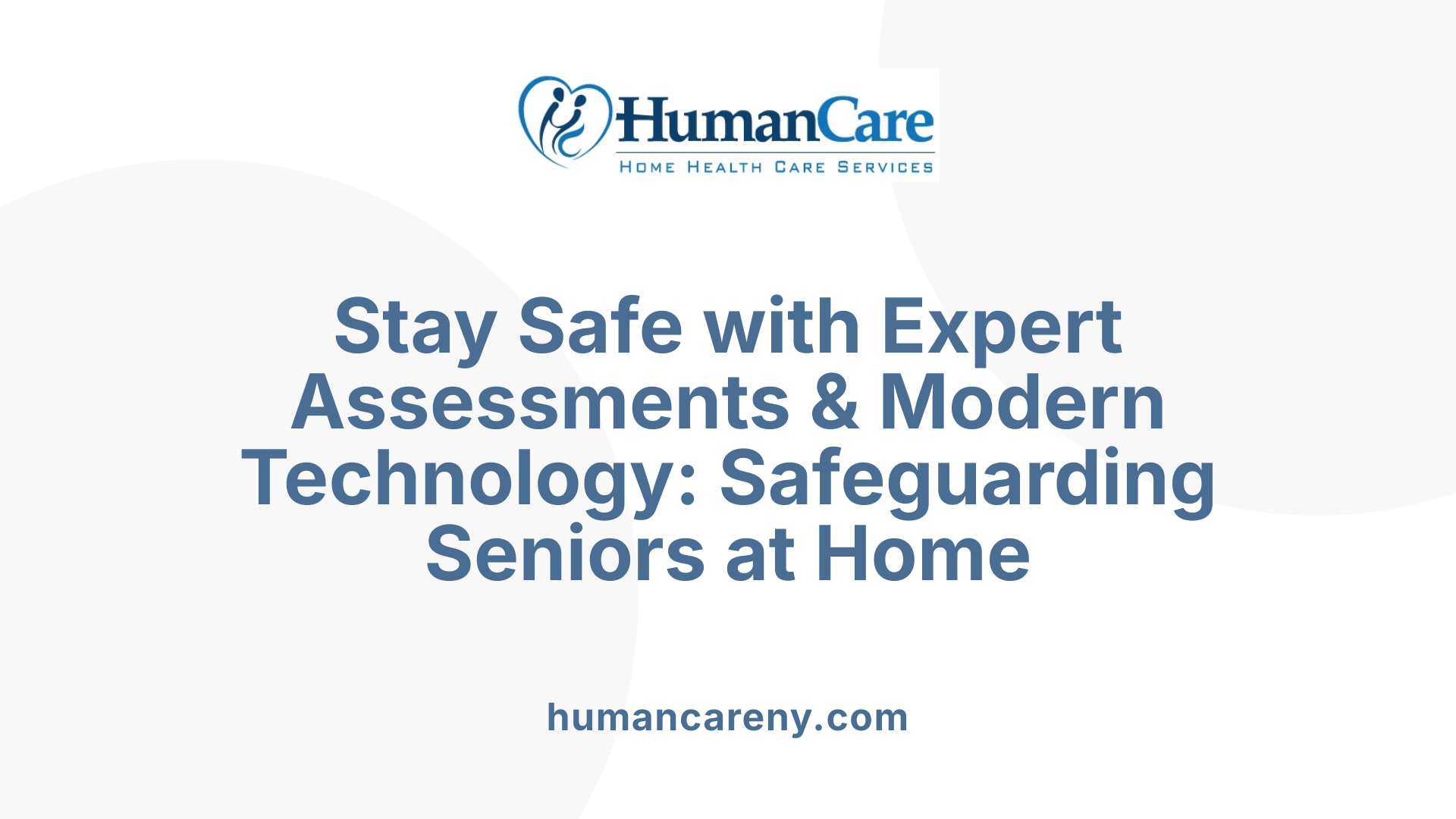
How do safety assessments and technologies ensure senior safety at home?
Regular home safety assessments conducted by professionals are essential to identify potential hazards that could lead to falls or injuries. These experts evaluate various aspects of the home environment, such as lighting, flooring, stairways, and bathroom safety features like grab bars and non-slip mats. Based on these evaluations, they recommend modifications such as installing handrails, widening doorways for wheelchair access, or improving illumination to reduce trip hazards.
Assistive technologies complement these modifications by providing additional safety layers. Emergency response systems like medical alert devices enable seniors to call for help immediately during an emergency. Wearable health monitors can track vital signs and detect falls, alerting caregivers or emergency services automatically.
Smart home automation tools, including motion sensors, automated lighting, and voice-controlled devices, support independence while enhancing safety. For example, motion-activated lights reduce the risk of trips at night, and smart locks can be secured remotely to prevent wandering. Remote monitoring and telehealth services further improve safety by allowing healthcare providers and family members to oversee health status and home conditions from afar.
Together, comprehensive safety assessments and innovative technologies ensure a safer home environment, help prevent accidents, and promote confident aging in place. These solutions enable seniors to live independently while maintaining security and quick access to assistance when needed.
| Assessment Type | Technology Used | Purpose | Additional Benefits |
|---|---|---|---|
| Safety evaluation by professionals | Home safety checklists, hazard identification | Detect hazards and recommend modifications | Tailored safety plans, preventative measures |
| Safety devices and modifications | Grab bars, non-slip mats, stair rails | Reduce fall risks in high-accident areas | Increased confidence, safety, independence |
| Emergency response systems | Medical alert alarms, fall detectors | Enable quick help during emergencies | Rapid assistance, peace of mind |
| Wearable health monitors | Heart rate sensors, fall detection | Continuous health monitoring | Early intervention, health management |
| Smart home automation | Motion sensors, voice assistants | Support daily activities and safety | Convenience, reduced hazards |
| Remote monitoring & telehealth | Video cameras, remote sensors | Keep track of health and safety remotely | Ongoing oversight, peace of mind |
Understanding and integrating these tools and assessments help create a safer, supportive environment for seniors, ensuring they can live comfortably and securely at home.
Supporting Aging in Place through Practical Home Support and Community Resources
How can the home environment be adapted to support aging in place and maintain independence?
Adapting the home environment is essential for seniors wishing to stay in their own homes longer. Small but impactful modifications, such as installing grab bars in bathrooms, placing non-slip mats, and ensuring good lighting, can prevent falls and injuries. Widening doorways and adding ramps instead of stairs help those with mobility aids like wheelchairs or walkers navigate comfortably.
Home-based support plays a crucial role as well. This can include healthcare, personal care, and household chores, all tailored to the individual’s needs. Professionally provided services or live-in caregivers can assist with daily tasks, medication management, and companionship, promoting safety and independence.
Regular physical activity further supports mobility and health. Exercises like walking, yoga, Tai Chi, or strength training enhance balance and resilience, reducing fall risks.
Conducting thorough care needs assessments helps identify exactly what modifications and supports are necessary. Creating a dedicated, private space for live-in carers ensures safety and comfort for both the caregiver and senior.
Overall, a combination of home modifications, support services, and healthy habits creates a safer, more accessible environment that encourages aging in place and preserves personal independence.
Understanding the Risks: Fall Prevention and Fire Safety for Seniors
Falls are a major health concern for seniors, with statistics showing it as the leading cause of injury among those aged 65 and older. Every year, approximately one in three seniors experiences a fall, and it results in emergency room visits roughly every 11 seconds. Tragically, falls also cause an elderly person to die every 19 seconds, highlighting the importance of safety measures at home.
To help prevent falls, simple home modifications can make a significant difference. Installing grab bars near toilets and in showers, securing all loose rugs, and adding non-slip mats in bathrooms and kitchens are effective strategies. Ensuring proper lighting throughout the house—especially at stairways, hallways, and entrances—helps seniors see hazards clearly. Wide, clutter-free pathways and handrails on both sides of staircases provide additional support.
Fire safety is equally critical, as older adults are over twice as likely to die in fires compared to other populations. Annually, over 1,000 seniors die in home fires. To reduce this risk, installing smoke and carbon monoxide detectors, testing alarms monthly, and replacing them every 10 years are essential steps. Having a fire extinguisher accessible and a fire escape plan tailored for seniors can save lives.
Apart from physical hazards, medication errors and poisoning also threaten seniors’ safety. With cognitive decline or medication mismanagement, accidental poisoning becomes a concern. Using pill organizers, disposing of outdated medicines, and storing medicines in their original containers reduce these risks.
A comprehensive safety approach involves regular safety assessments, smart home devices like emergency alert systems, and staying alert to changing needs. These measures not only preserve independence but also enhance quality of life for seniors living at home.
Managing Medications and Emergency Preparedness
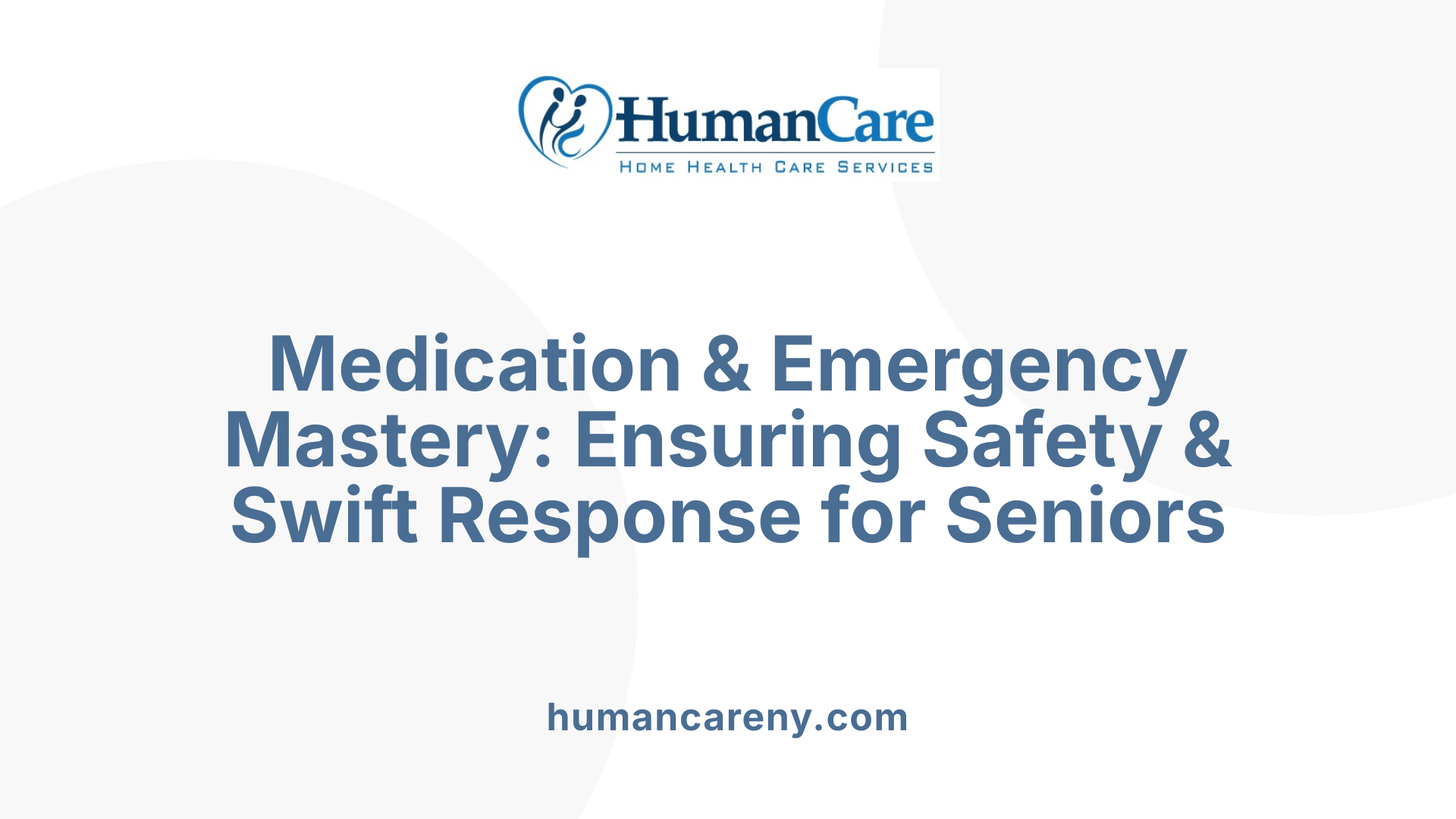 Proper management of medications is crucial for seniors to prevent mishaps such as incorrect dosages or drug interactions. Using pill organizers, setting medication reminders, and scheduling regular reviews with healthcare providers help keep medication routines safe and effective.
Proper management of medications is crucial for seniors to prevent mishaps such as incorrect dosages or drug interactions. Using pill organizers, setting medication reminders, and scheduling regular reviews with healthcare providers help keep medication routines safe and effective.
Maintaining a well-stocked emergency kit and an accessible communication plan is essential for preparedness. Emergency kits should include water, a list of medications, medical device details, important contact information, and basic supplies. Having these ready ensures quick access to necessary items during disasters or health crises.
Home safety extends beyond preparedness; it involves integrating technology and safety assessments. Safety evaluations help identify hazards like poor lighting, loose rugs, or clutter, which are then fixed to reduce fall risks.
Technologies such as medical alert systems, emergency contact materials posted inside the home, and disaster preparedness tools can greatly support senior independence. Wearable devices that detect falls or monitor health enable quick responses to emergencies, providing peace of mind for both seniors and their families.
Overall, combining careful medication management, prepared emergency supplies, and smart safety technologies creates a secure environment. These measures empower seniors to live independently while minimizing risks and ensuring prompt support when needed.
Enhancing Emotional and Social Well-Being through Safe Environment Practices
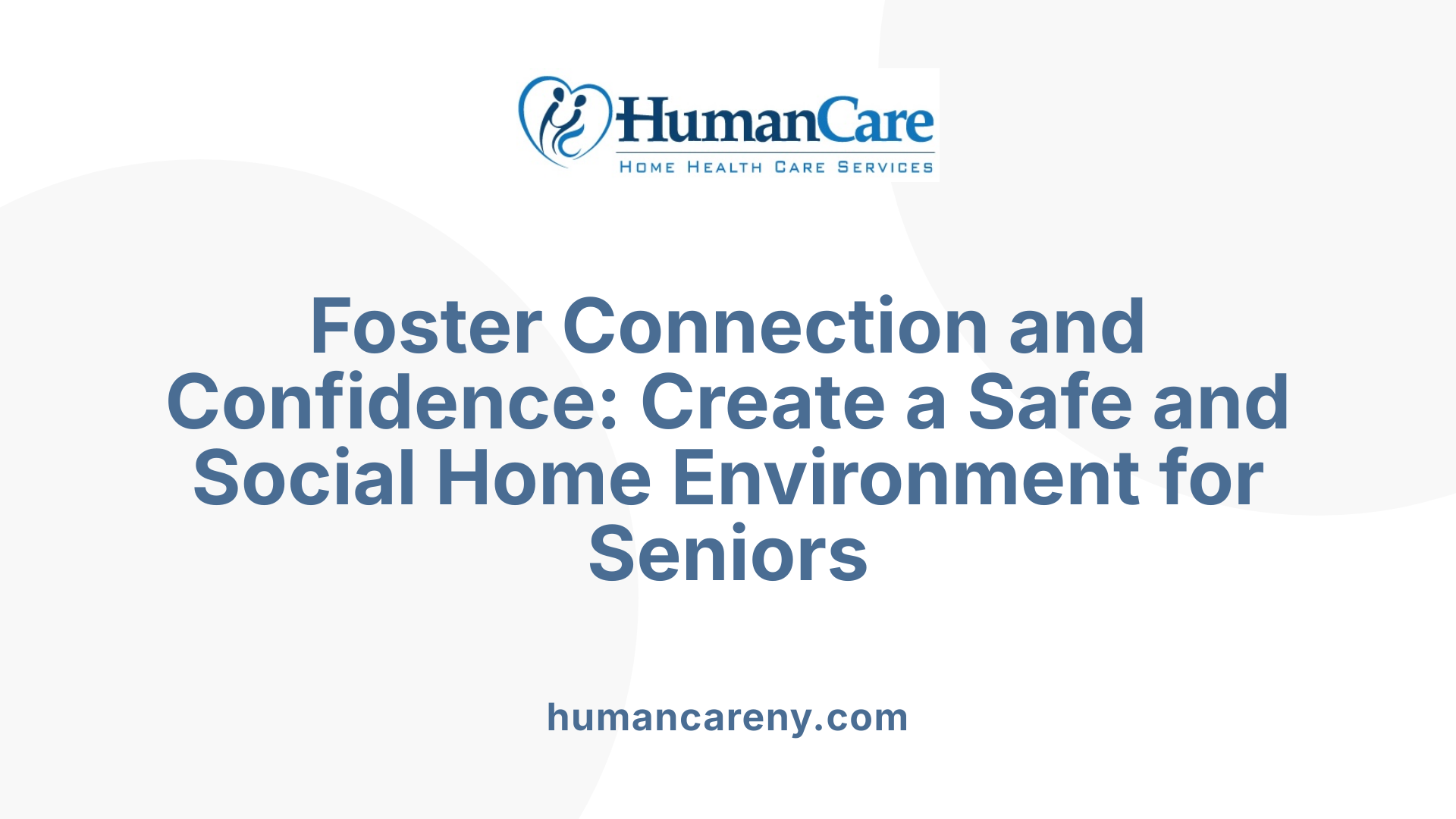 Creating a safe home environment for seniors is fundamental not only for their physical safety but also for their emotional and social health. When a home is well-structured with features like good lighting, grab bars, and removal of trip hazards, seniors can move freely and confidently, reducing fears of falling or injury. This sense of security encourages them to engage more actively in daily routines and social interactions.
Creating a safe home environment for seniors is fundamental not only for their physical safety but also for their emotional and social health. When a home is well-structured with features like good lighting, grab bars, and removal of trip hazards, seniors can move freely and confidently, reducing fears of falling or injury. This sense of security encourages them to engage more actively in daily routines and social interactions.
Family visits and positive interactions are vital components in combating loneliness and fostering a sense of belonging. Regular social activities, whether in person or virtual, help seniors maintain connections and support mental health. Ensuring the space is comfortable and familiar, with personal touches and accessible design, makes them feel more at ease and willing to participate.
Using technology further enhances social connectivity. Devices like video calling apps, medical alert systems, and voice-activated assistants keep seniors connected to loved ones and caregivers, especially when mobility is limited. These tools not only facilitate communication but also offer reassurance, knowing help is available at the press of a button.
Overall, a thoughtfully designed, safe, and familiar living environment supports not just physical safety but also emotional resilience. It promotes independence, reduces feelings of isolation, and enhances overall well-being, enabling seniors to live comfortably and securely at home.
Creating a Future of Comfort and Safety for Our Seniors
Investing in thoughtful safety measures, modern technology, and ongoing assessments can profoundly enhance the lives of seniors aging in place. Creating a secure, accessible, and supportive home environment is essential for maintaining independence, ensuring safety, and fostering emotional well-being. As communities and families work together to implement these strategies, we can ensure that older adults enjoy a comfortable, safe, and dignified life at home for years to come.
References
- Infographic: Home Safety Tips for Older Adults
- Aging in Place: Growing Older at Home
- Creating a Safe Environment for In-Home Elderly Care
- Safety and Independence of Older Adults - Family Caregivers Online
- How to Create a Safe and Comfortable Environment for Seniors
- Safety in the Home When Caring for Older Adults
- Crafting a Haven: Designing a Safe Home Environment for Seniors
- Elderly Home Care – Making Your Home Safe And Comfortable

